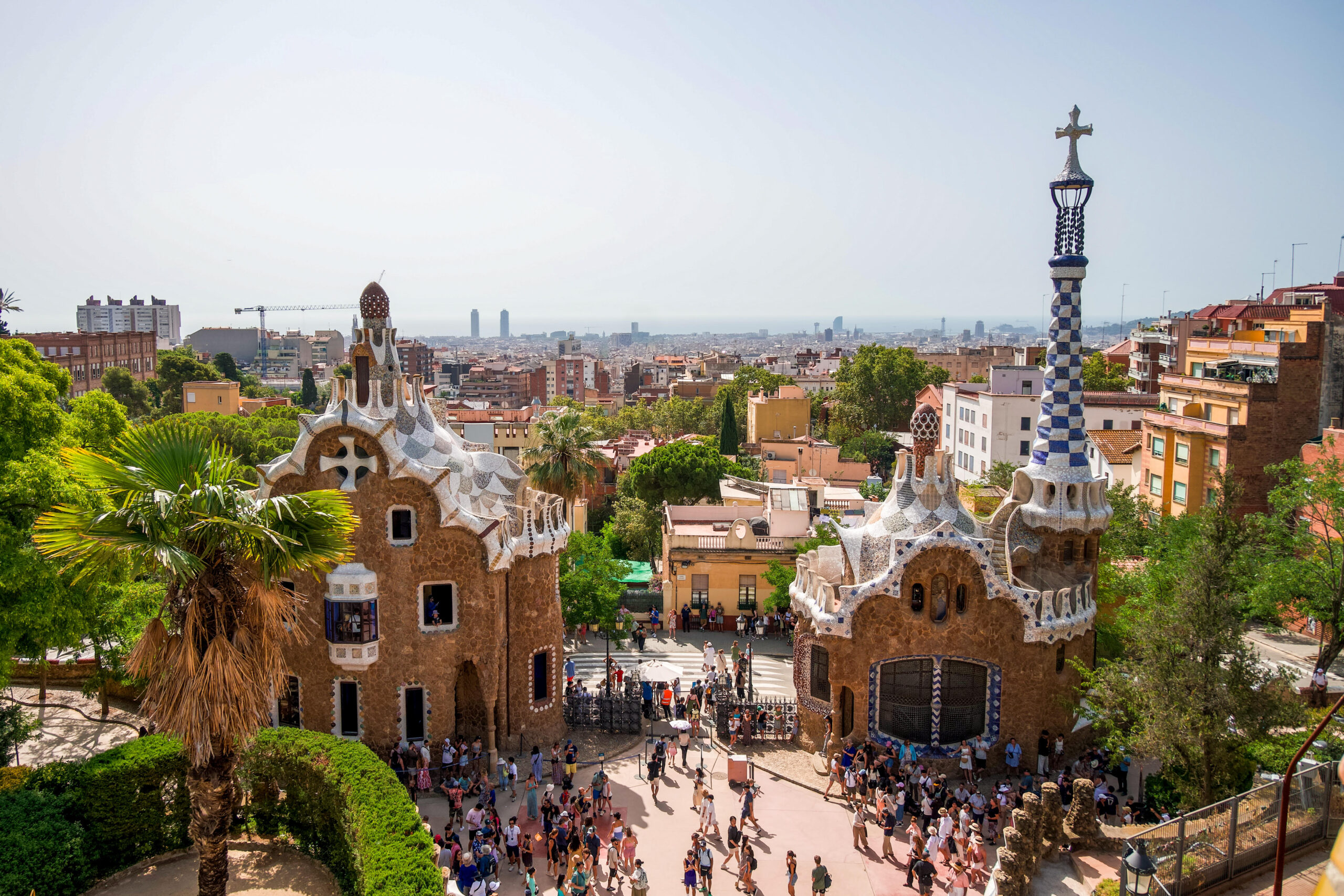
Barcelona, a city where the old world meets the new, offers a mesmerizing blend of history, art, and vibrant culture. Nestled on the northeastern coast of Spain, this Catalonian capital is renowned for its modernist landmarks, sun-kissed beaches, and mouth-watering cuisine. Whether you’re an art enthusiast, a beach lover, or a history buff, Barcelona has something to offer everyone. Join us on a 6-day journey through this stunning city, where we’ll explore its most iconic sights and hidden gems.
Day 1
Parc Güell
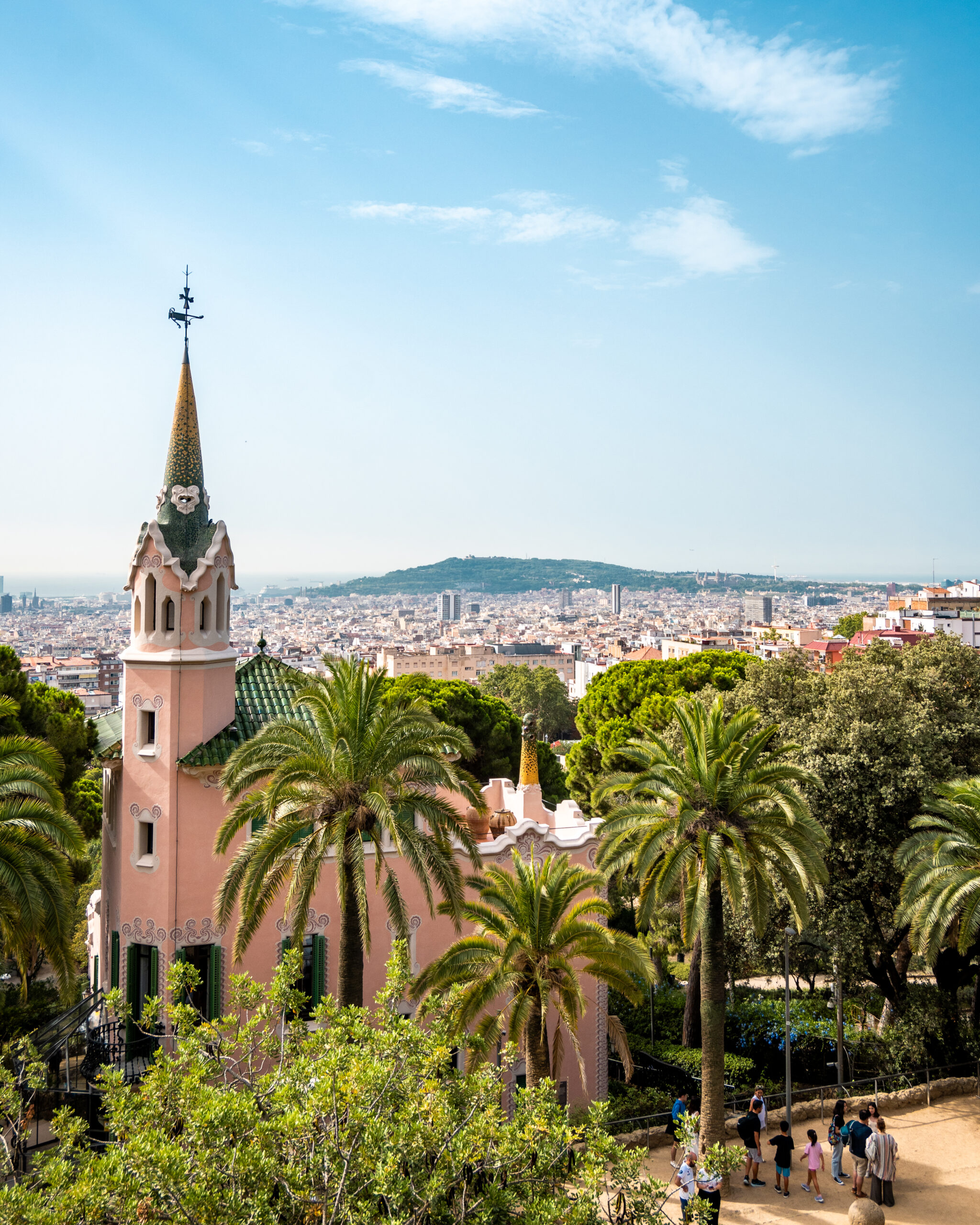
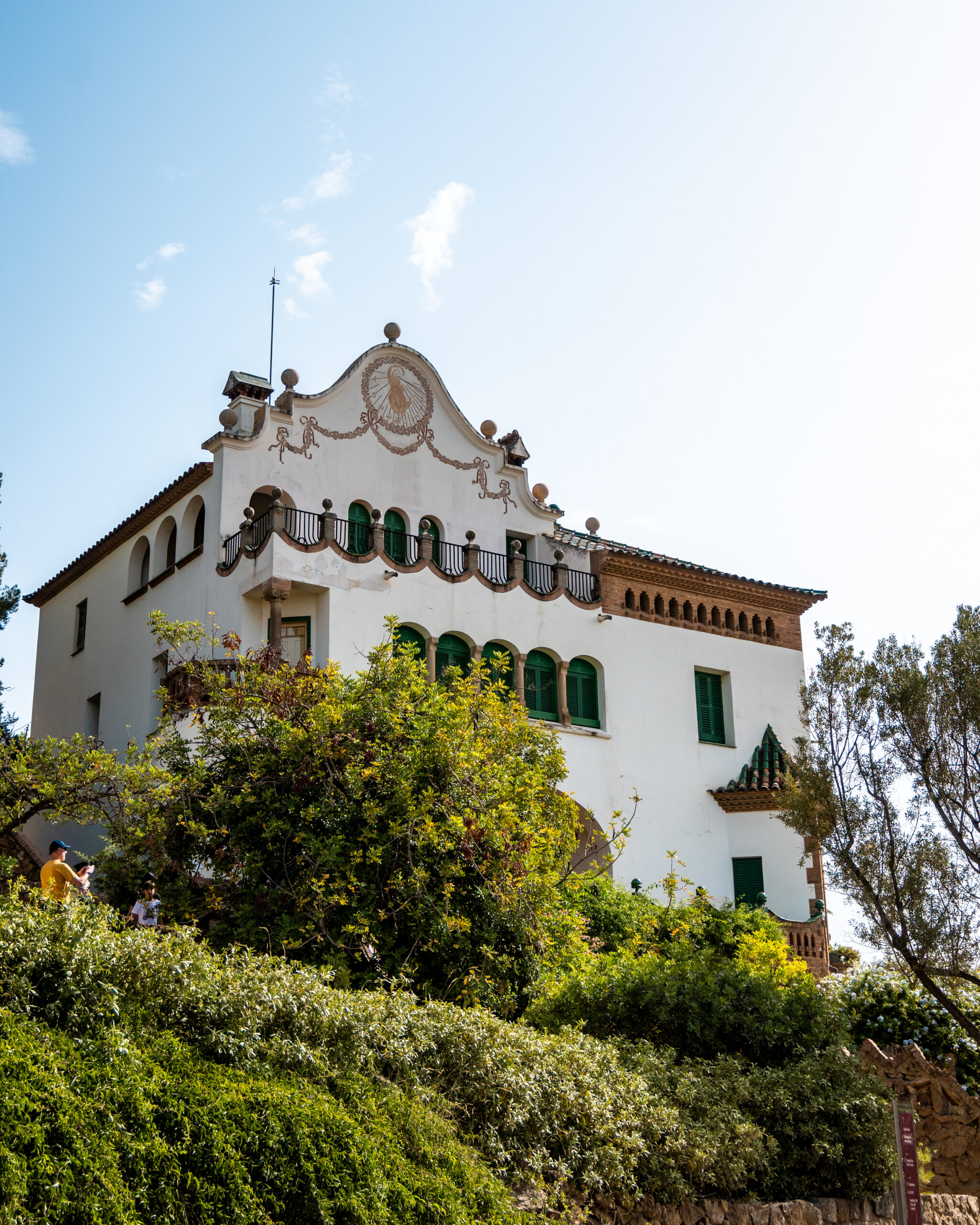
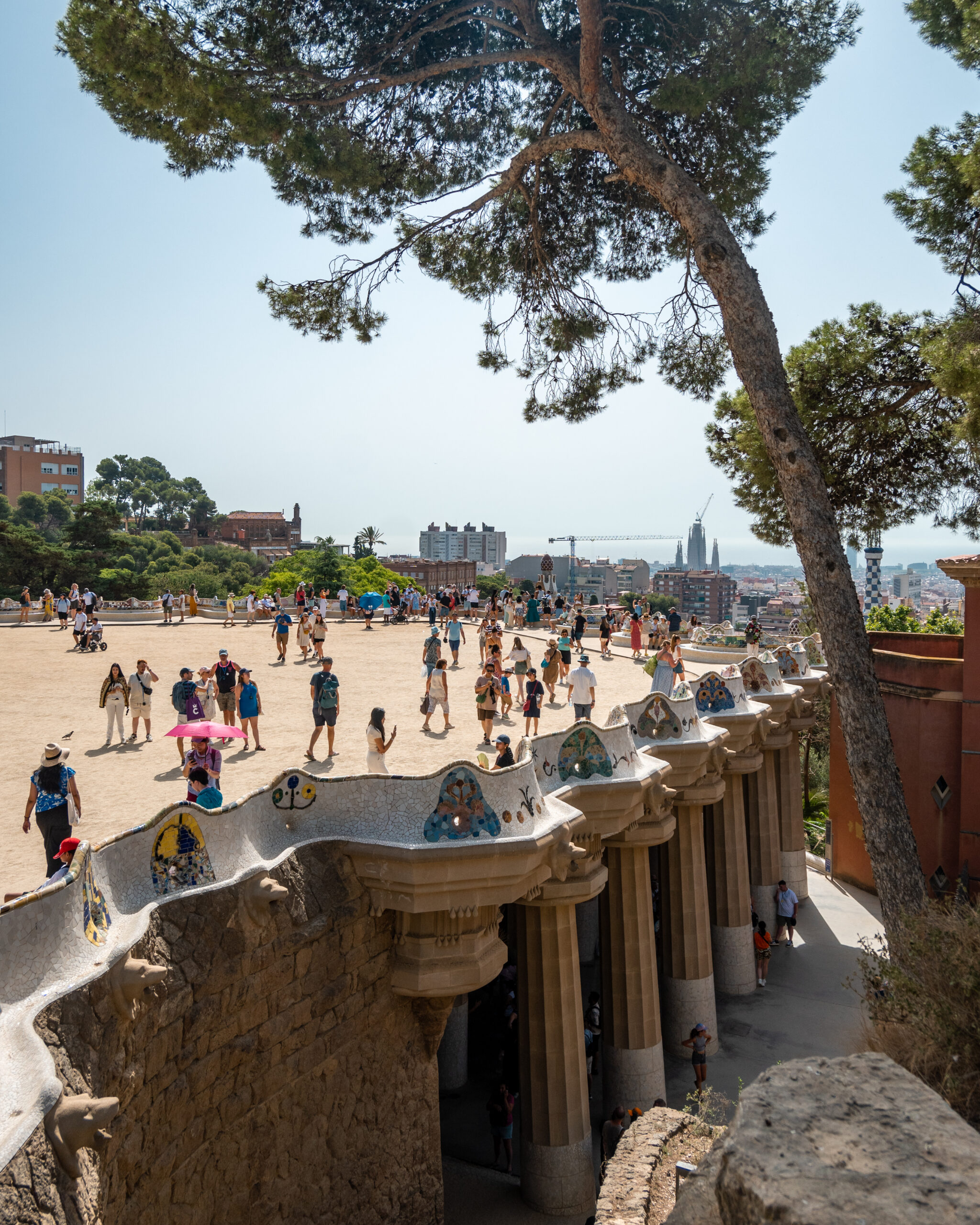
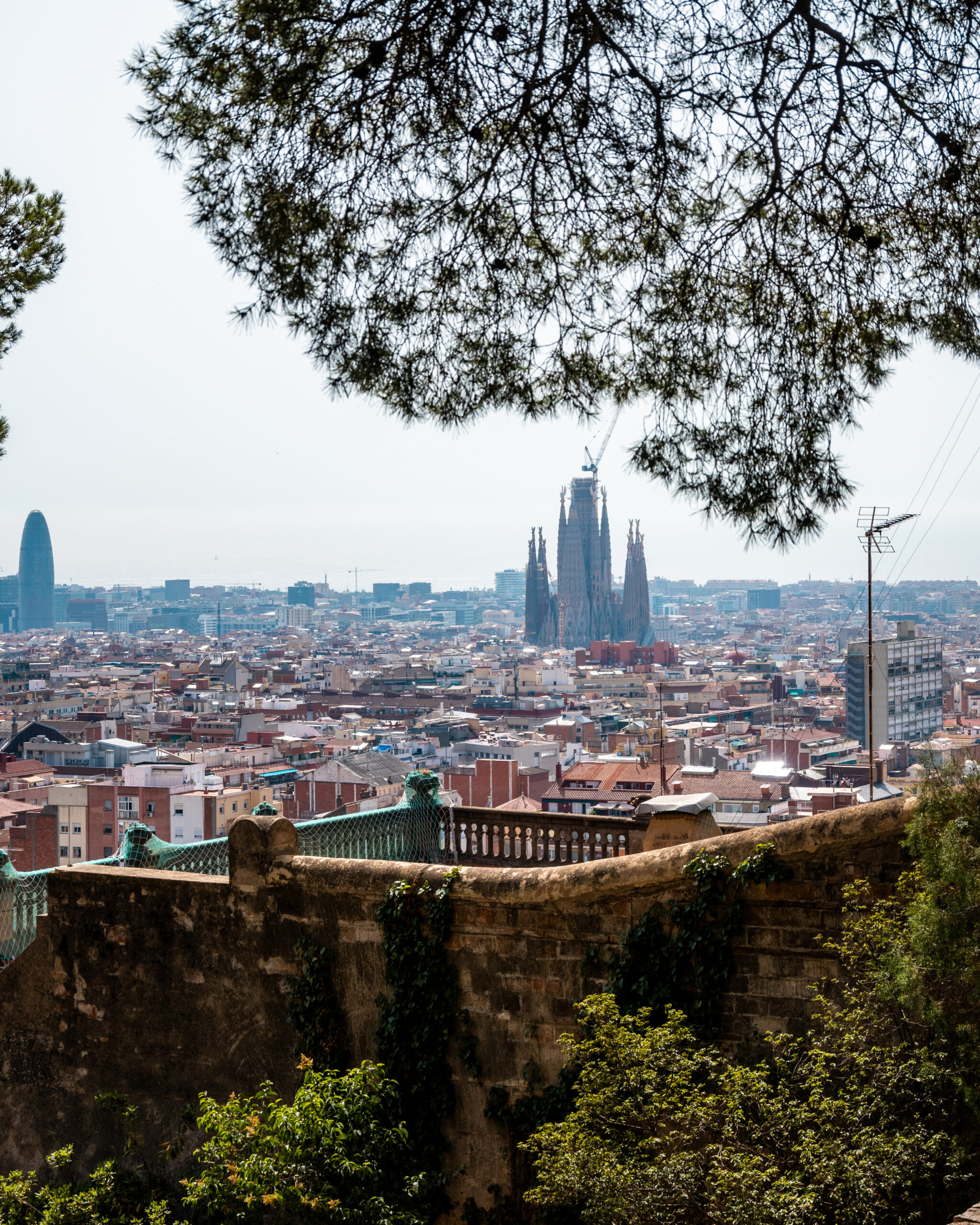
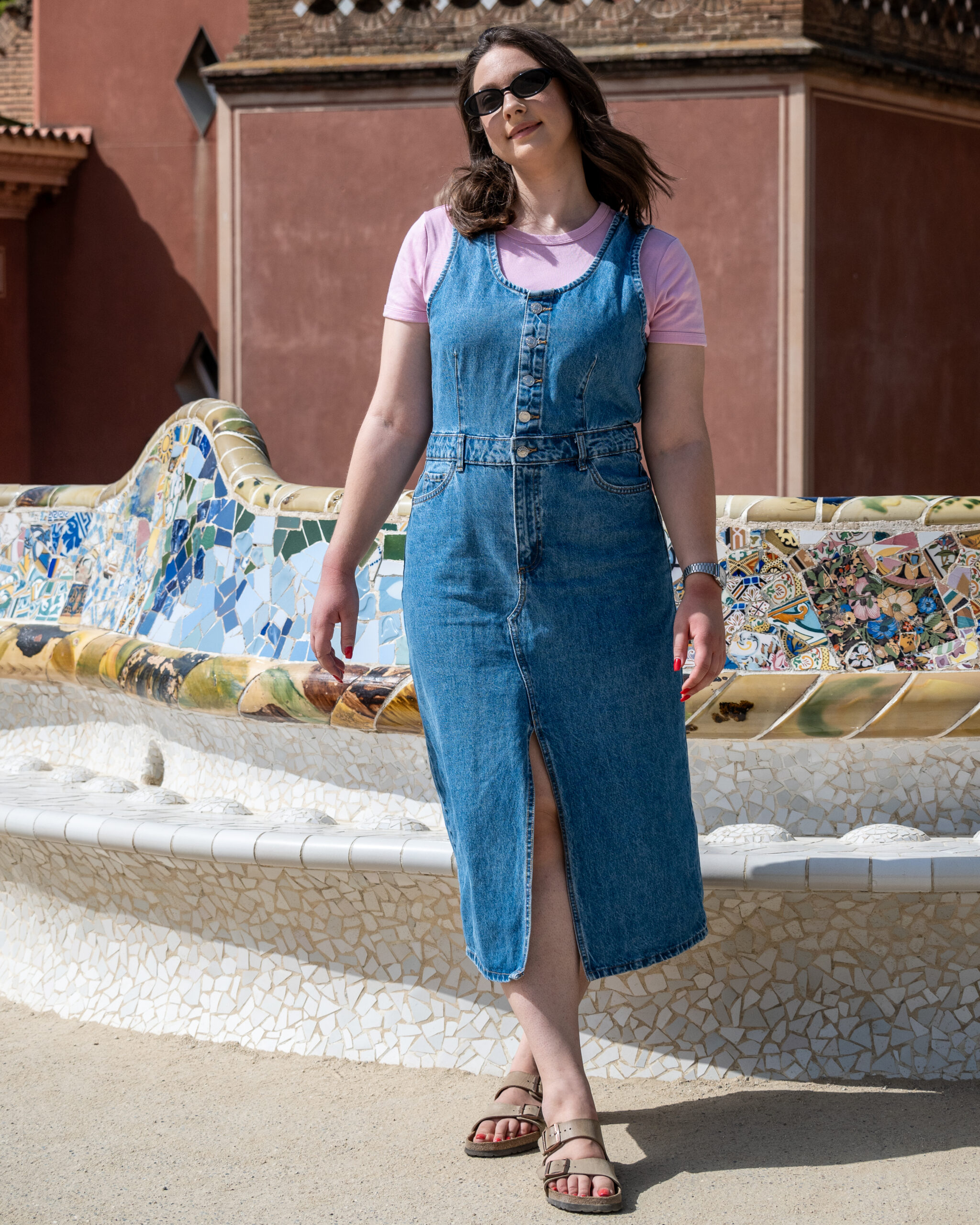
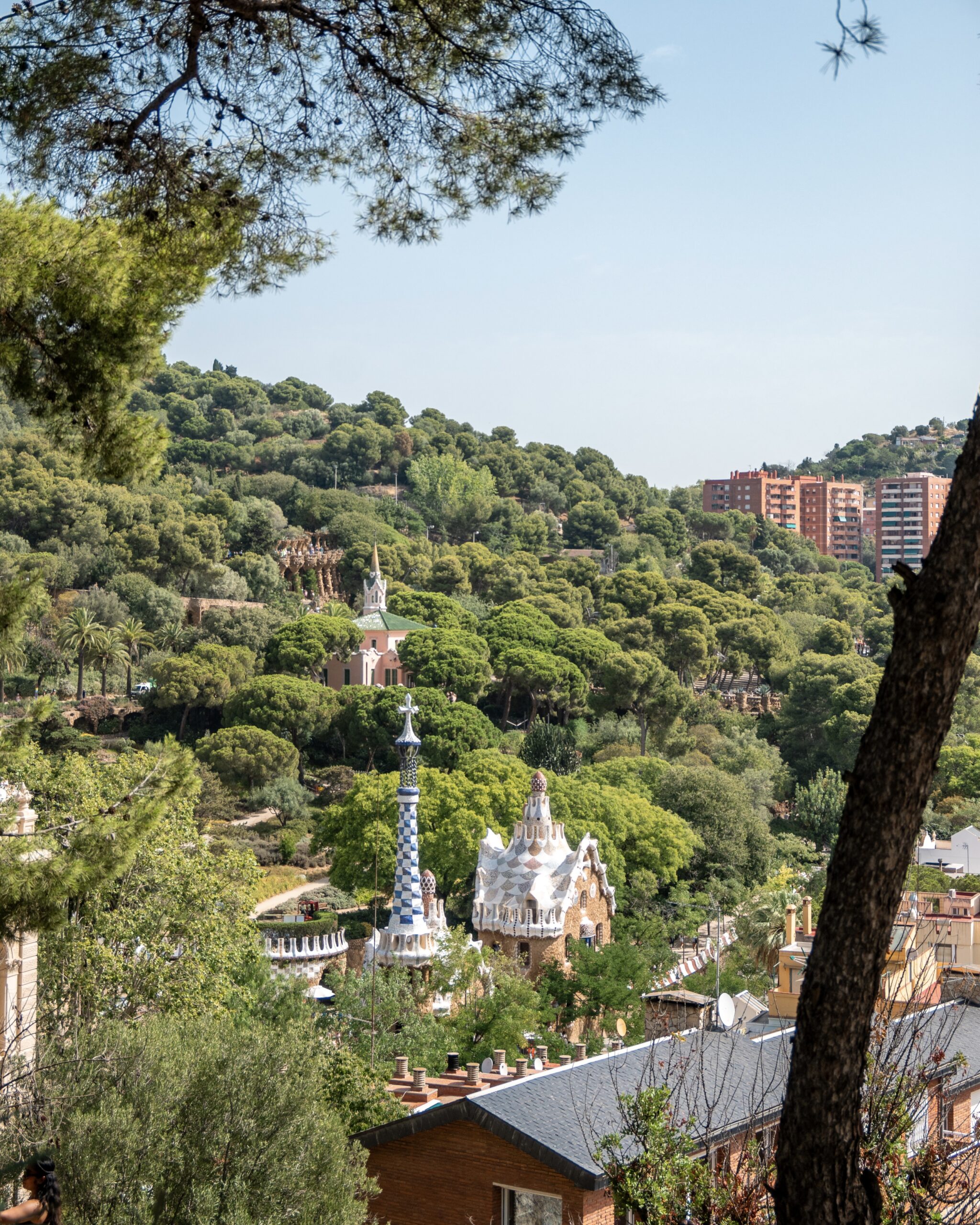
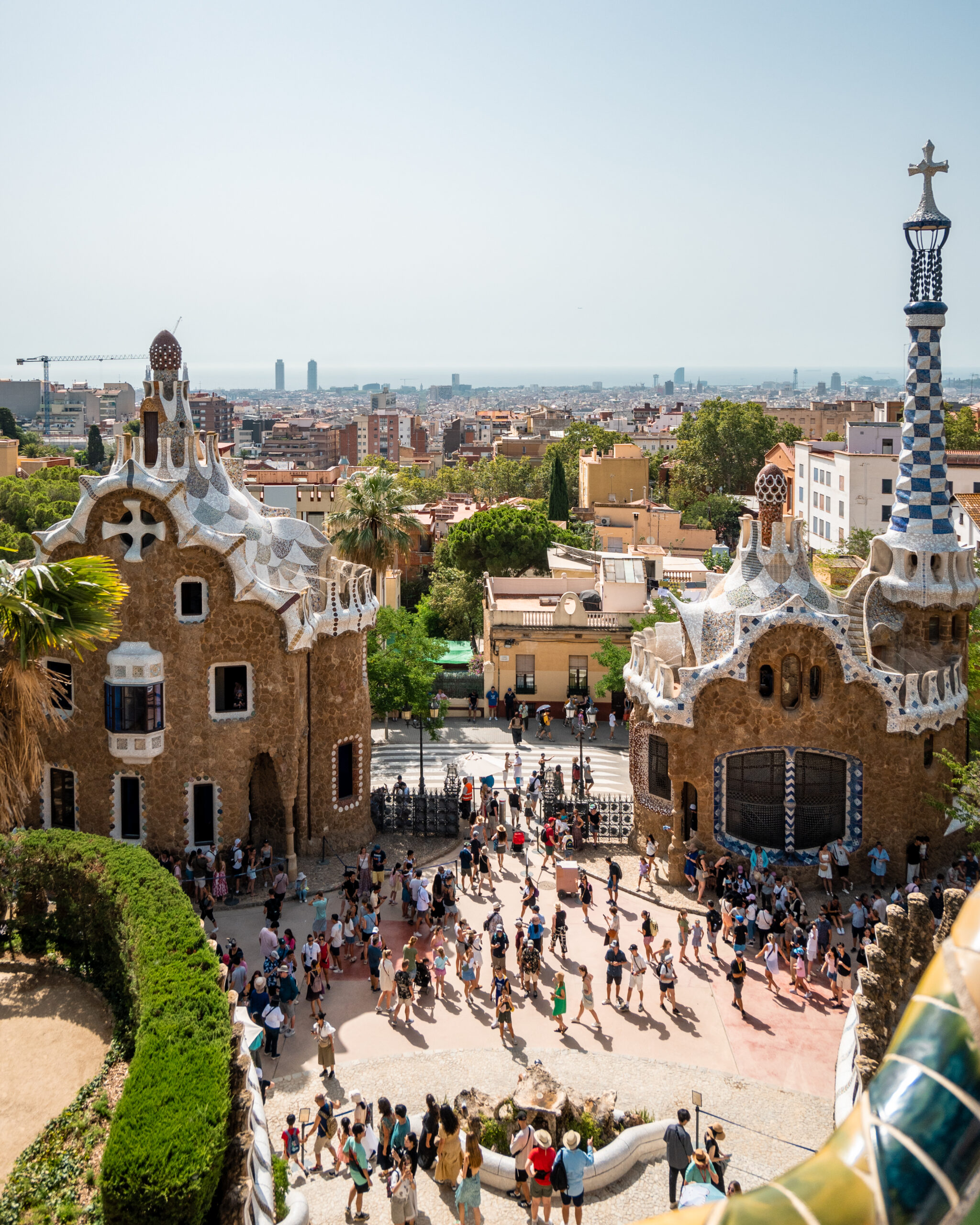
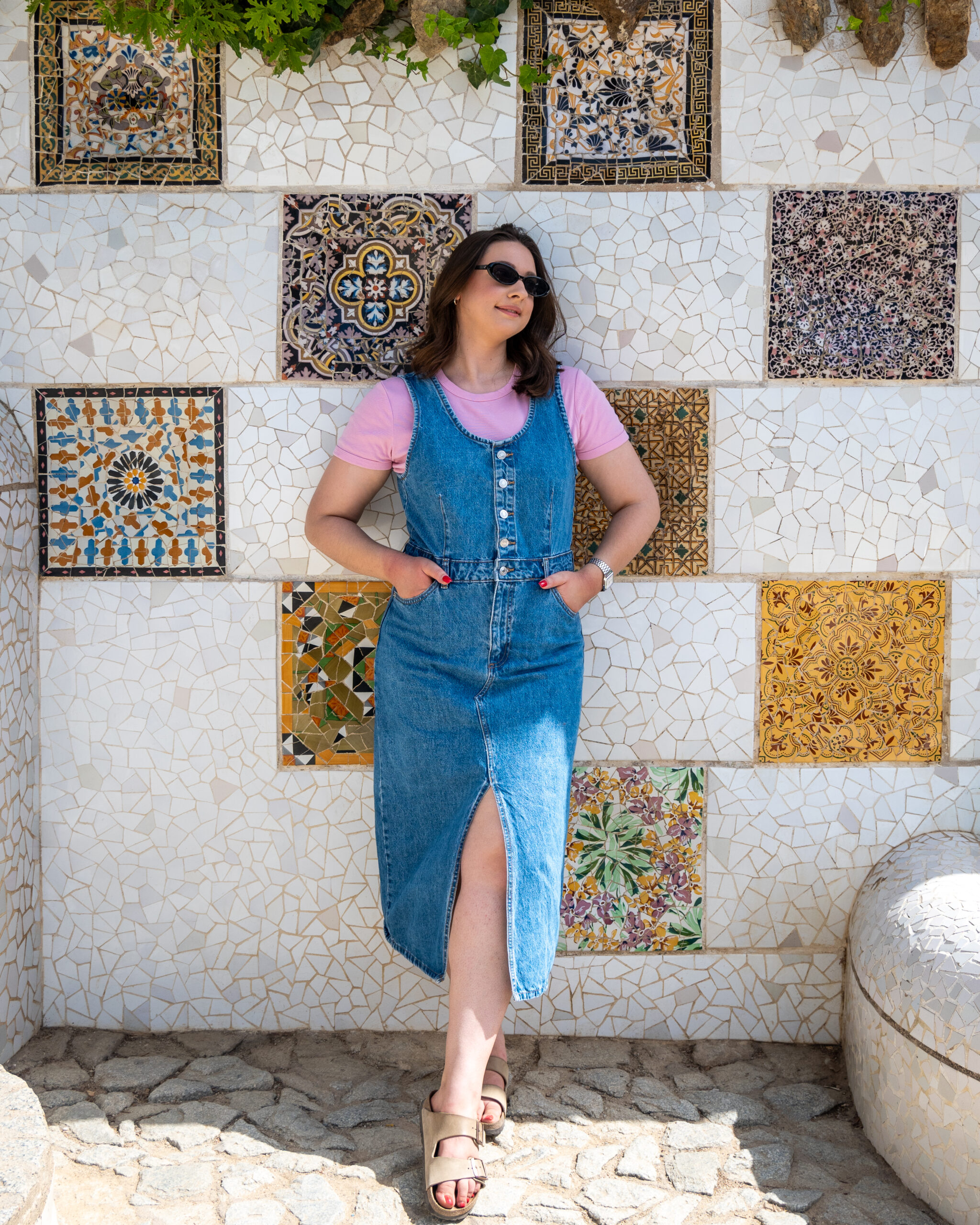
Parc Güell is an enchanting public park designed by the renowned architect Antoni Gaudí. Feel free to wander through its mosaic-covered terraces, serpentine benches, and whimsical structures. Don’t forget to snap a photo with the famous multicolored salamander, “El Drac, and admire the breathtaking view of Barcelona’s center and the famous Sagrada Familia.
We highly recommend pre-booking your Parc Güell tickets online to avoid long queues and ensure entry, as daily visitor numbers are limited. Tickets for general admission cost €10 for adults, and include reduced prices for children, seniors, and residents; for more details and booking, visit Parc Güell’s official website.
Casa Vicens
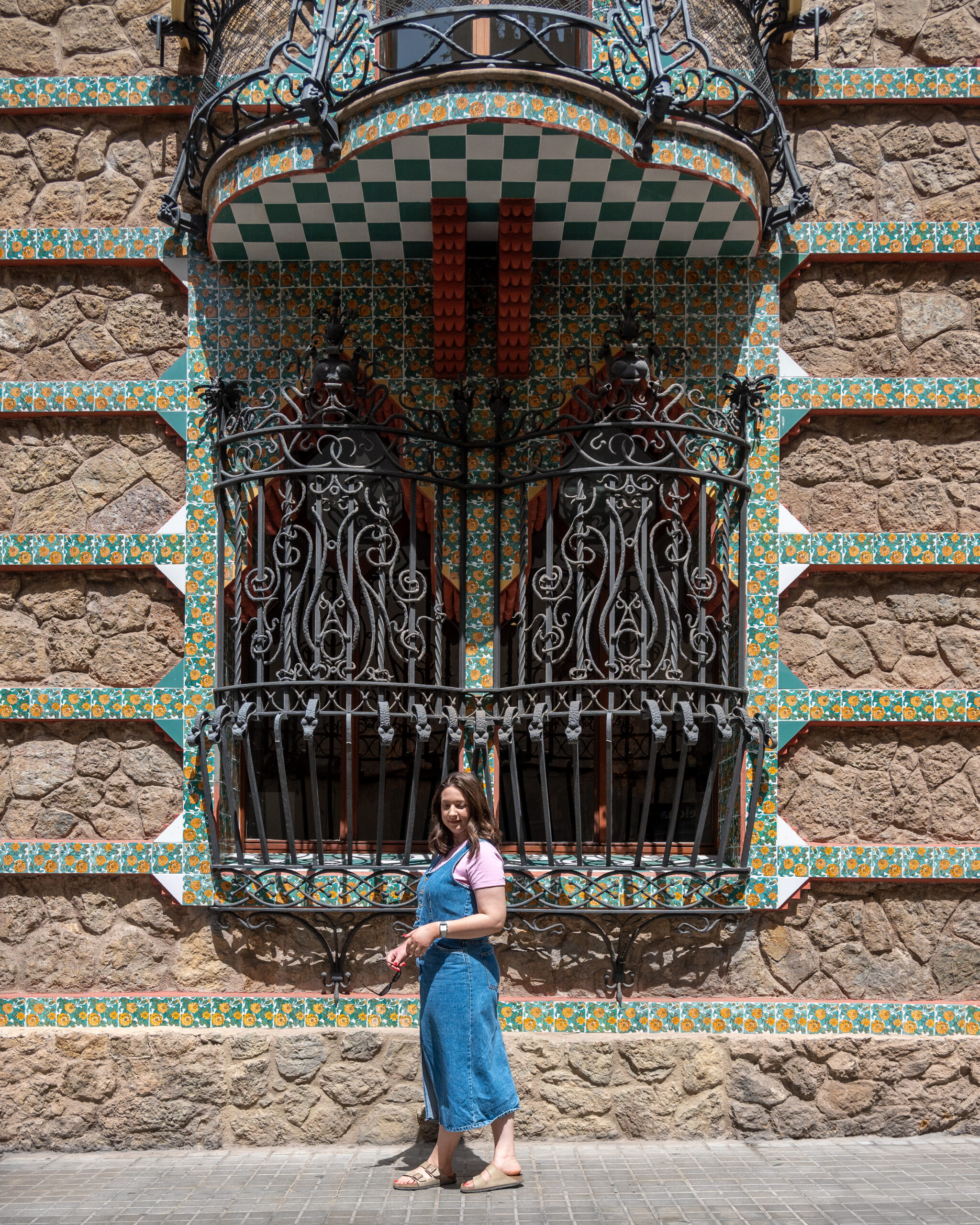
Casa Vicens is Gaudí’s first significant work and a UNESCO World Heritage Site. Marvel at its unique blend of Moorish, Oriental, and neoclassical influences, and explore the interior to understand the roots of Gaudí’s architectural genius.
To guarantee entry and avoid potential wait times, it is advisable to pre-book your tickets for Casa Vicens online, as visitor capacity is limited. General admission tickets are priced at €18, with discounts available for students, seniors, and children; for more information and booking, visit Casa Vicens’ official website.
Plaça de la Vila de Gràcia
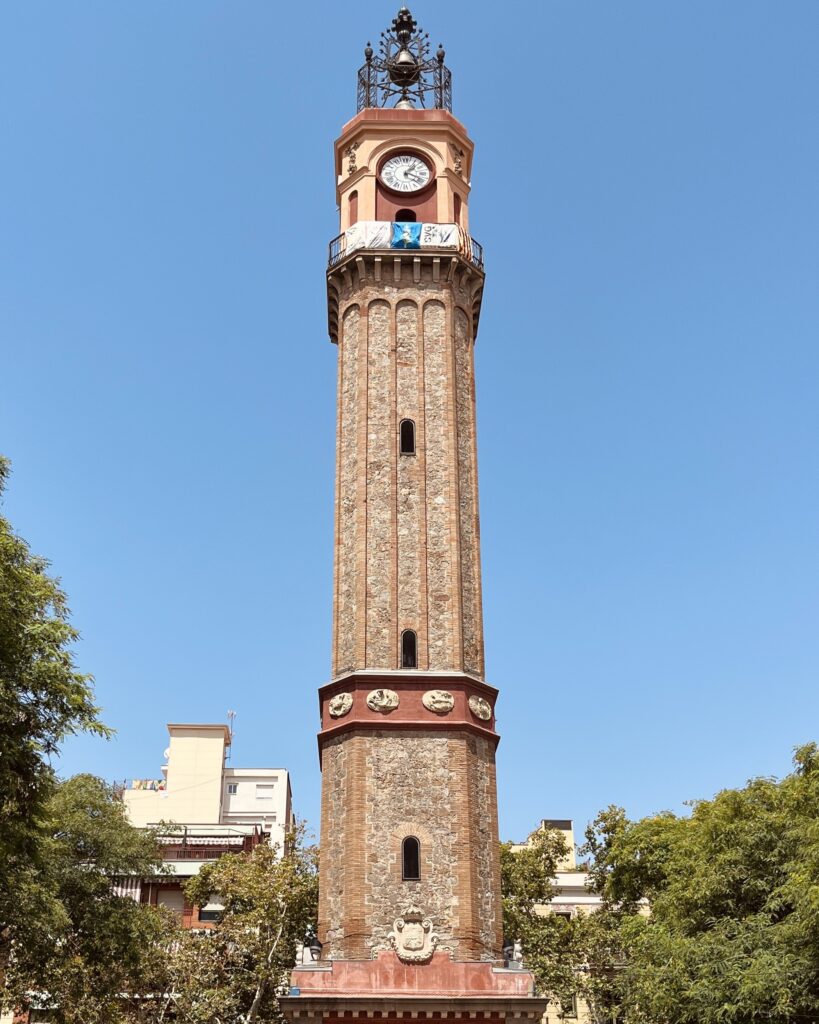
Gràcia neighborhood is the perfect place to relax and have a break from the fast pace of Barcelona. This lively square is perfect for a coffee break while watching locals go about their daily routines.
Casa de les Punxes
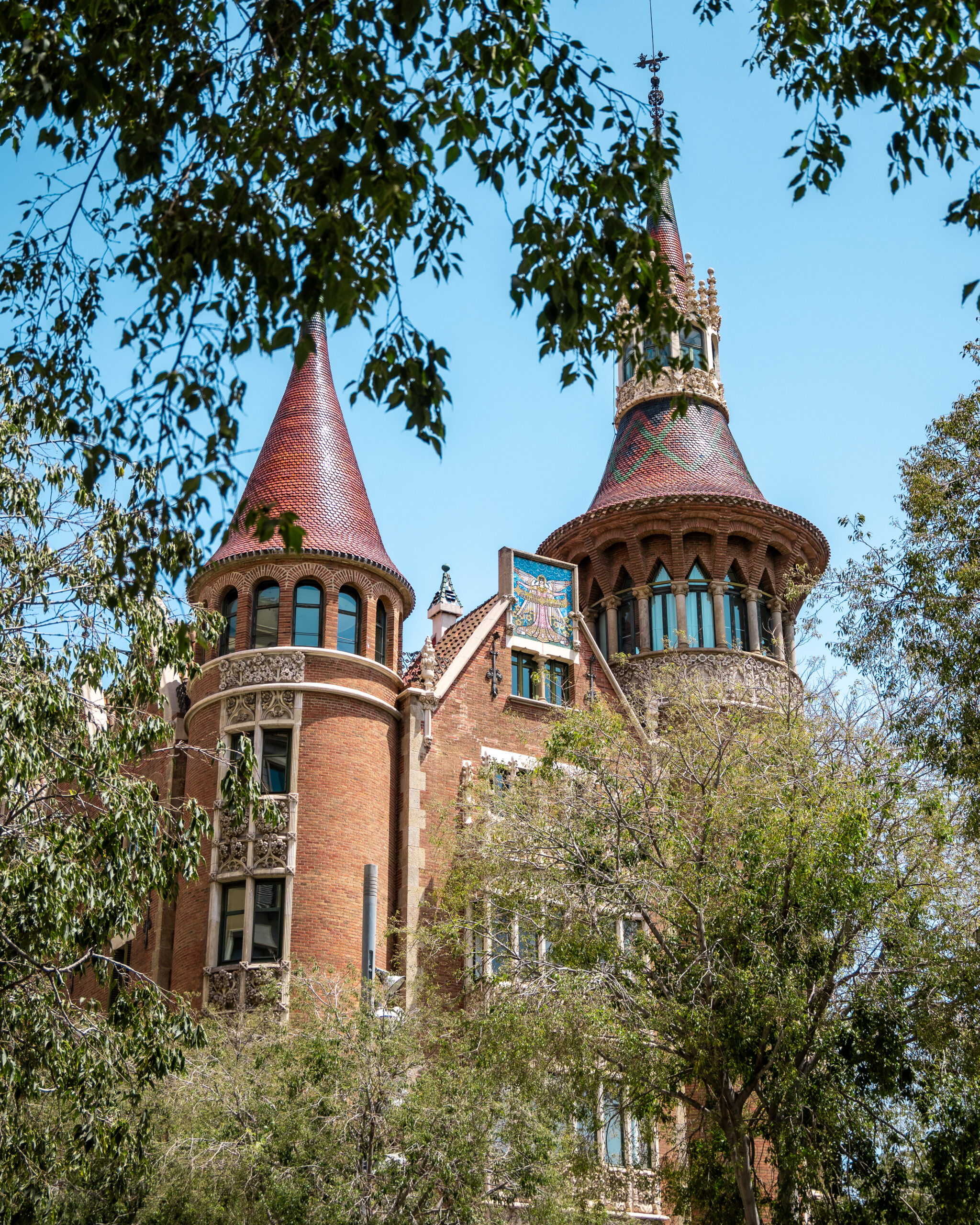
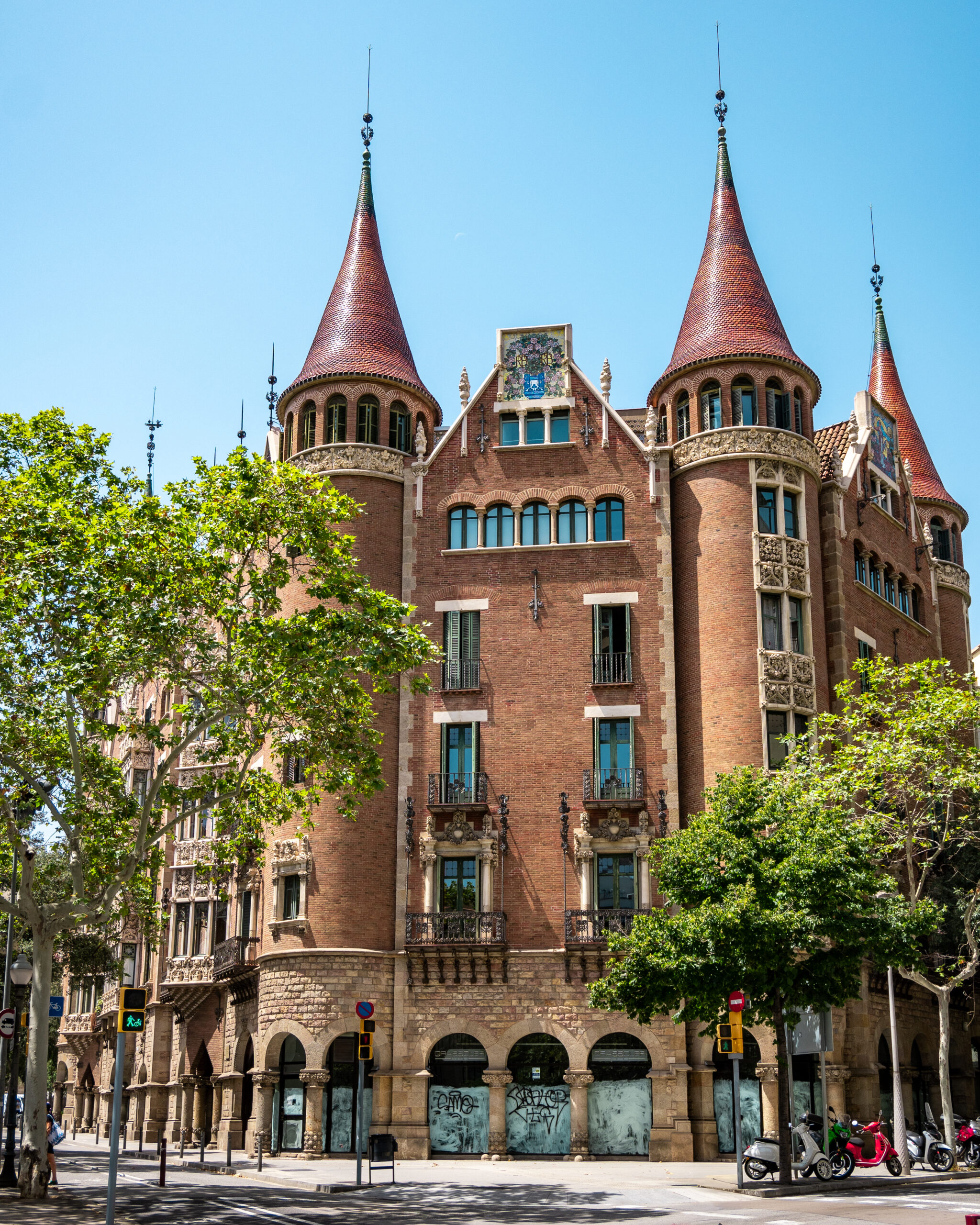
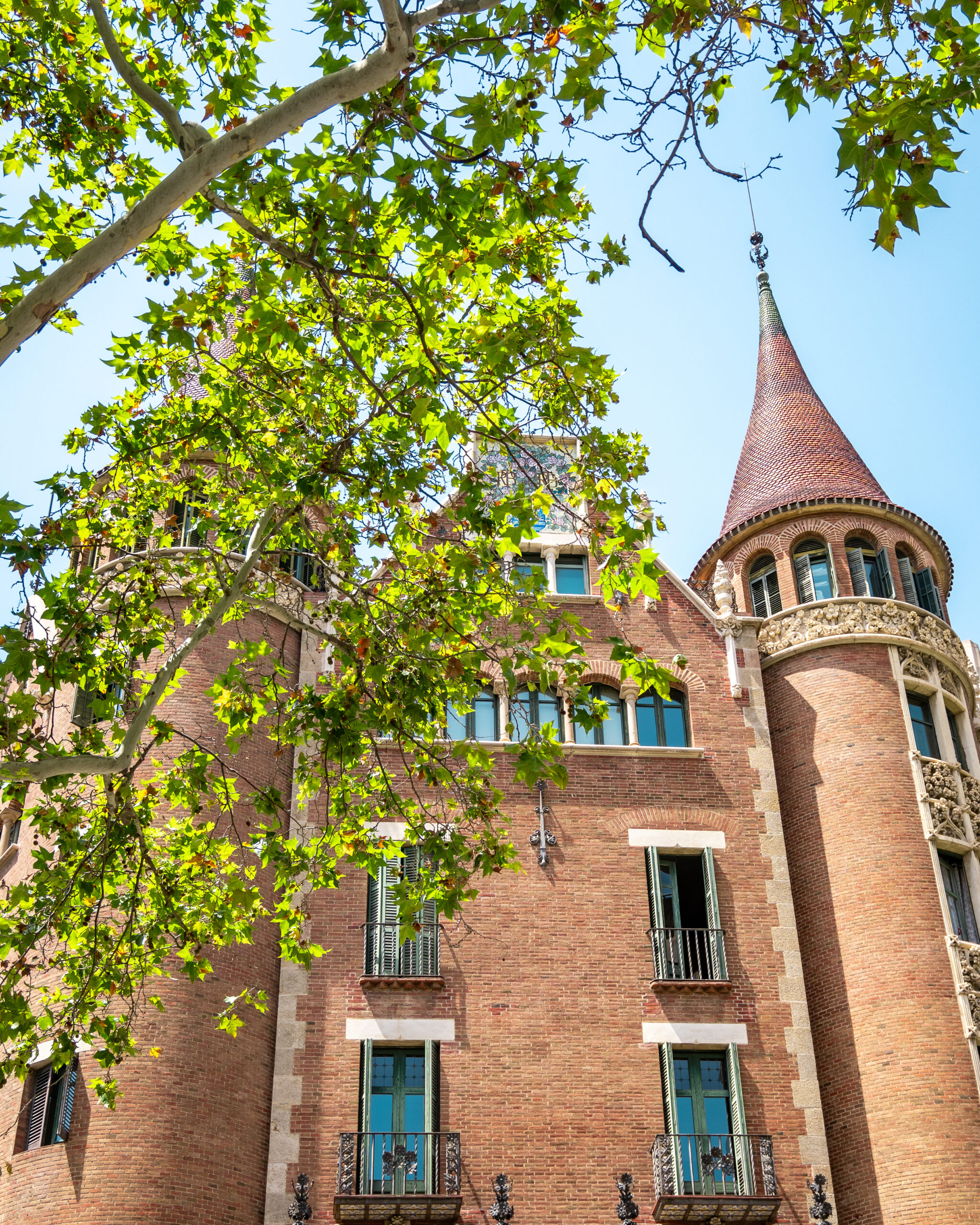
Casa de les Punxes, also known as the “House of Spikes”, is a modernist castle-like building, designed by Josep Puig I Cadafalch. It operates as a museum and cultural space today, offering exhibitions focused on Catalan Modernism and the building’s architectural history. Visitors can take audio-guided tours to explore its design and access its towers and terraces. The venue also hosts cultural events, conferences, and private functions, highlighting its historical significance and architectural beauty within the context of Catalan modernism.
Casa Milà (La Pedrera)
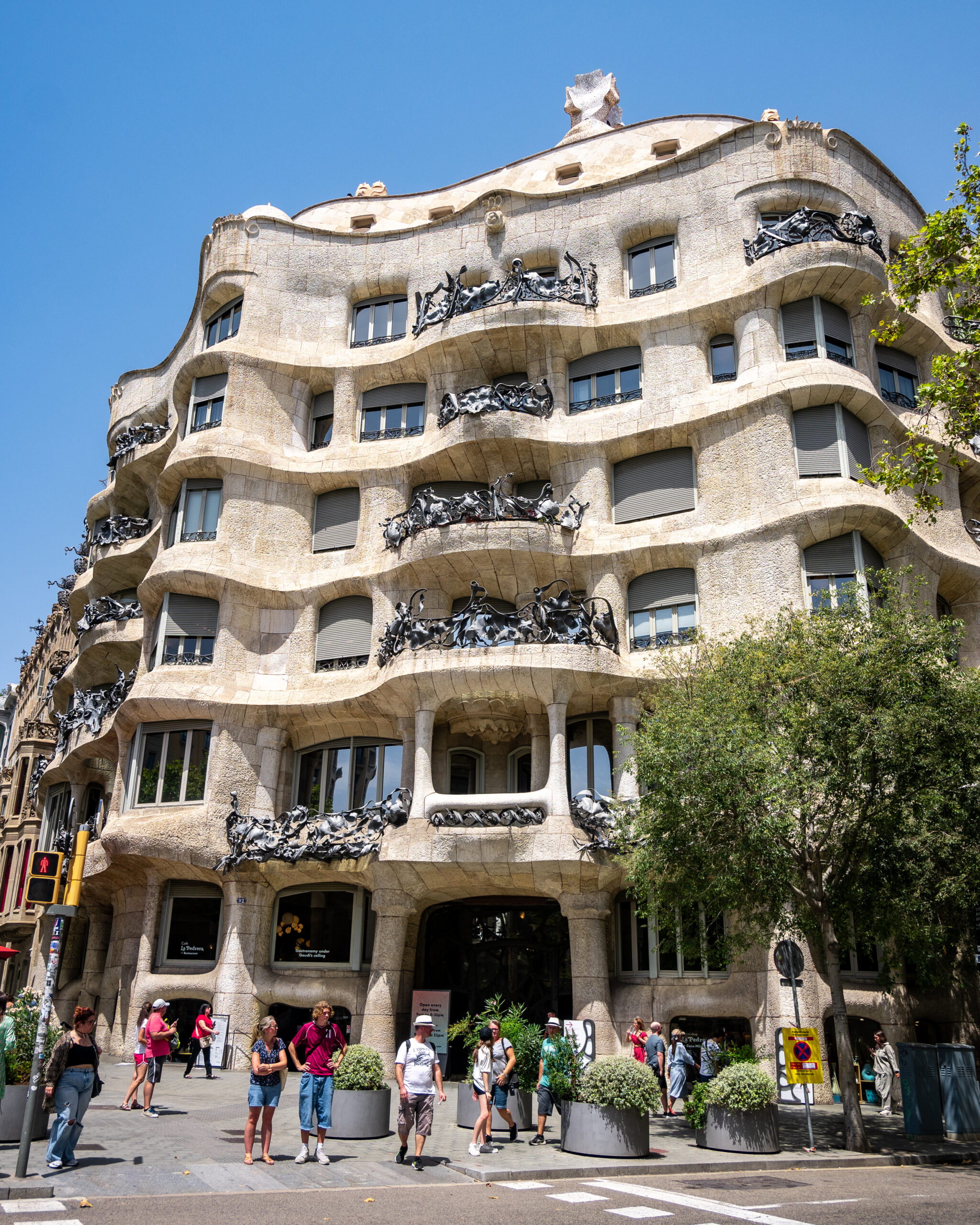
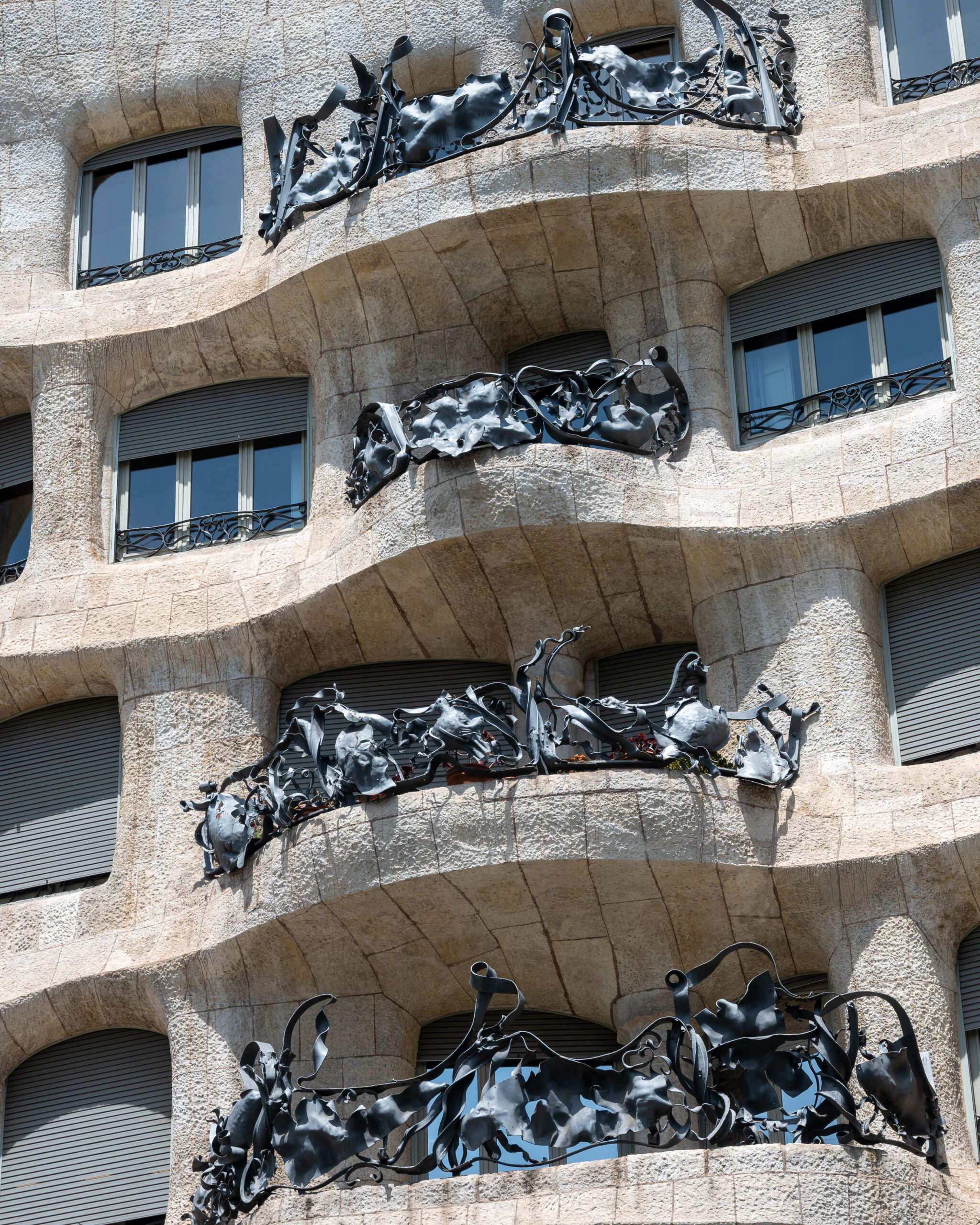
Casa Milà, also known as La Pedrera with its undulating stone facade and wrought-iron balconies is a testament to Gaudí’s innovative vision. Don’t miss the rooftop terrace, where the surreal chimneys offer panoramic city views.
Make sure to pre-book your Casa Milà (La Pedrera) tickets online, as it helps you skip the lines and ensures entry due to limited daily capacity. General admission costs €25, with discounted rates for students, seniors, and children; for more details and booking, visit Casa Milà’s official website.
Casa Batlló
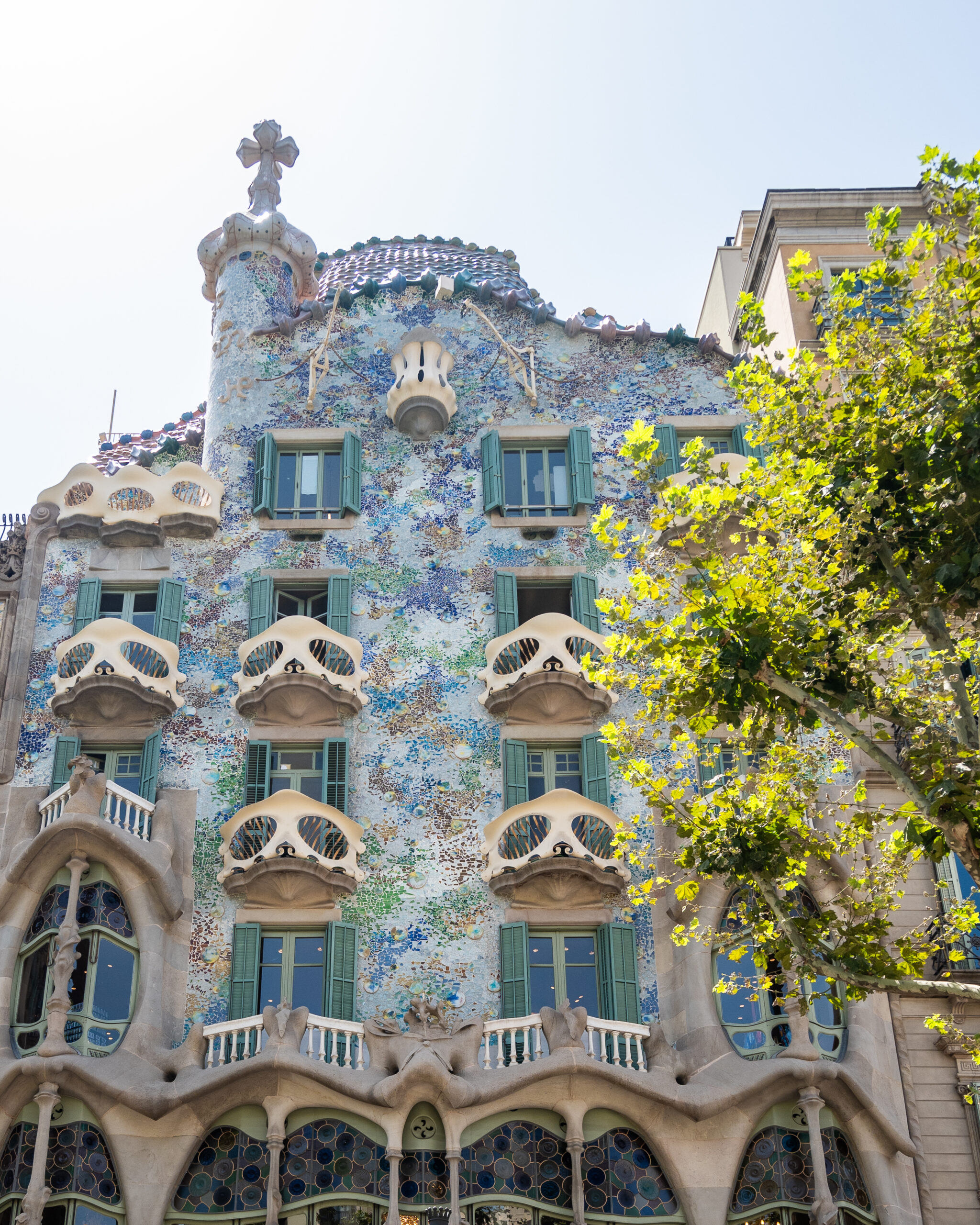
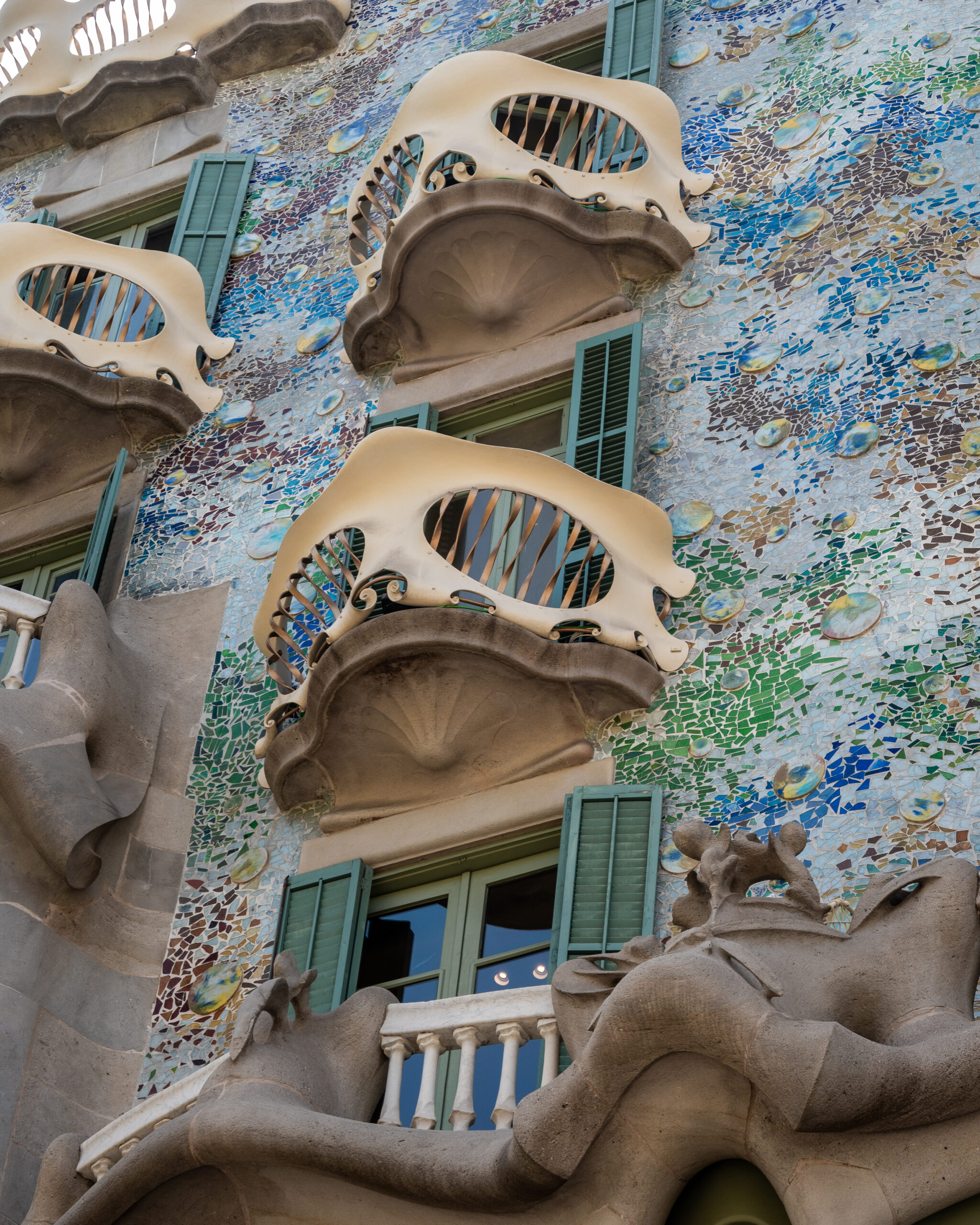
End your day at the whimsical Casa Batlló, another Gaudí gem on Passeig de Gràcia. Its colorful facade, inspired by marine life, will leave you mesmerized. The interior, with its organic shapes and intricate details, showcases Gaudí’s brilliance.
General admission starts at €35, with various packages offering enhanced experiences; for more information and booking, visit Casa Batlló’s official website.
Also Read Our Budapest And Vienna Guides!
Day 2
Barceloneta Beach and Marina
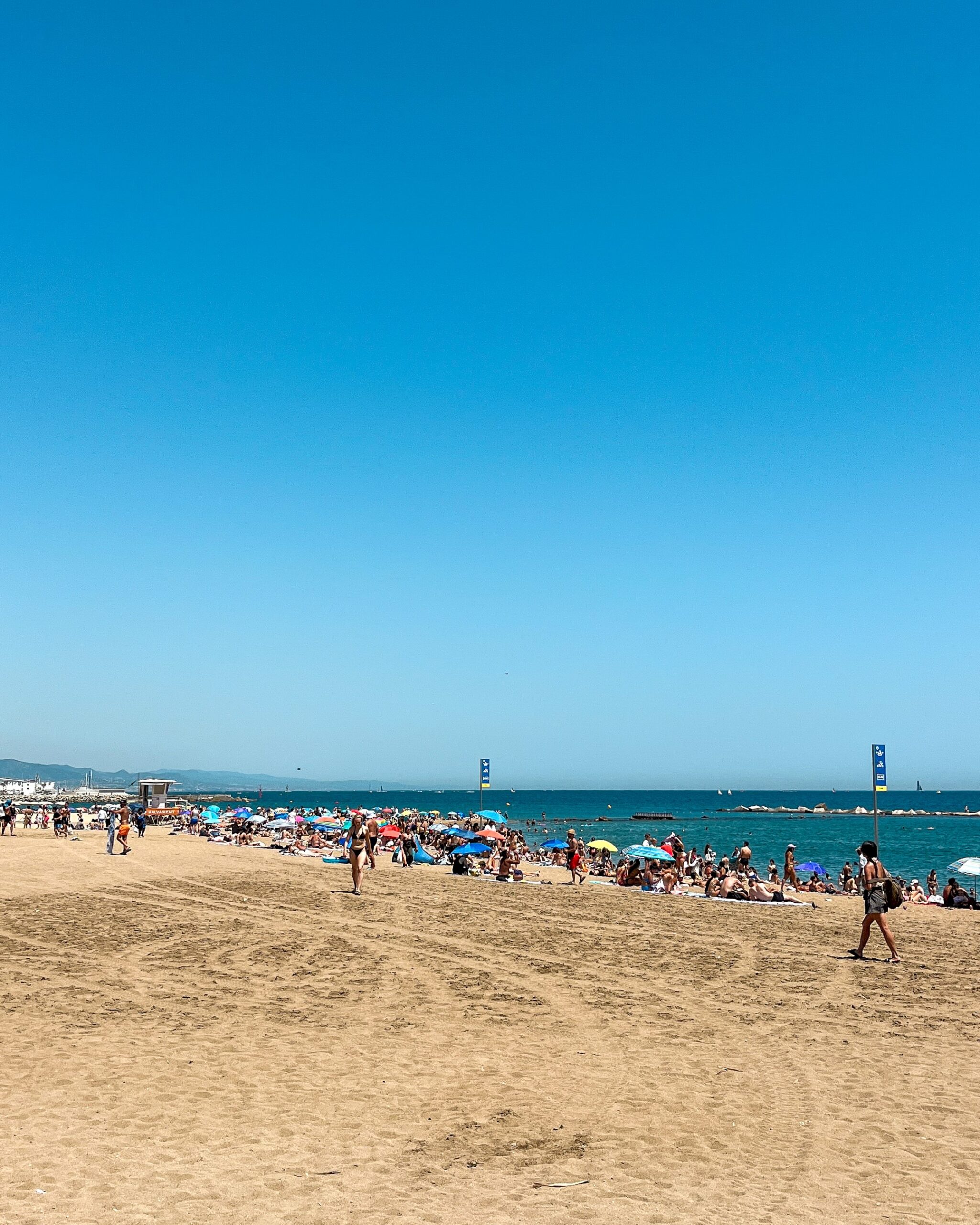
Start your day with a stroll along Barceloneta Beach, a lively spot perfect for sunbathing, swimming, or simply enjoying the Mediterranean breeze. The adjacent marina is also filled with luxury yachts and bustling seafood restaurants.
Barceloneta stretches over 1.1 kilometers along the Mediterranean, making it one of the city’s longest and most popular spots. However, with its popularity comes a crowd, so keep an eye on your belongings as pickpockets love the busy atmosphere! Furthermore, Barceloneta holds a Blue Flag status for cleanliness and accessibility. Best times to visit would be early in the morning or late at the afternoon.
Sant Miquel del Port
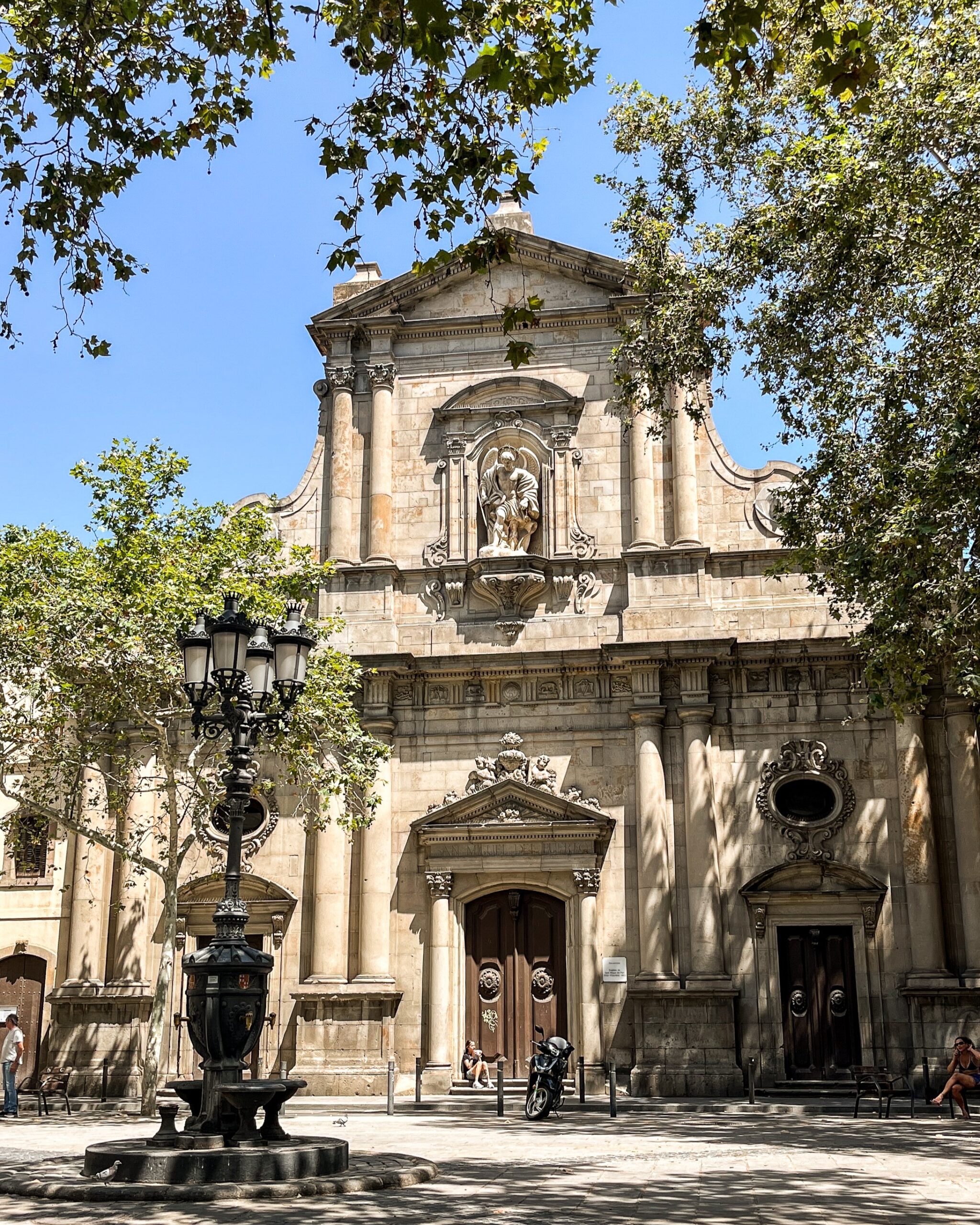
Sant Miquel del Port is a charming Baroque church with a tranquil atmosphere. Its beautiful facade and peaceful interior offer a moment of serenity amidst the city’s hustle and bustle.
Palau de la Música Catalana
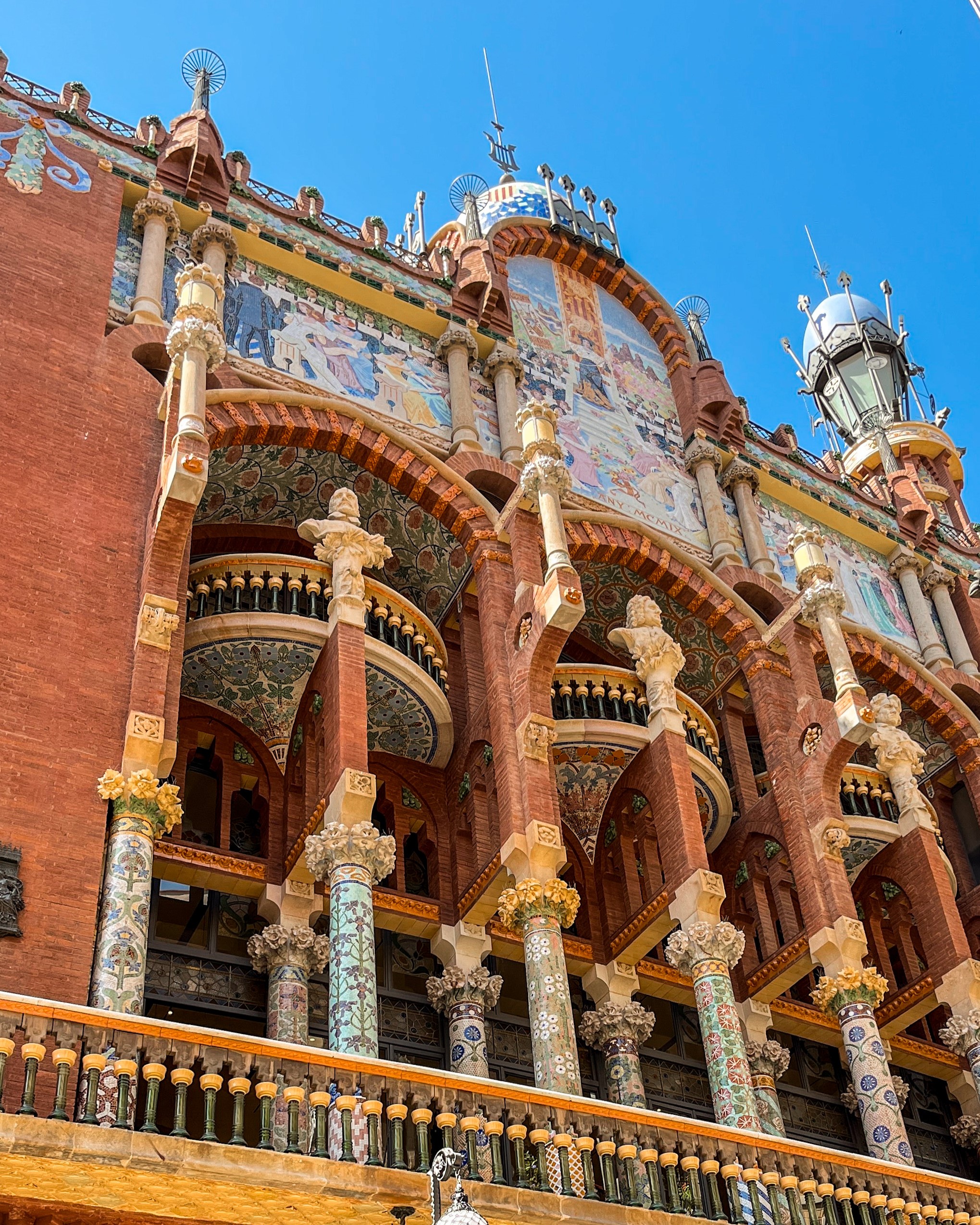
Palau de la Música Catalana is a stunning concert hall and UNESCO World Heritage Site. Designed by Lluís Domènech i Montaner, this masterpiece of Catalan modernism boasts a breathtaking interior adorned with stained glass and intricate mosaics.
General admission tickets start at €15, with guided tour options available; for more details and booking, visit Palau de la Música Catalana’s official website.
Casa del Gremi dels Velers
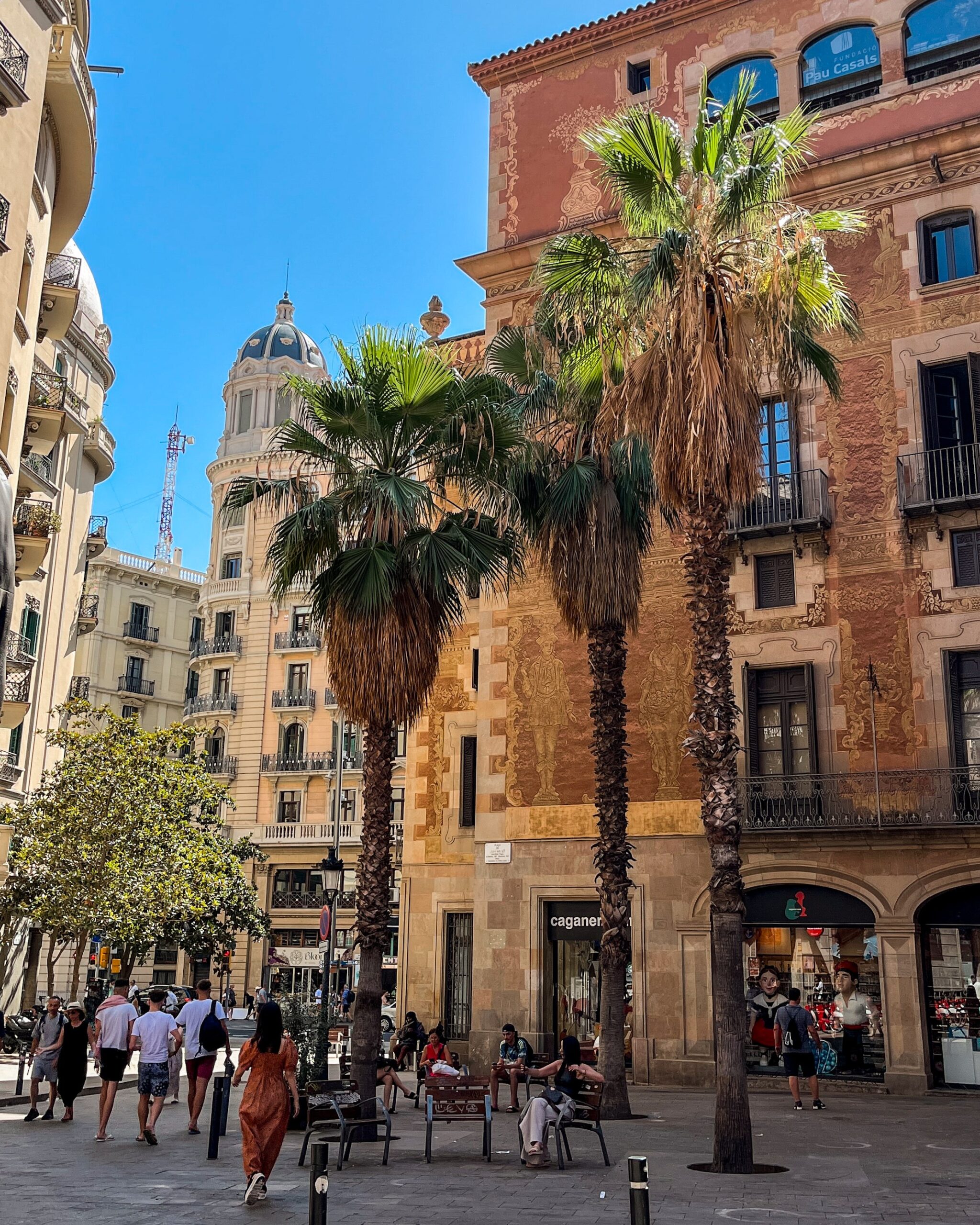
End your cultural exploration at the Casa del Gremi dels Velers, an 18th-century building that once housed the city’s sailmakers’ guild. Its Baroque architecture and historical significance make it a fascinating stop.
for more information and booking, visit Casa del Gremi dels Velers’ official website.
Enjoying our Barcelona Guide? Take a look at our Rome Guide!
Day 3
La Boqueria
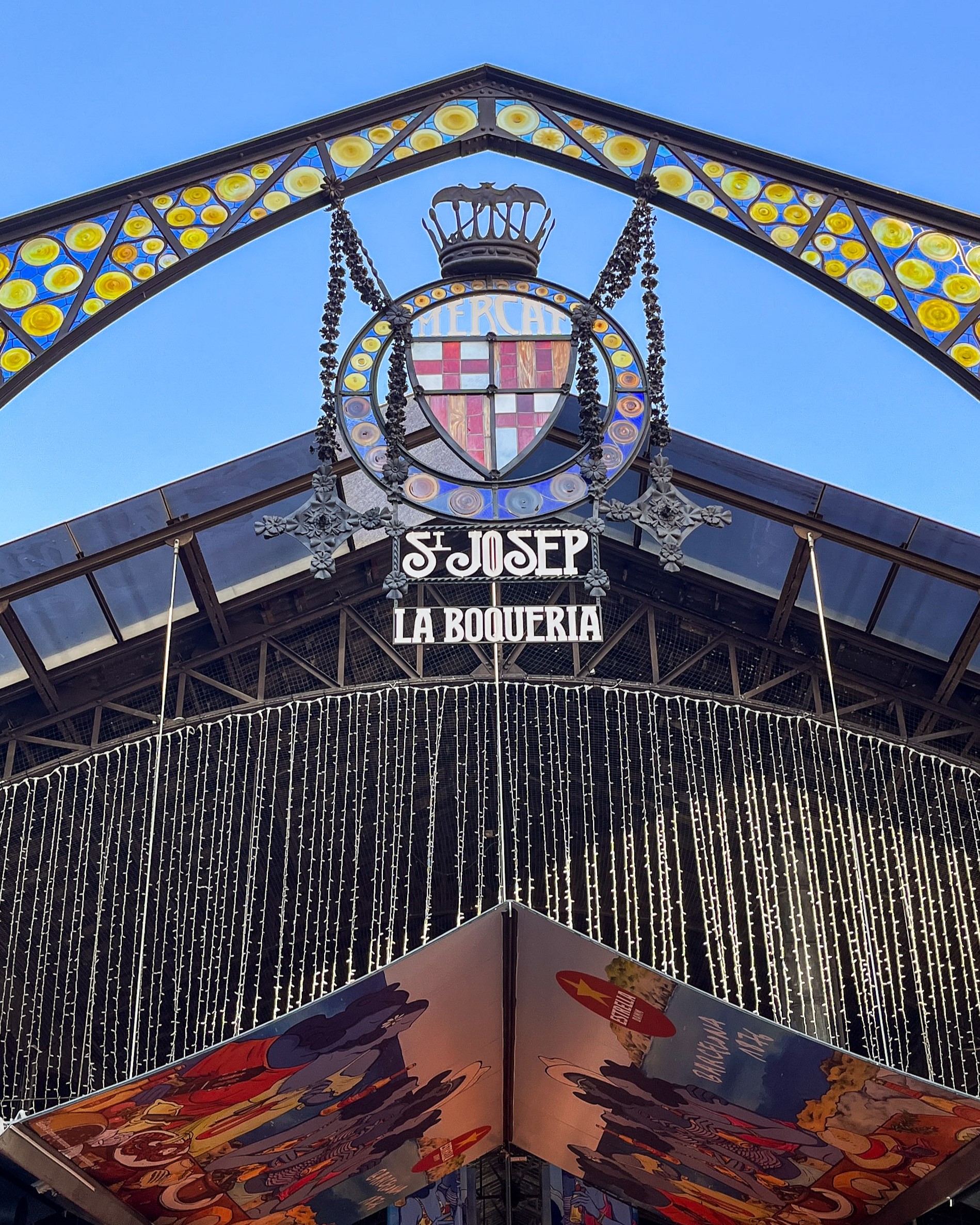
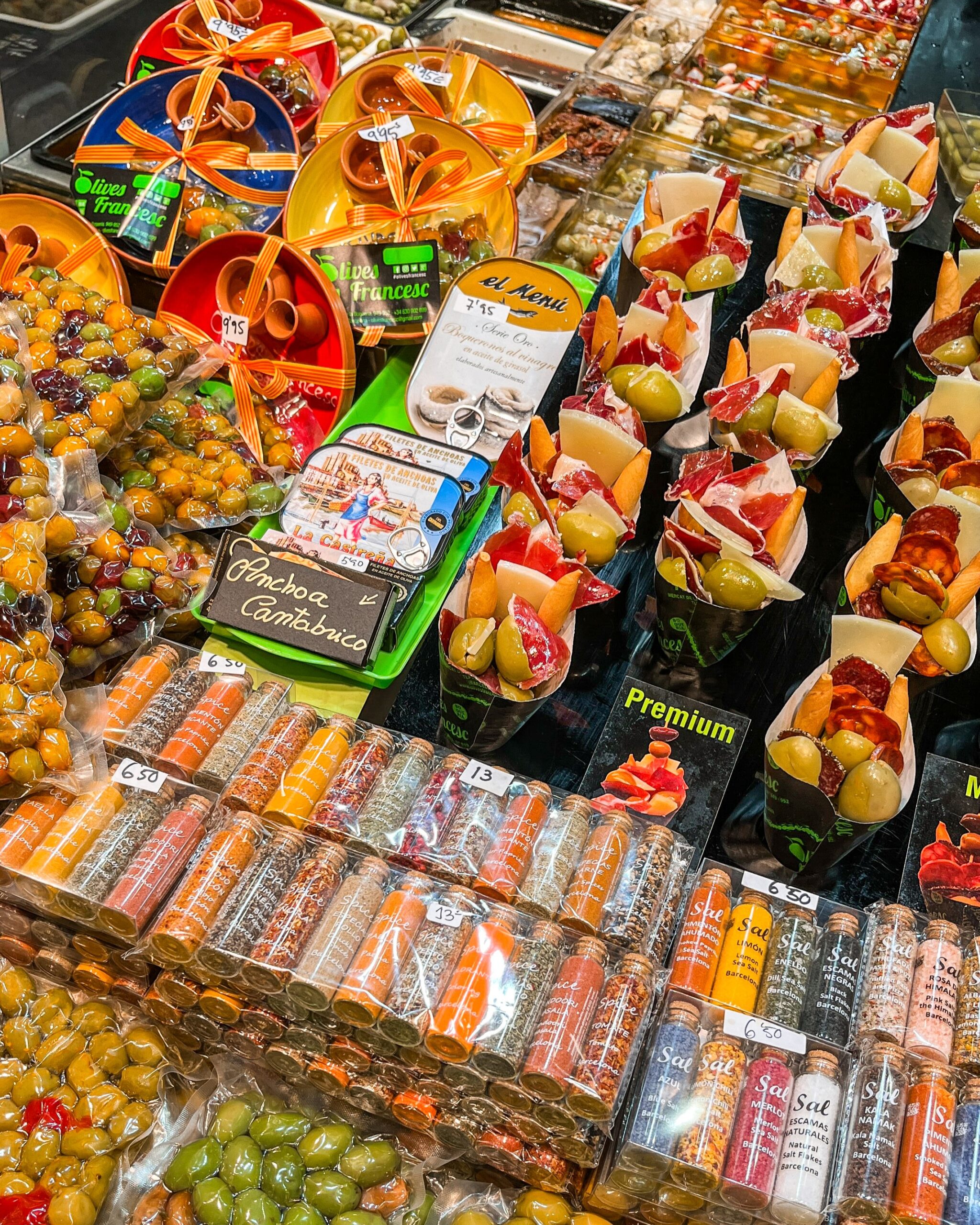
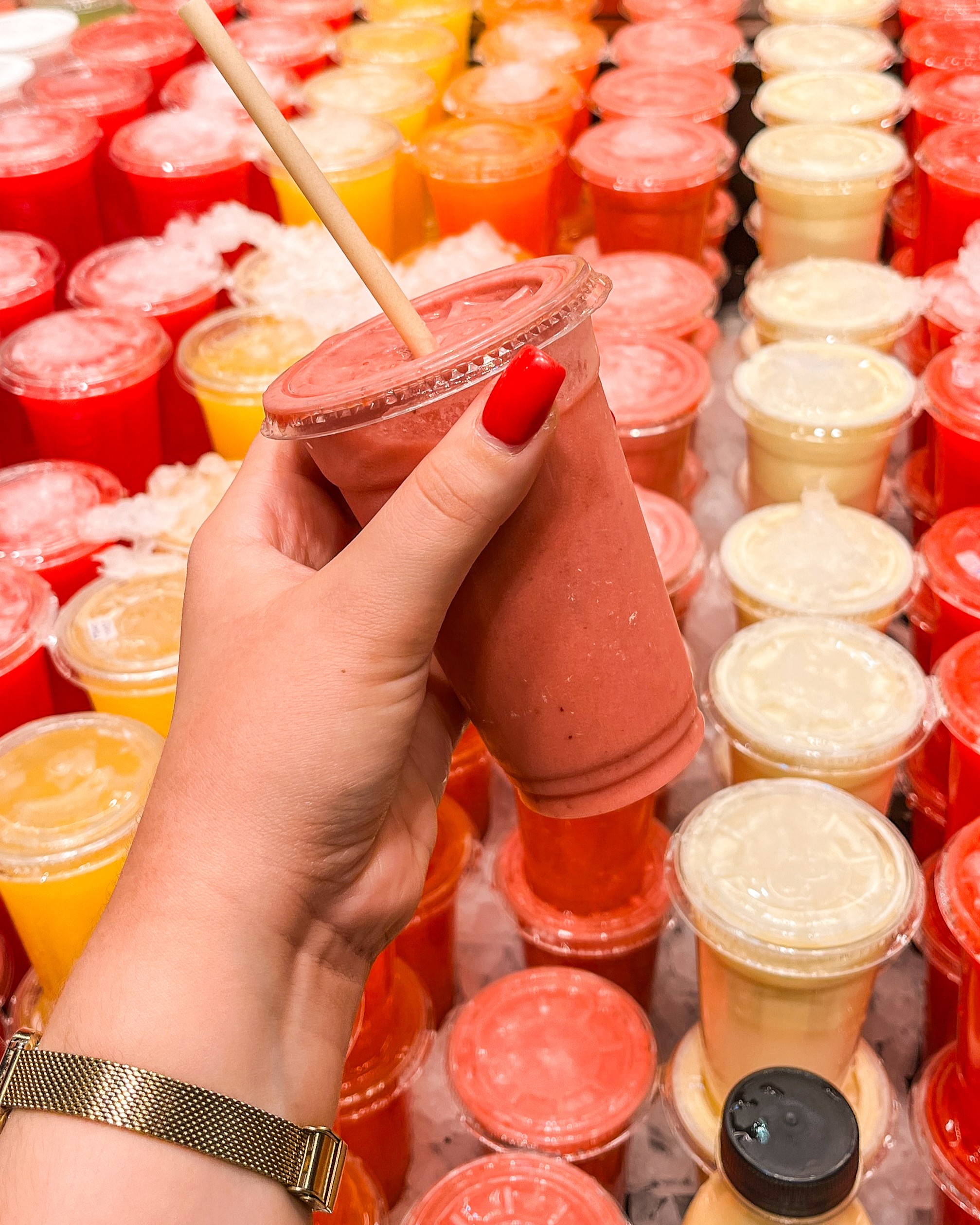
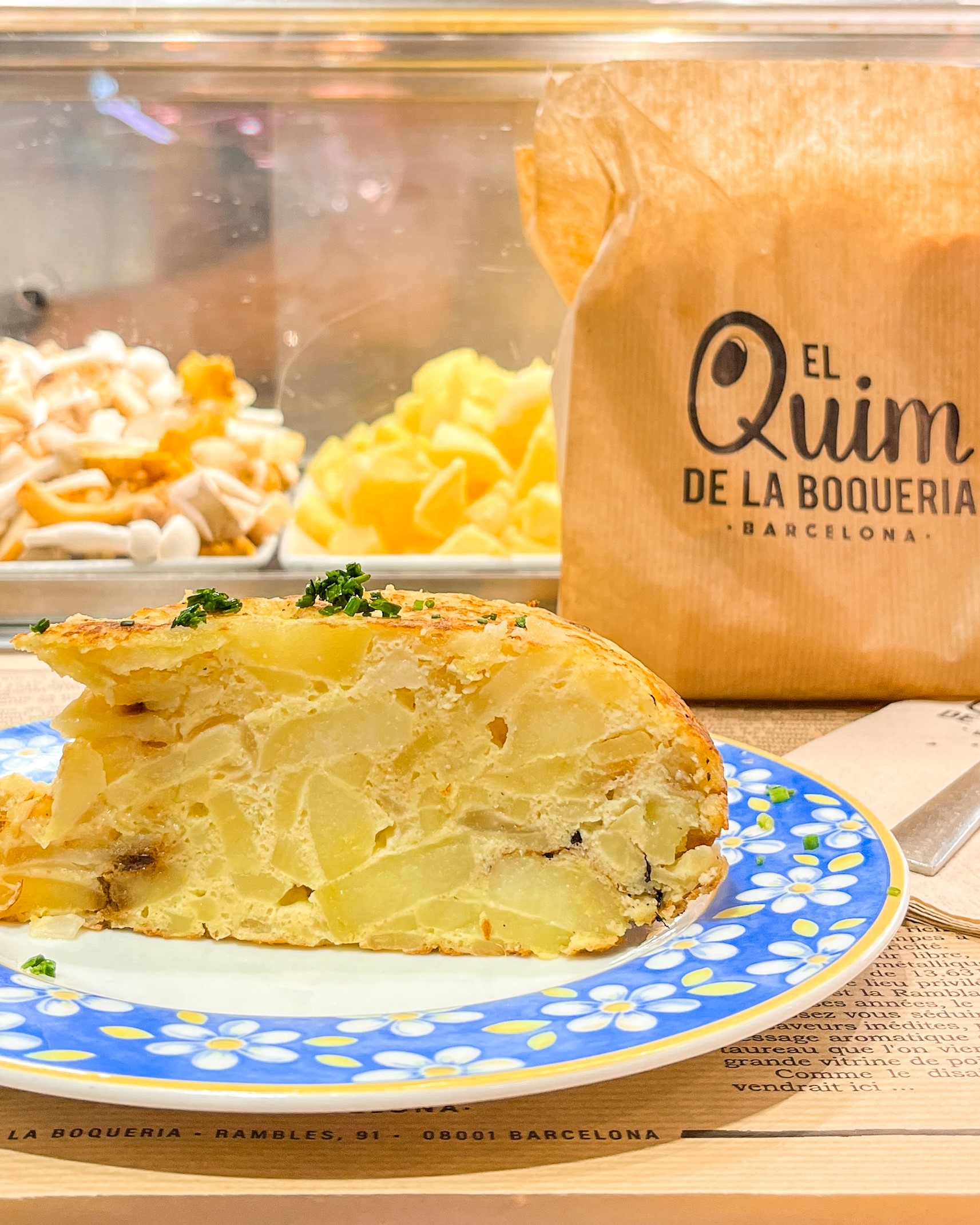
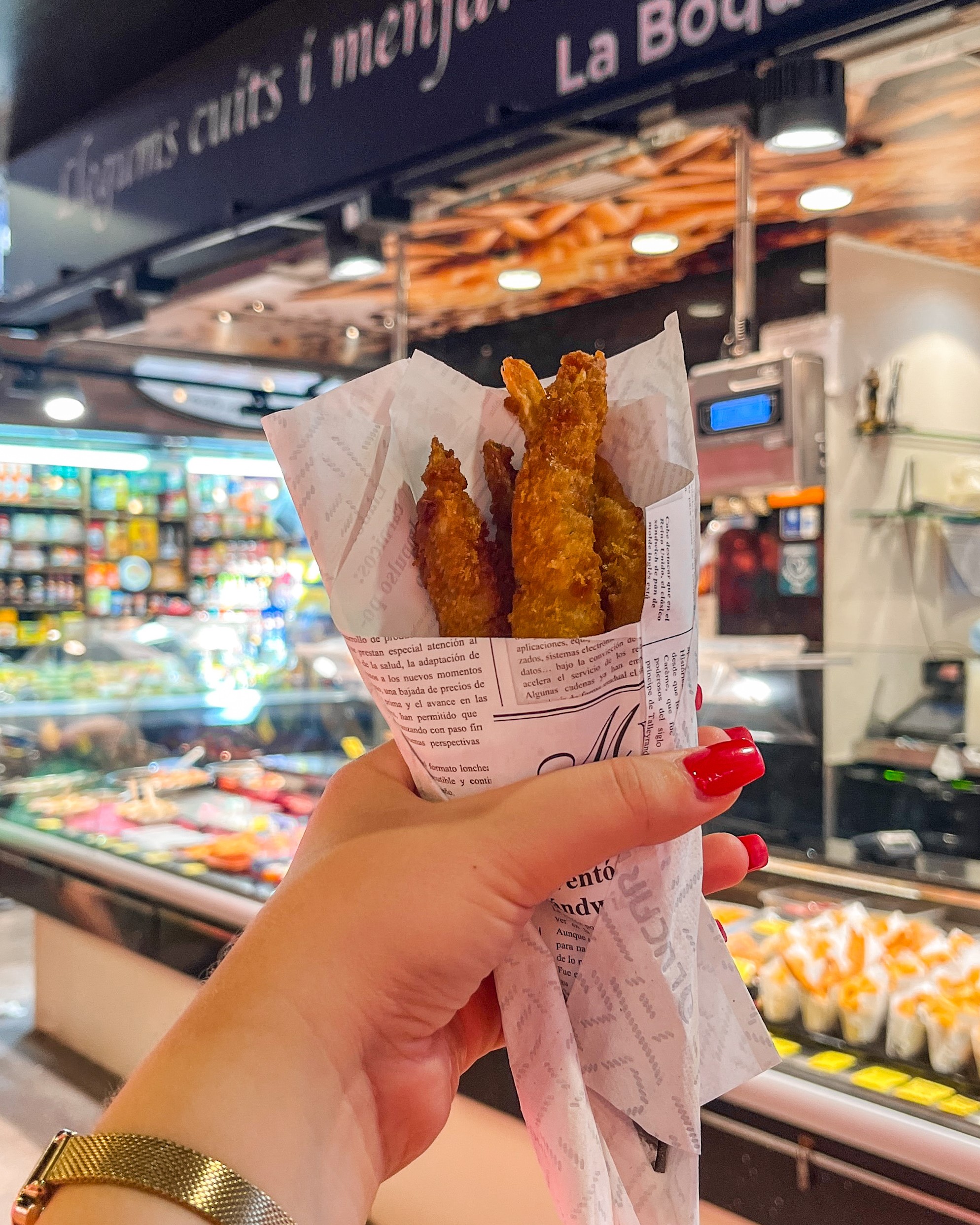
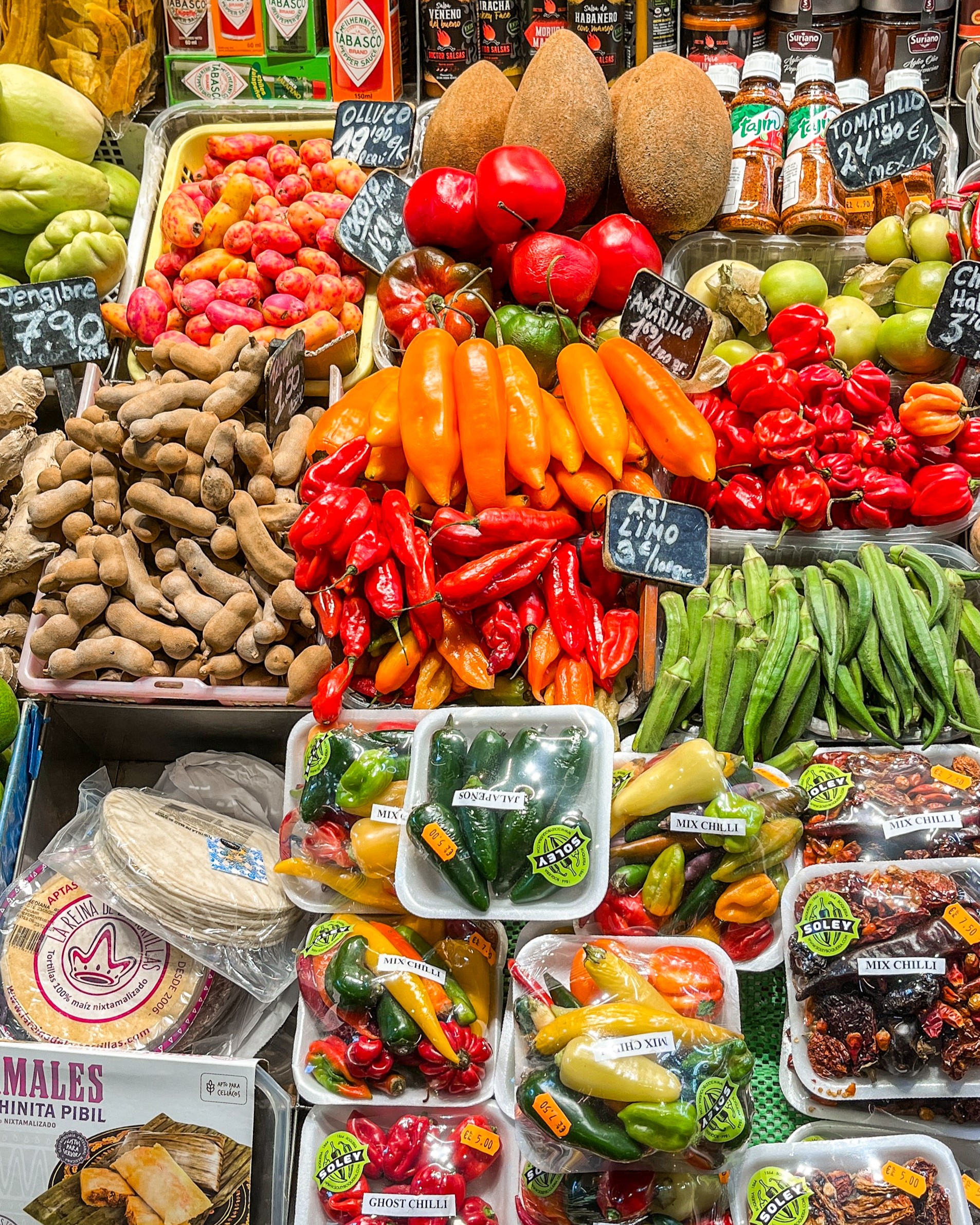
Begin your day at La Boqueria, Barcelona’s most famous market. Here, you can sample a variety of local produce, fresh seafood, and delicious pastries.
La Boqueria is open Monday to Saturday from 8:00 AM to 8:30 PM. The market is closed on Sundays. The best time to visit La Boqueria would be early in the morning, around 9:00 to 10:00 AM, when the market is less crowded, and you can experience it at a leisurely pace. You’ll also find the freshest produce and have a better chance to interact with the vendors before the midday rush.
Prices at La Boqueria can vary widely depending on what you choose. Fresh fruits and vegetables typically range from €1 to €5 per kilo, while meats and seafood may start around €10 per kilo and can go up depending on quality. Prepared foods and snacks, like tapas or sandwiches, usually cost between €3 and €10. It’s a great place to sample local delicacies at various price points!
Sagrada Família
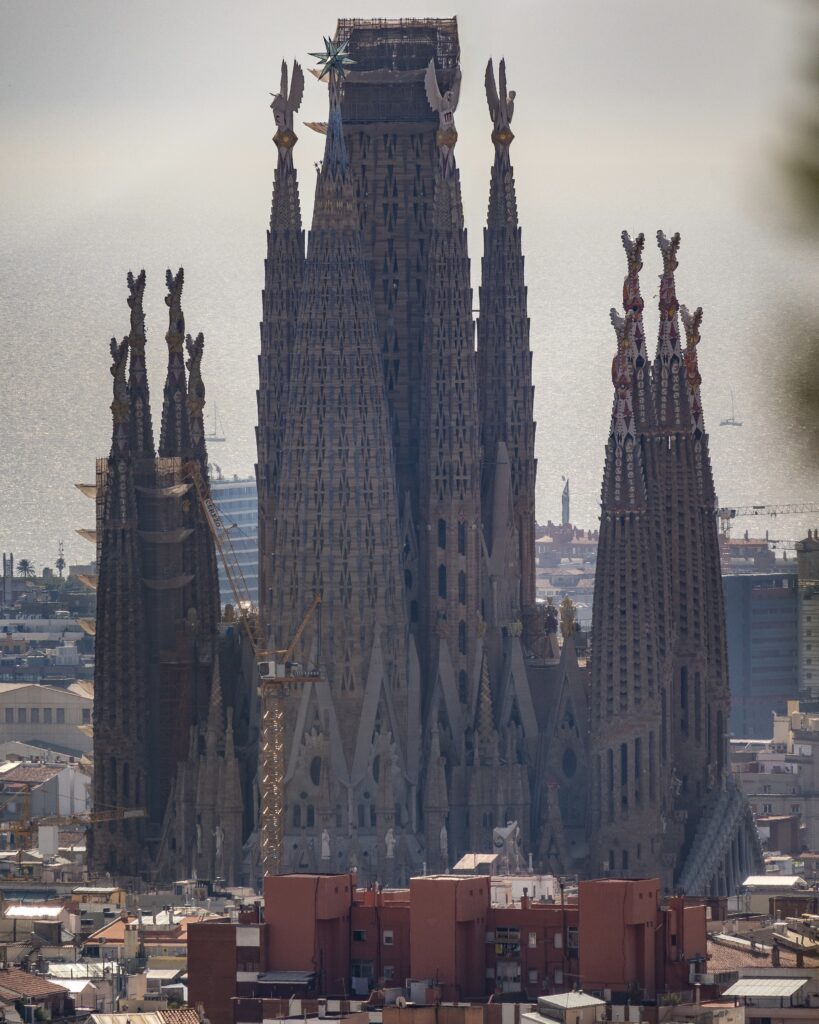
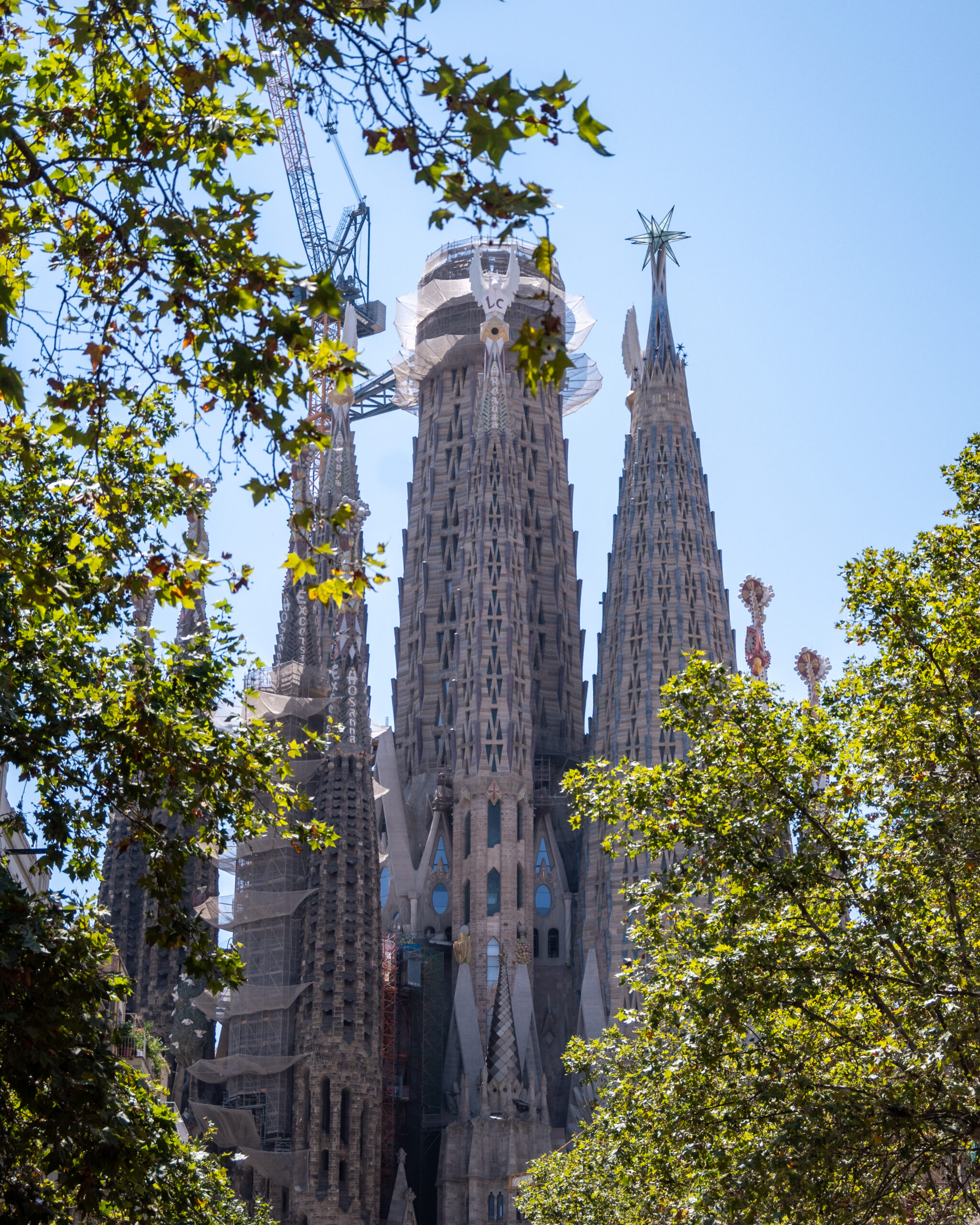
Sagrada Família has been under construction since 1882 and is the masterpiece of architect Antoni Gaudí, who dedicated the last 15 years of his life to the project. Its unique blend of Gothic and Art Nouveau styles has earned it a UNESCO World Heritage designation. Upon completion, it will stand 172.5 meters tall, making it the tallest church in the world, and it attracts over 4.5 million visitors annually.
For the best experience, consider visiting early in the morning or late in the afternoon to avoid crowds.
The basilica is open from 9:00 AM to 6:00 PM from November to February, and from 9:00 AM to 8:00 PM from March to October, with shortened hours on holidays.
Admission prices start at €26 for basic entry, with optional audio guides available for €7 and guided tours starting at €35. If you wish to access the towers, there’s an additional fee of €10, subject to availability.
To ensure entry and avoid long lines, it is highly recommended to pre-book your tickets online through the official website at sagradafamilia.org.
Sant Pau Recinte Modernista
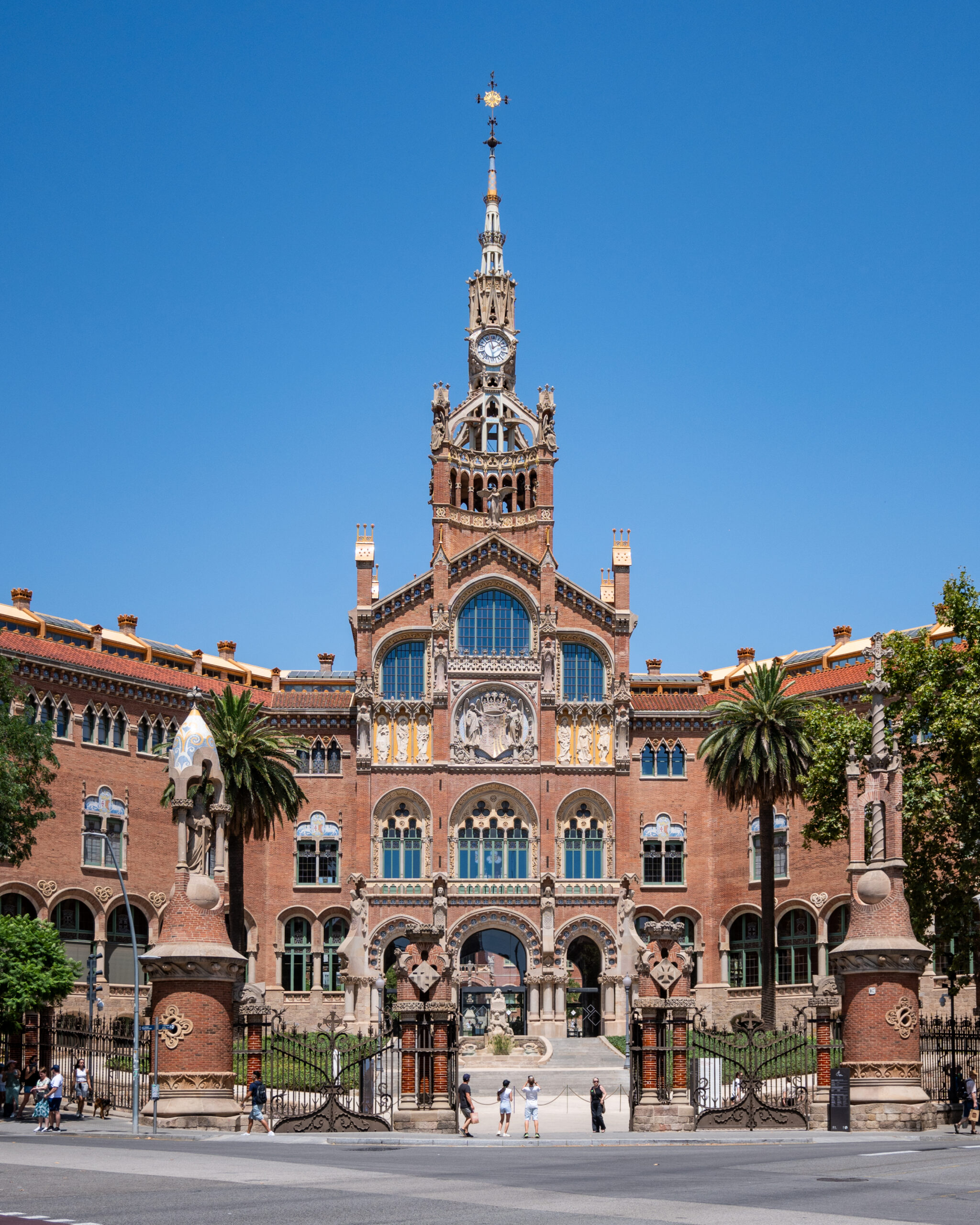
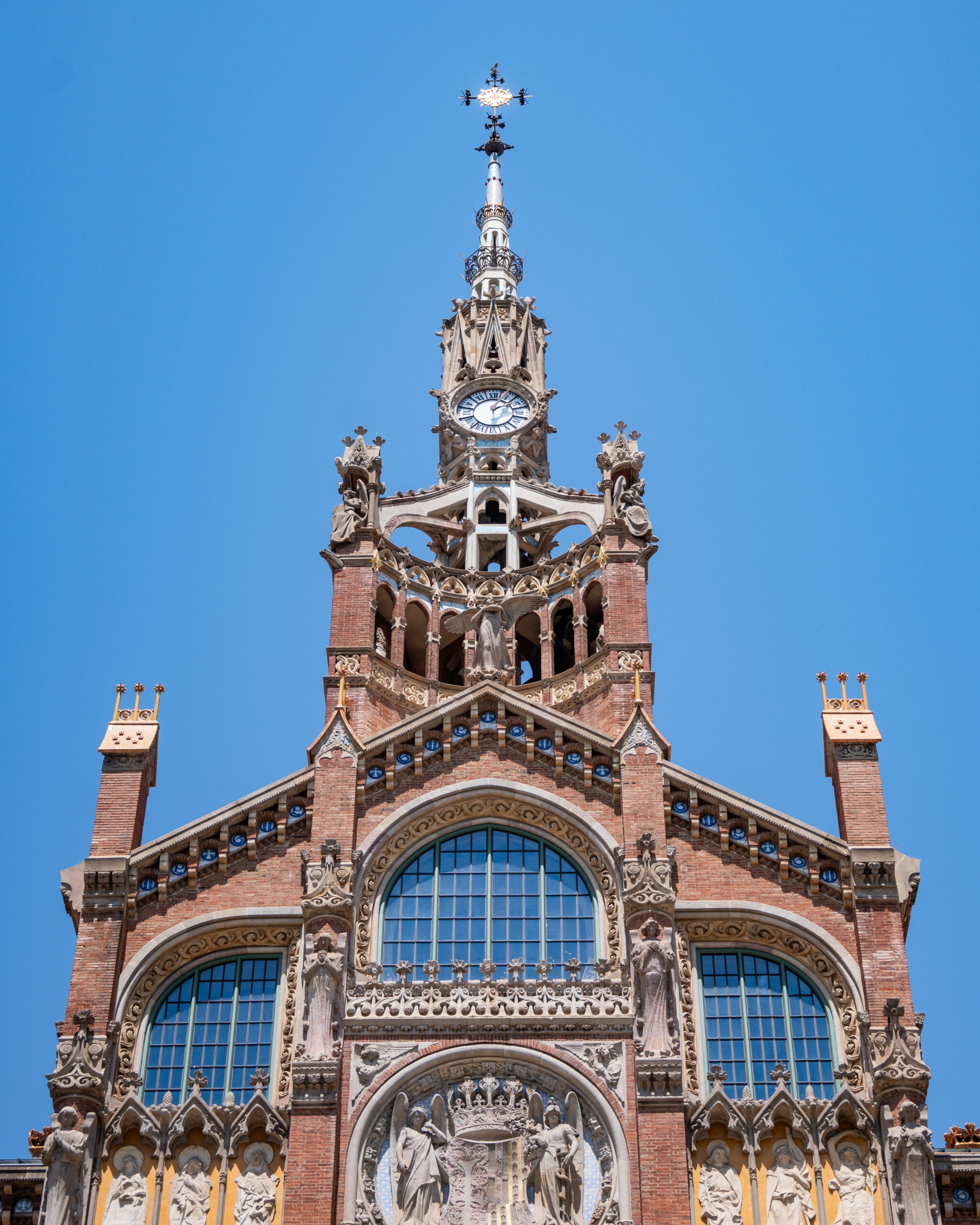
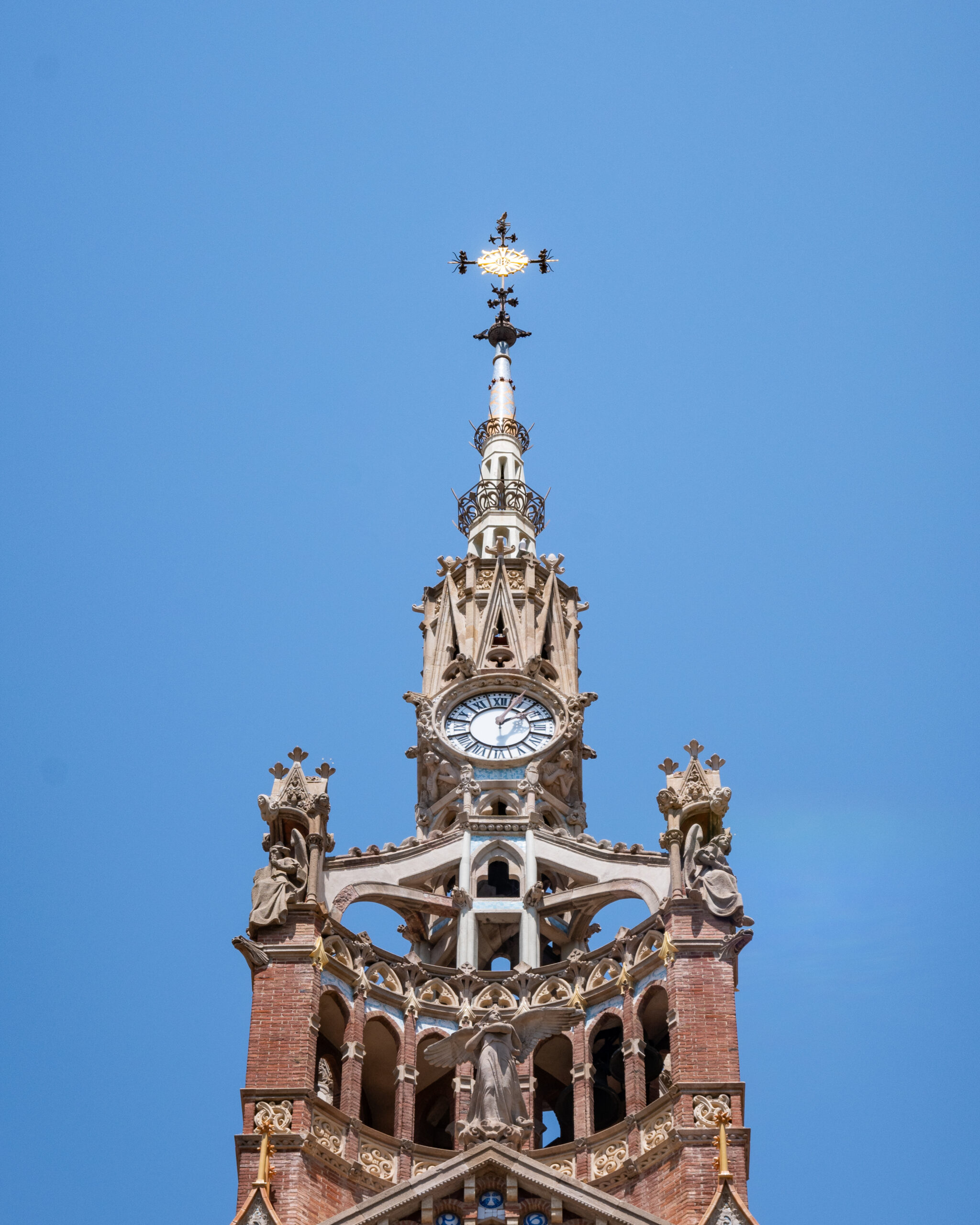
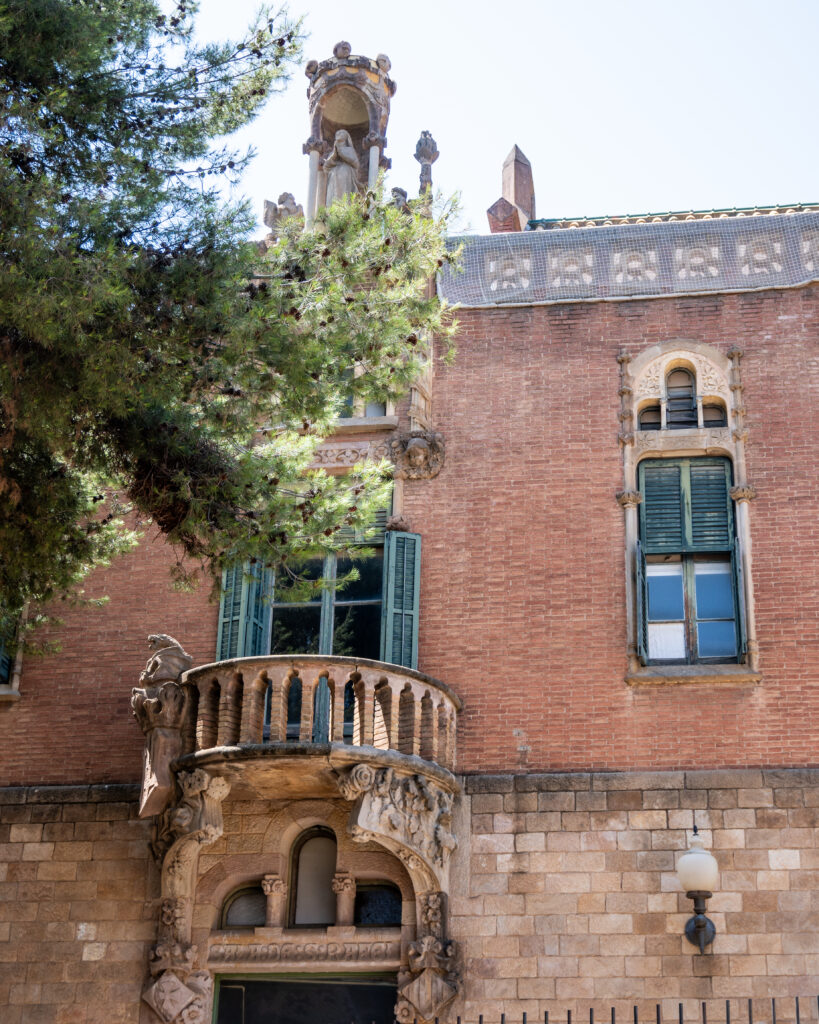
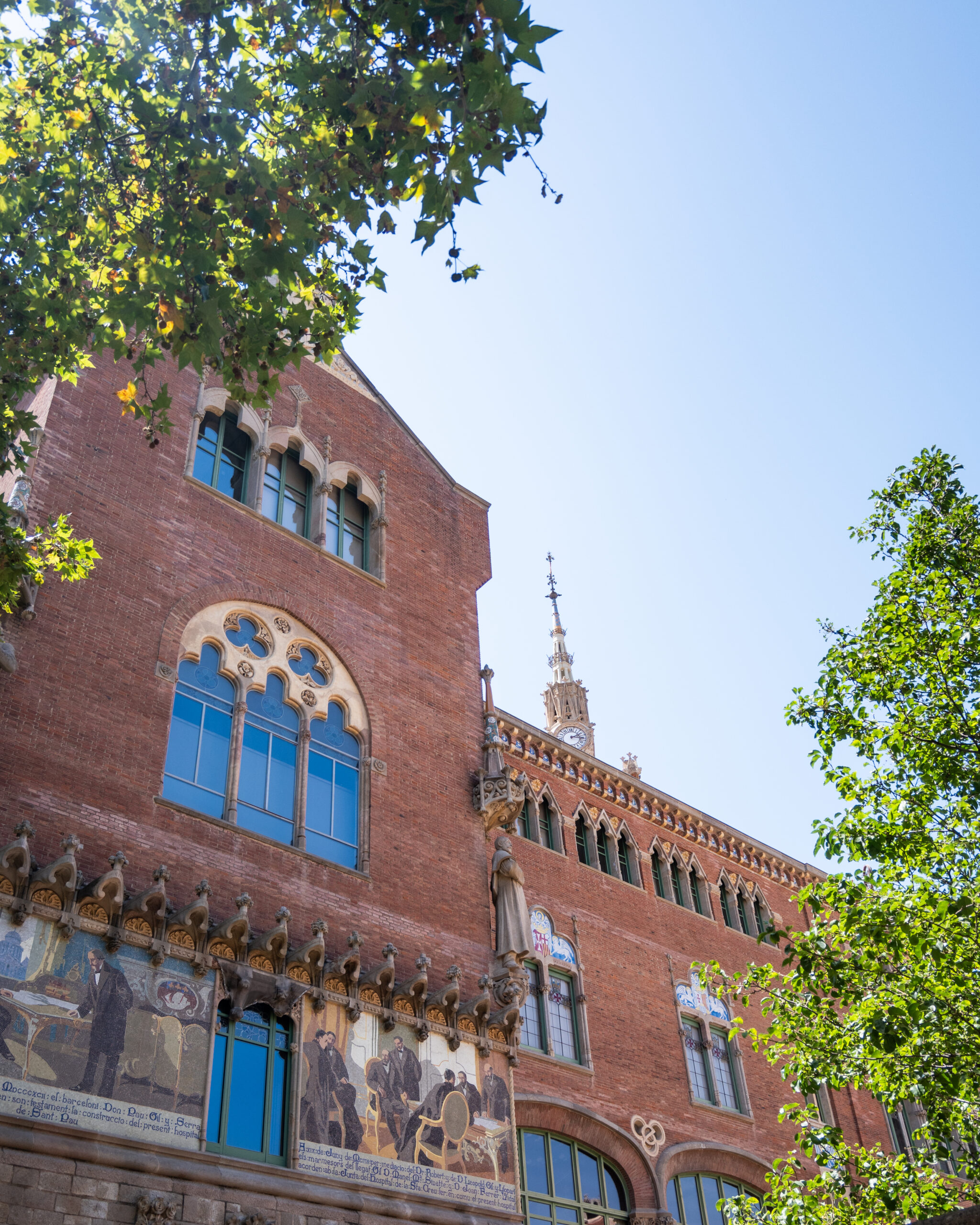
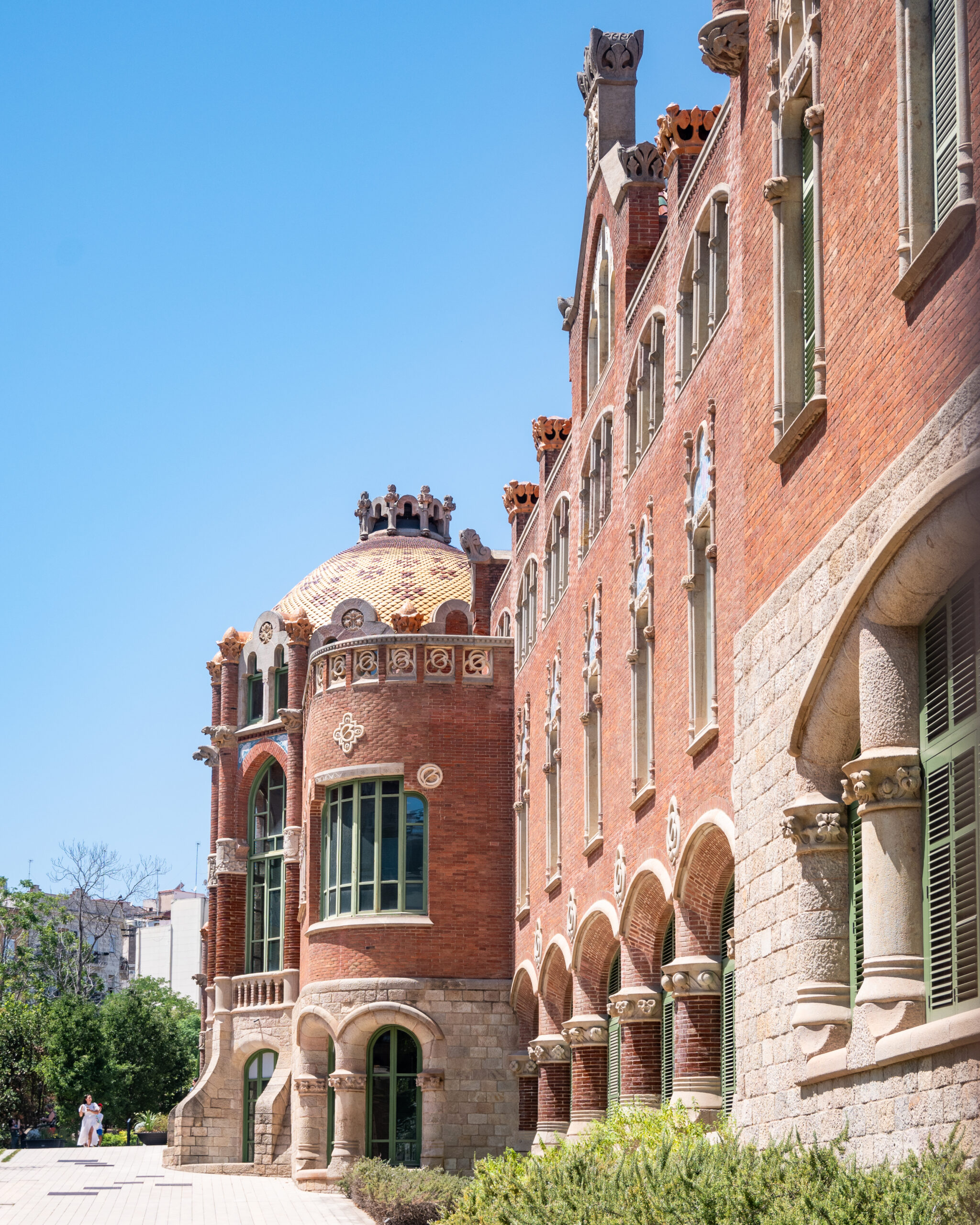
Just a short walk away is the Sant Pau Recinte Modernista, another modernist marvel designed by Lluís Domènech i Montaner. Once a hospital, this stunning complex now serves as a cultural center, showcasing its rich history and architectural beauty. Book your tickets here!
Ciutadella Park
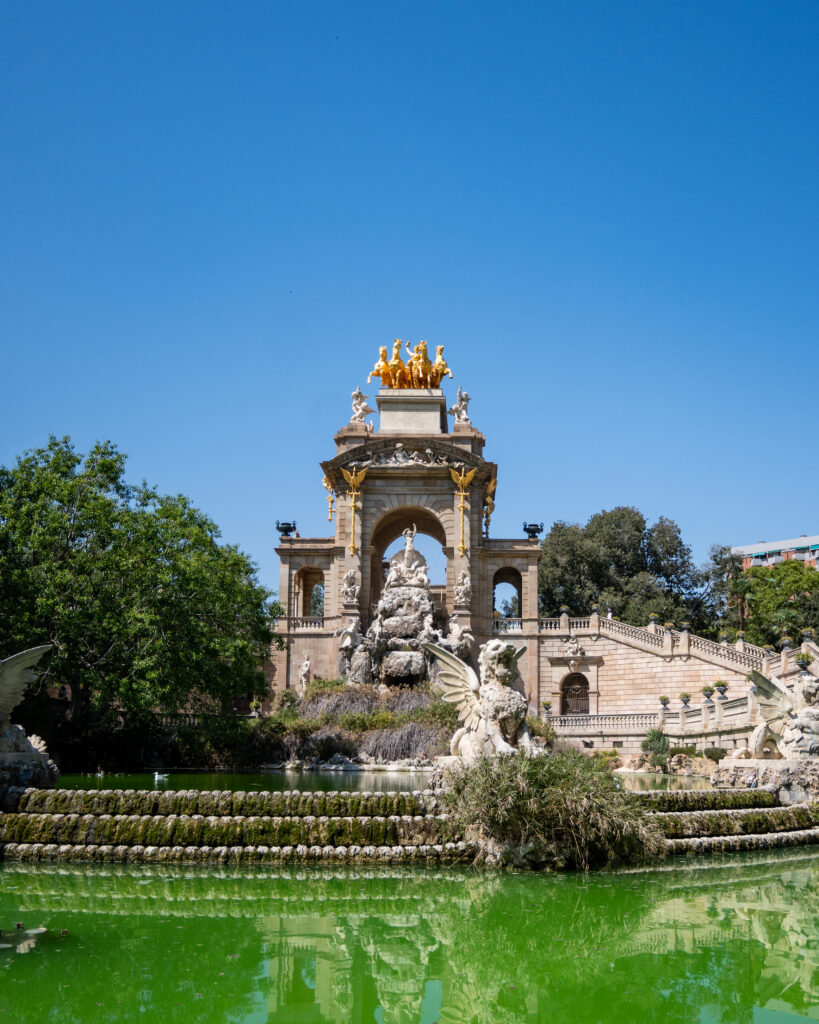
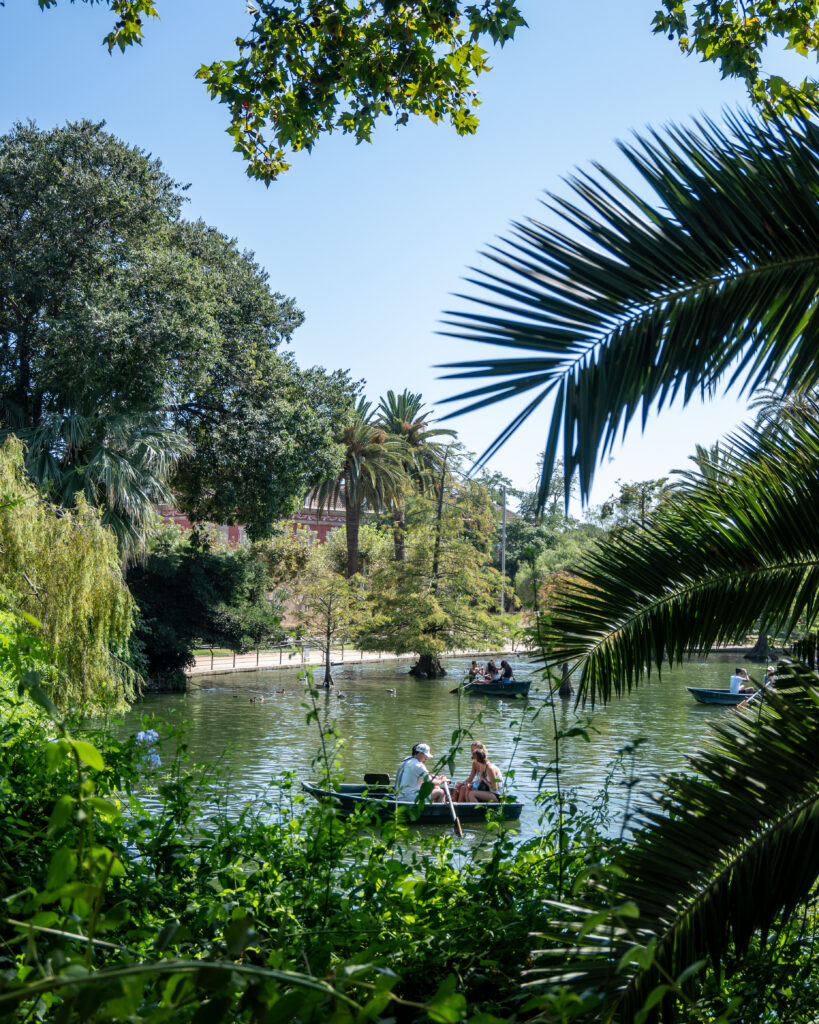
The Ciutadella Park is a sprawling green oasis in the heart of the city. Stroll along its tree-lined paths, rent a rowboat on the lake, or visit the zoo.
Umbracle and Hivernacle
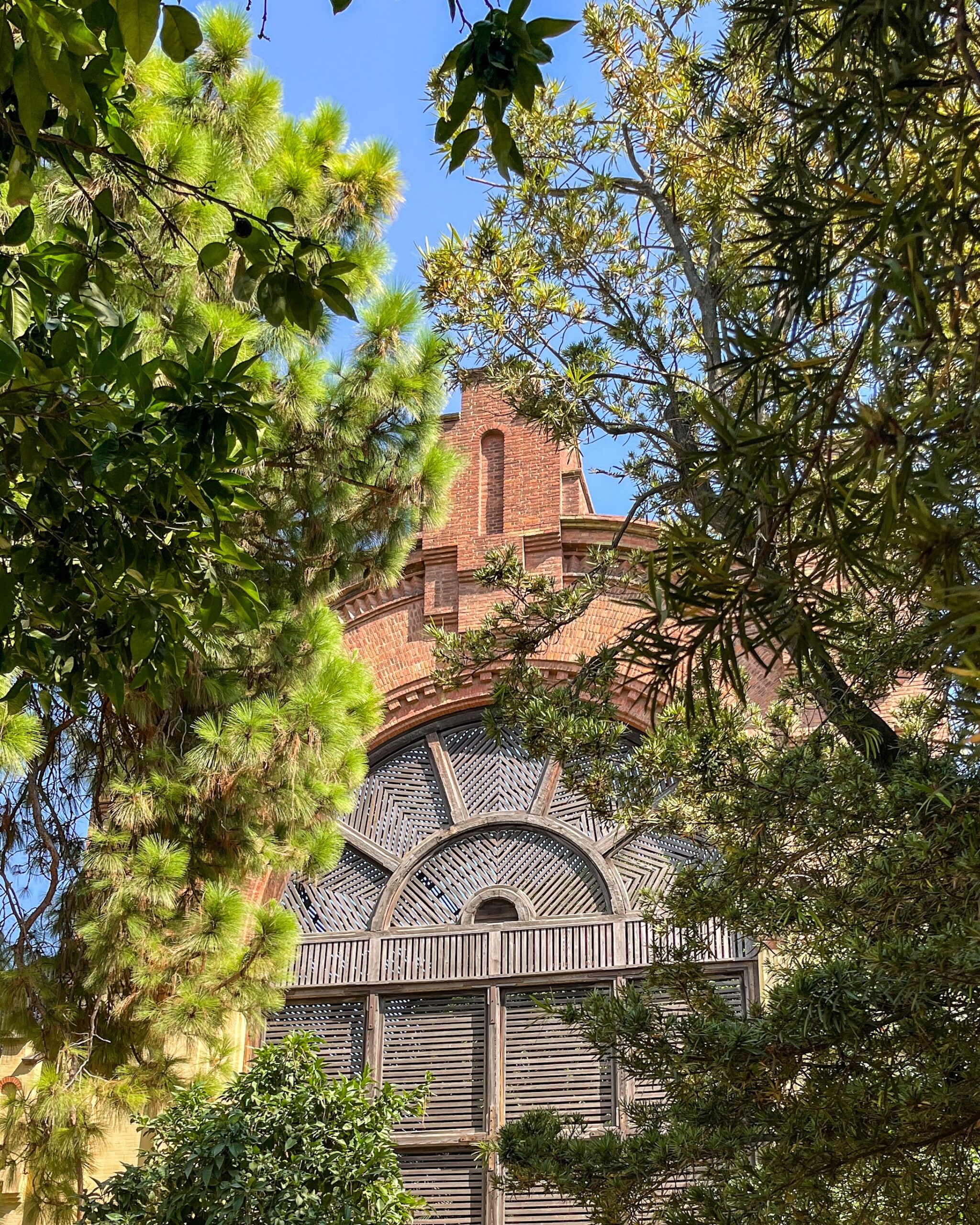
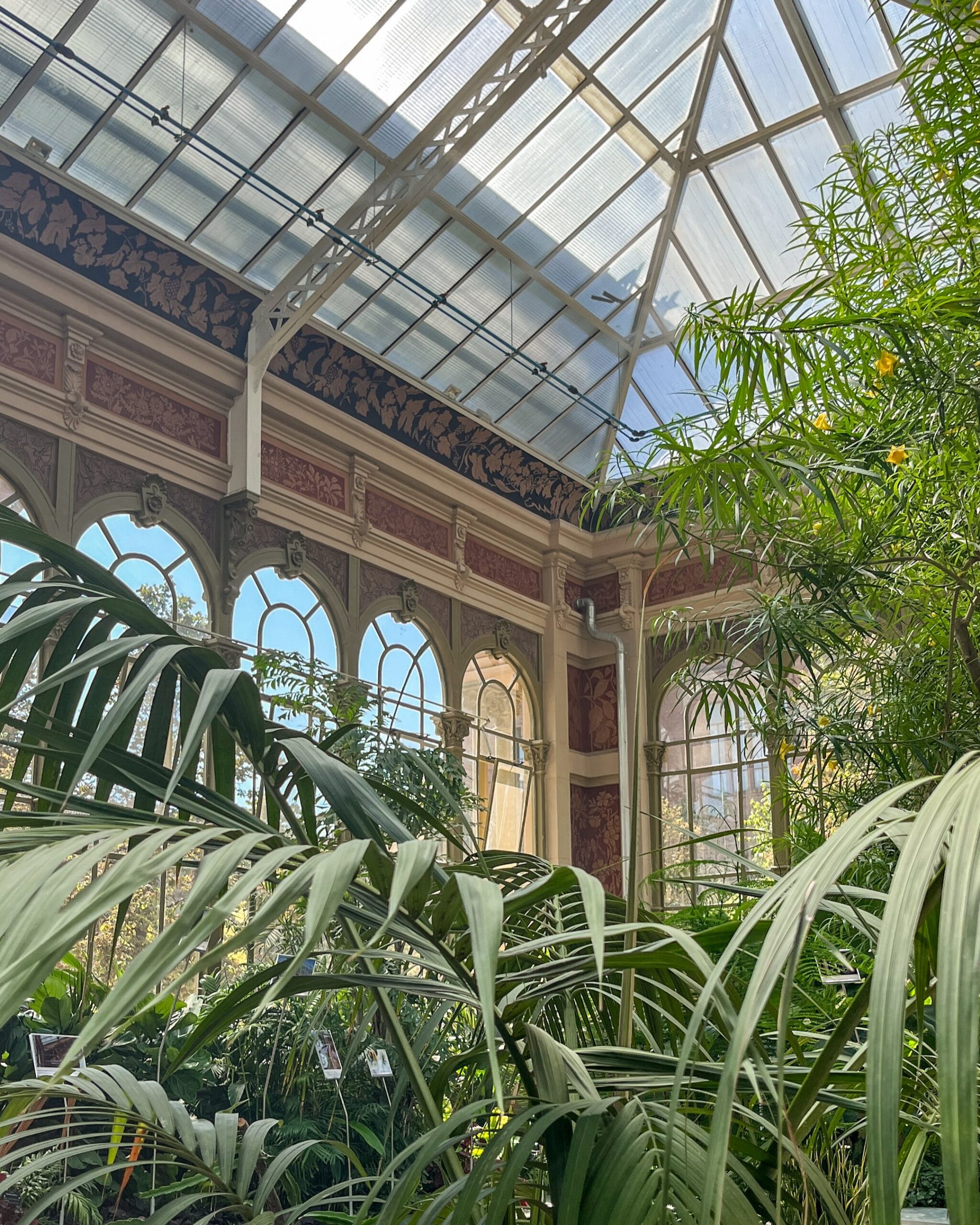

Don’t miss the Umbracle and Hivernacle, two unique glass and iron pavilions within the park, showcasing exotic plants and offering a glimpse into the city’s botanical heritage.
Castillo de los Tres Dragones
Nearby, you’ll find the Castillo de los Tres Dragones, a striking building that once served as a café and exhibition hall. Its unique architecture and colorful history make it a must-see.
Arc de Triomf
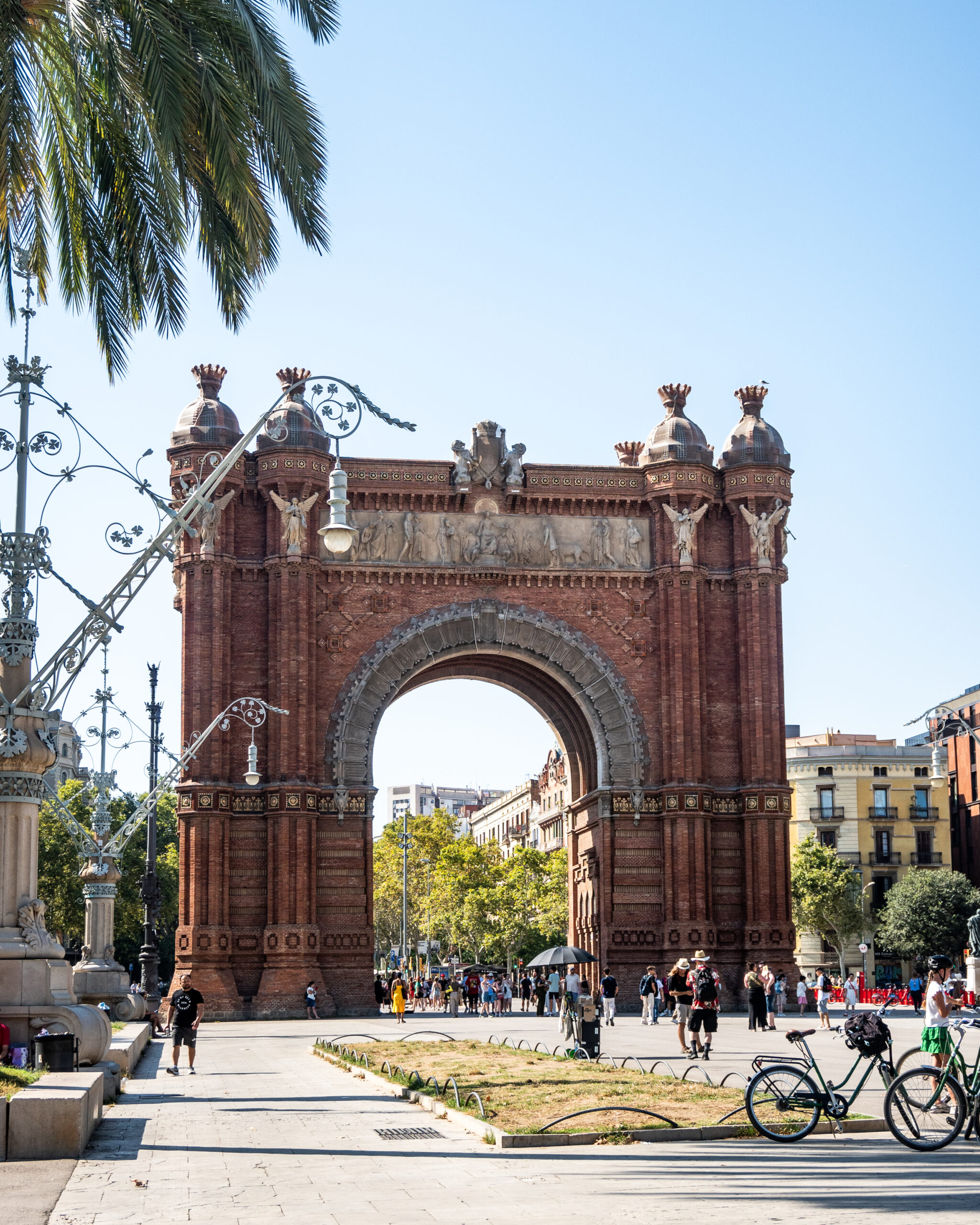
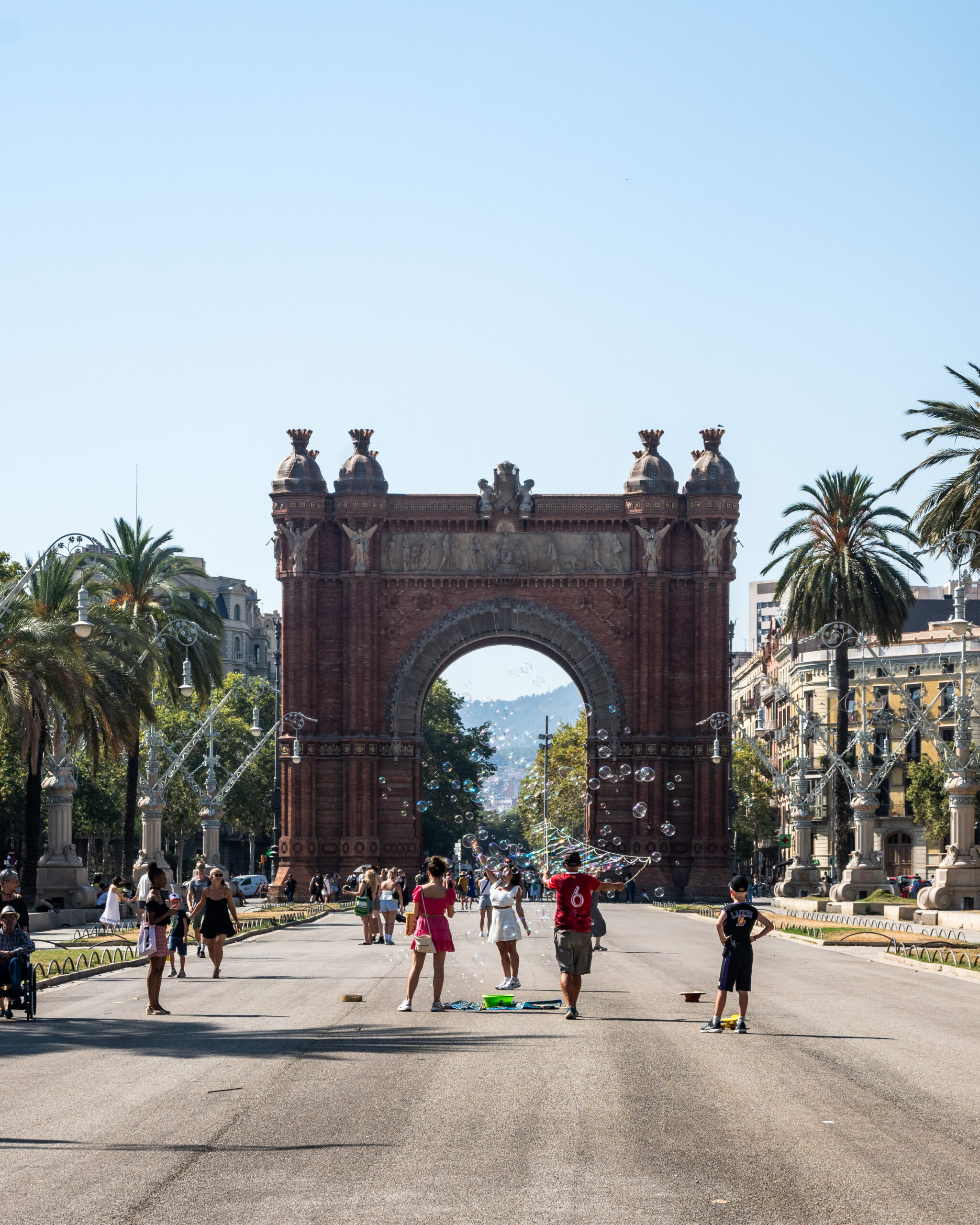
End your day at the Arc de Triomf, a grand triumphal arch that serves as the gateway to Ciutadella Park. Its red-brick facade and ornate details provide a perfect photo opportunity.
Take a look at our Belgium Guide!
Day 4
Poble Espanyol
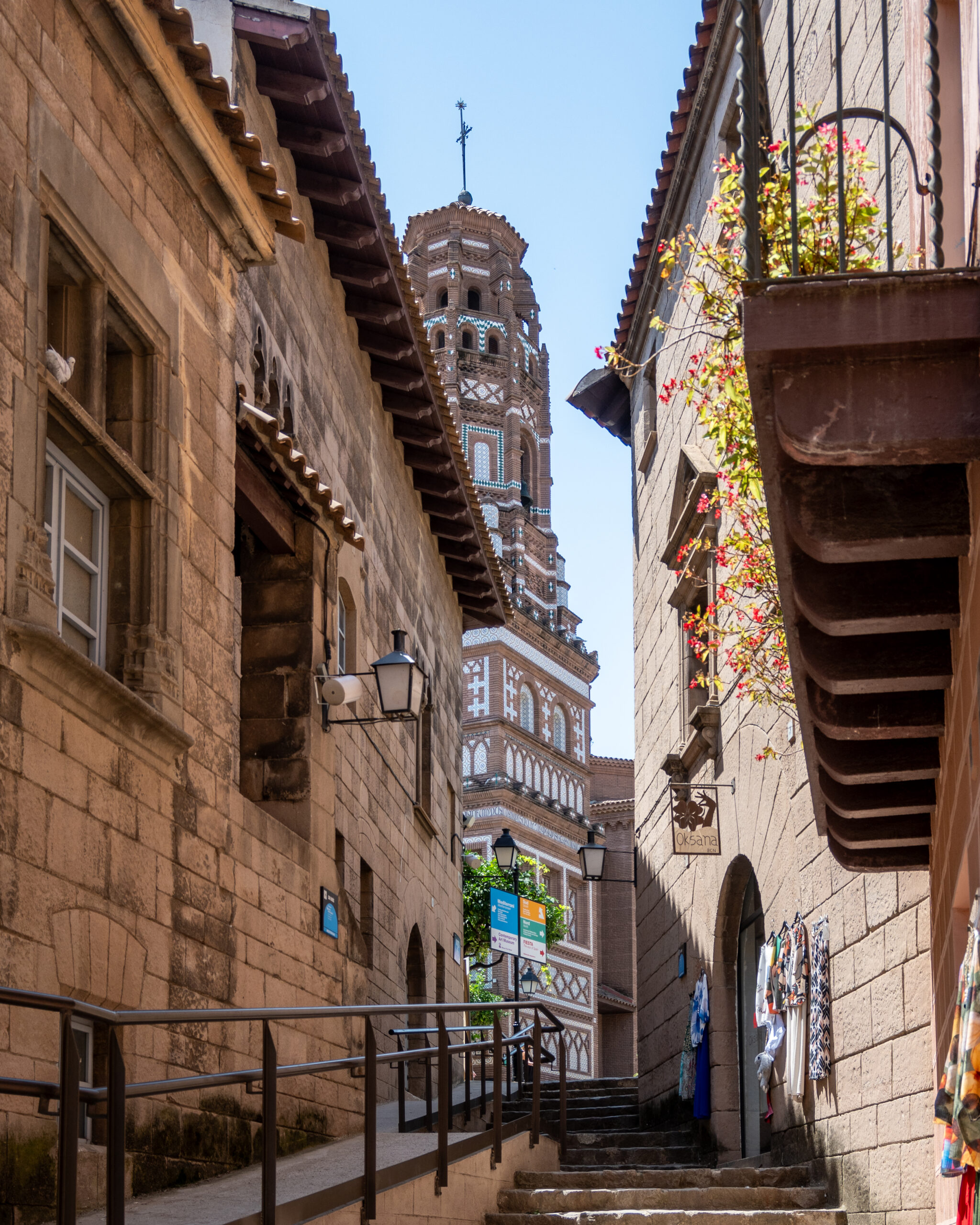
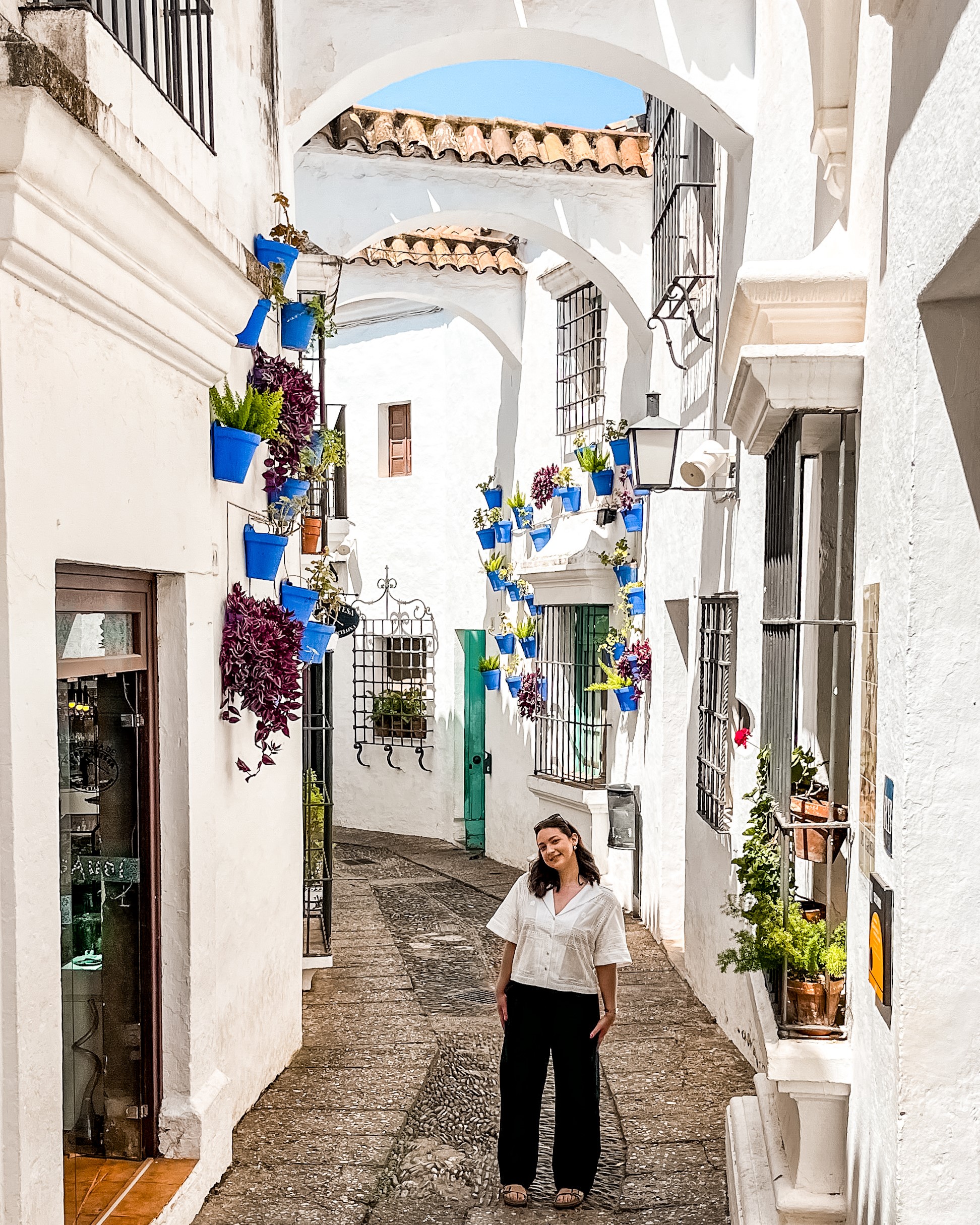
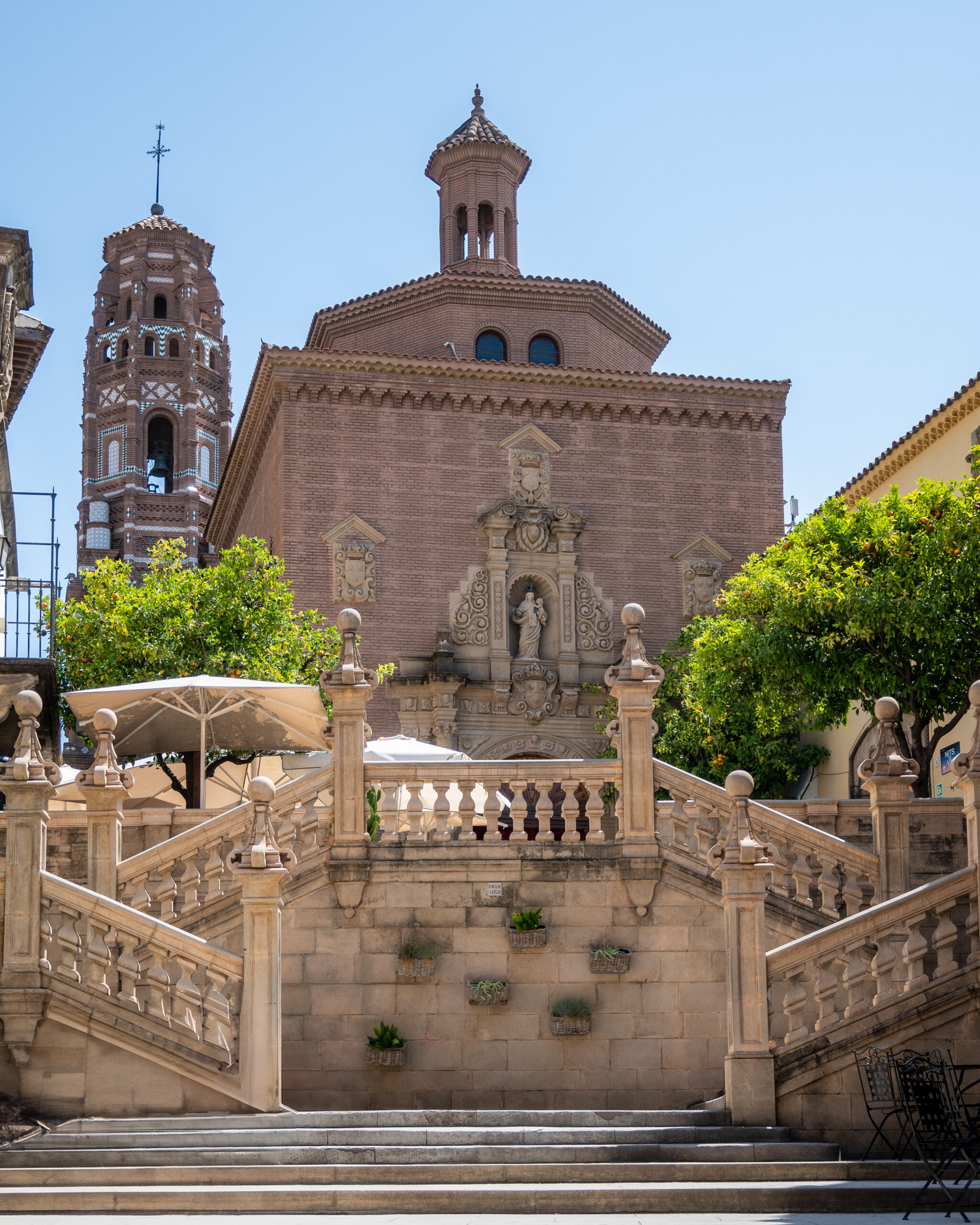
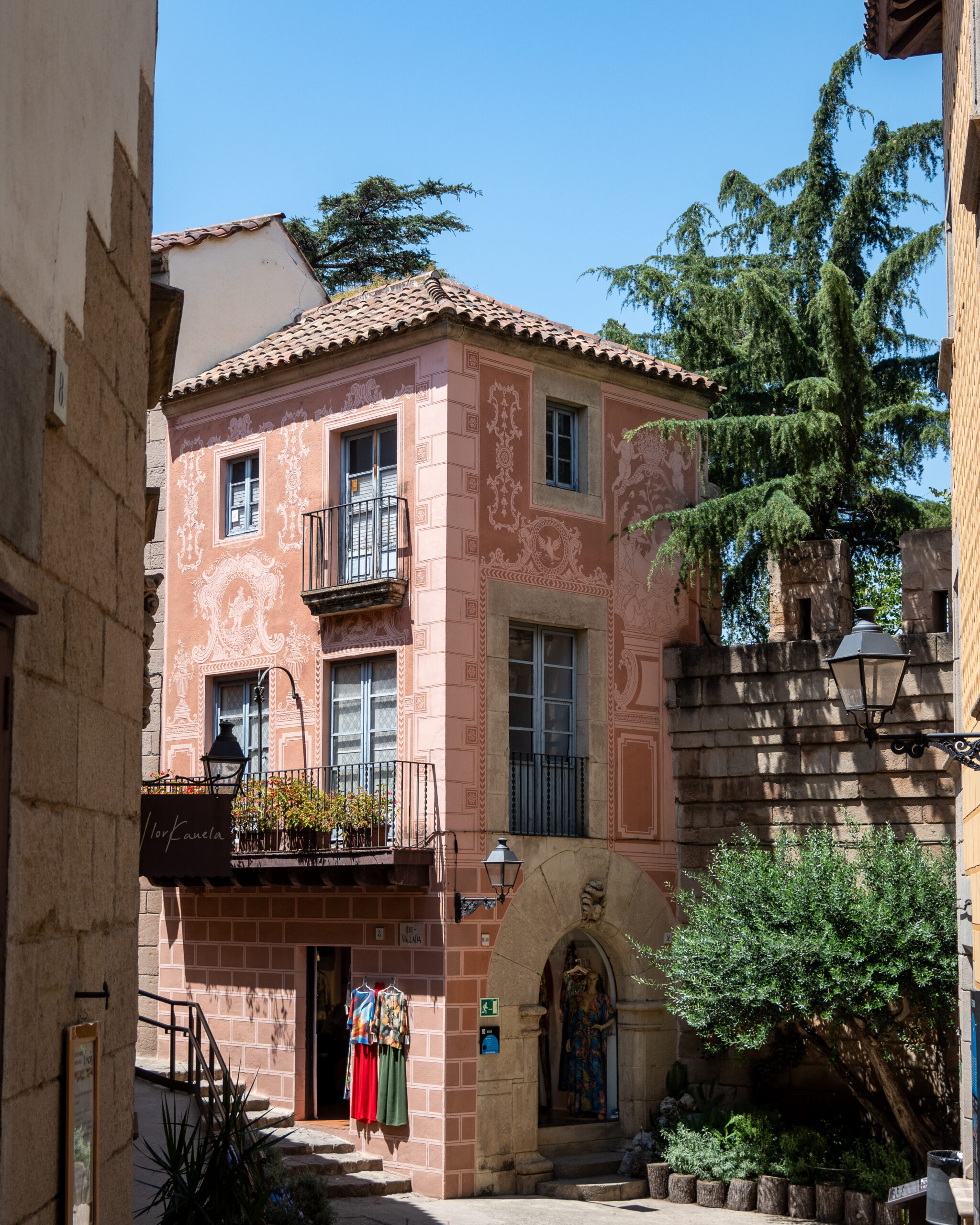
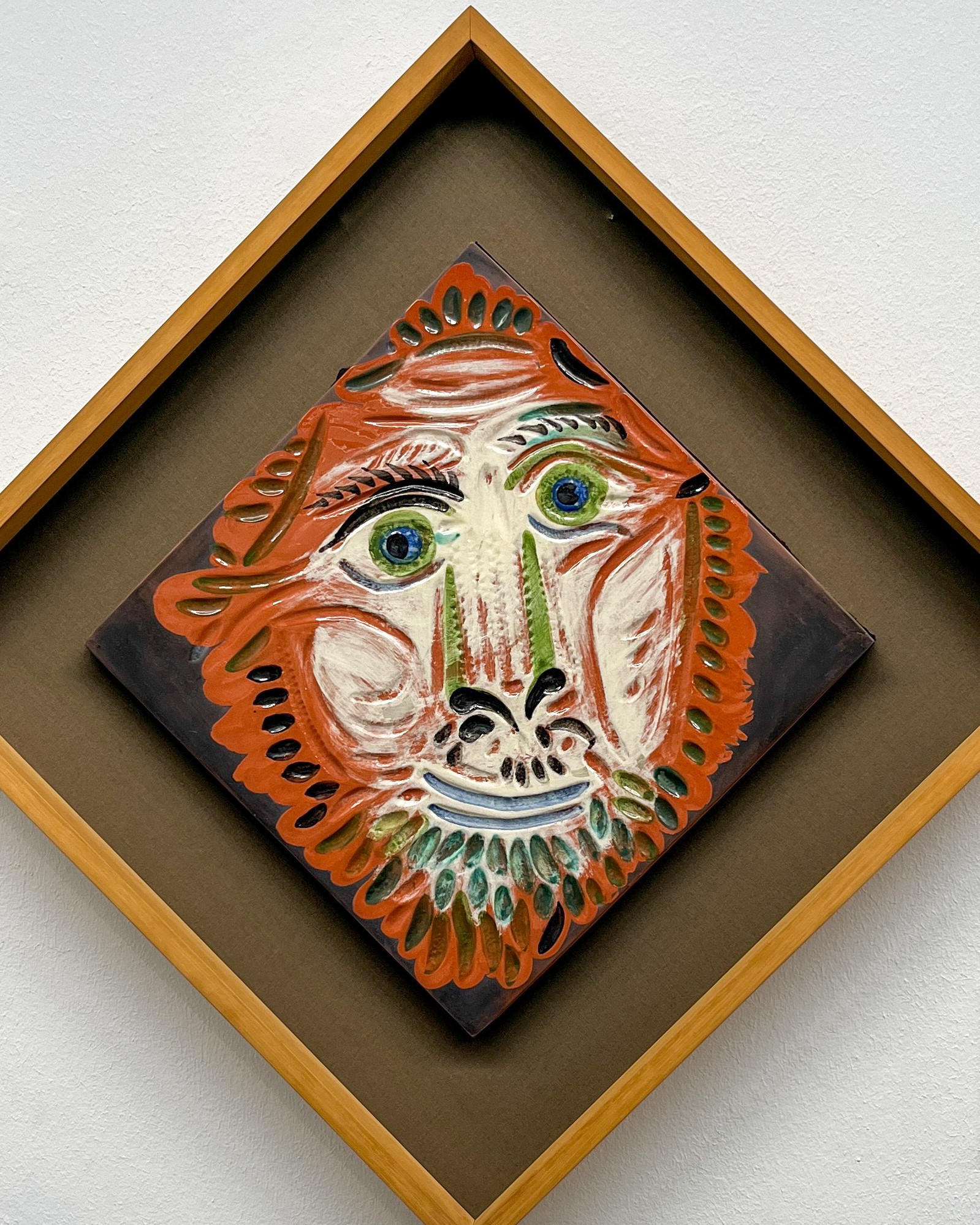
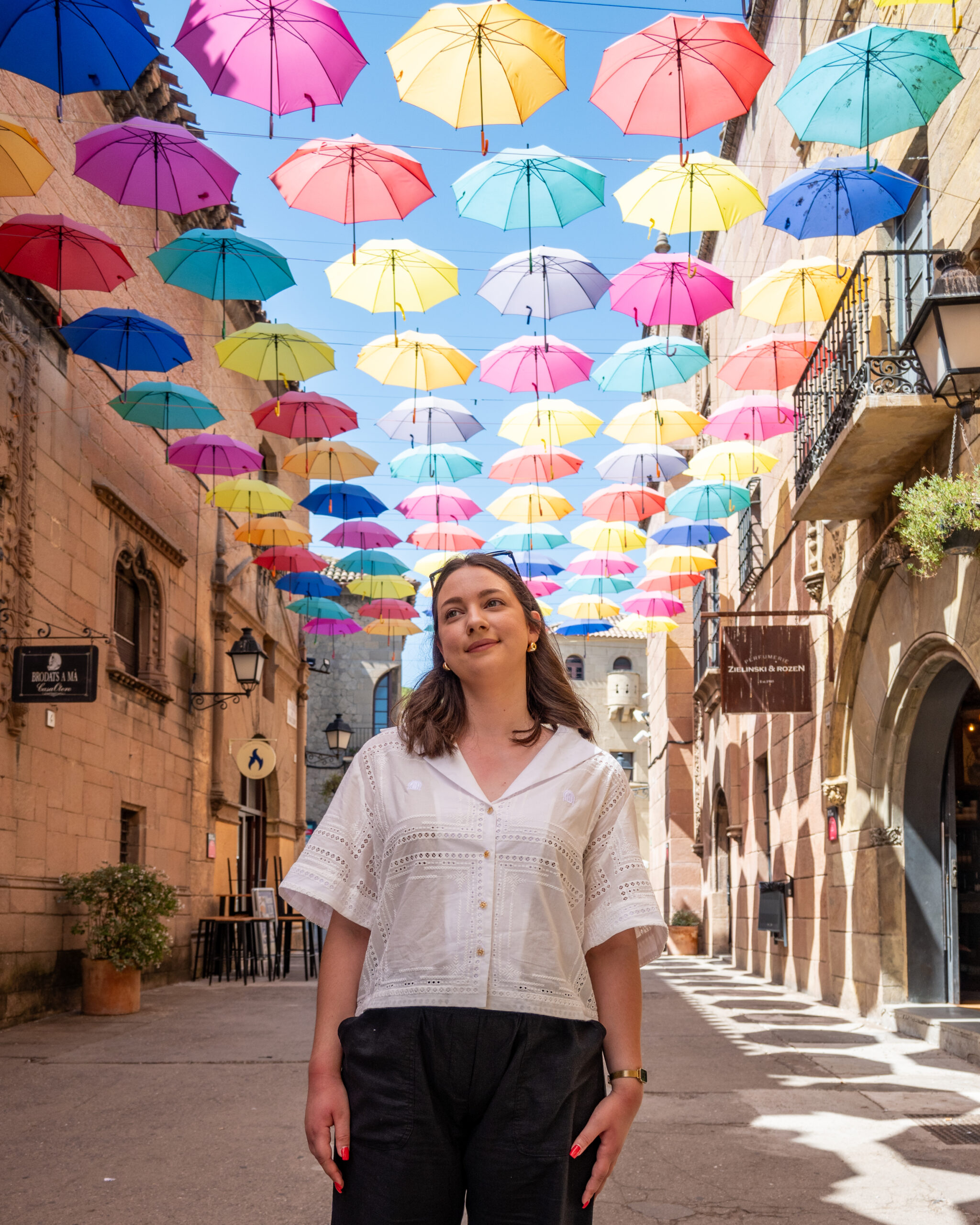
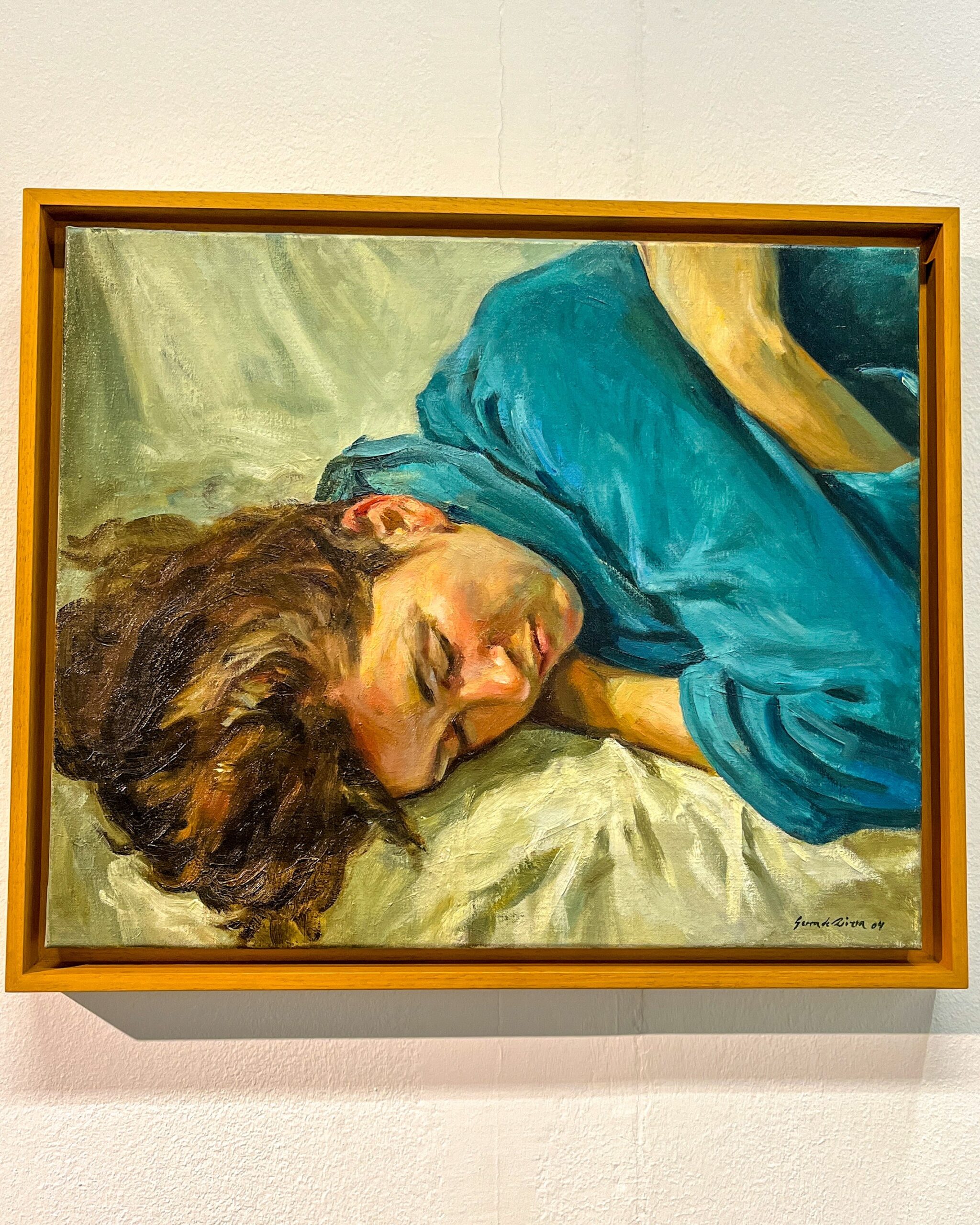
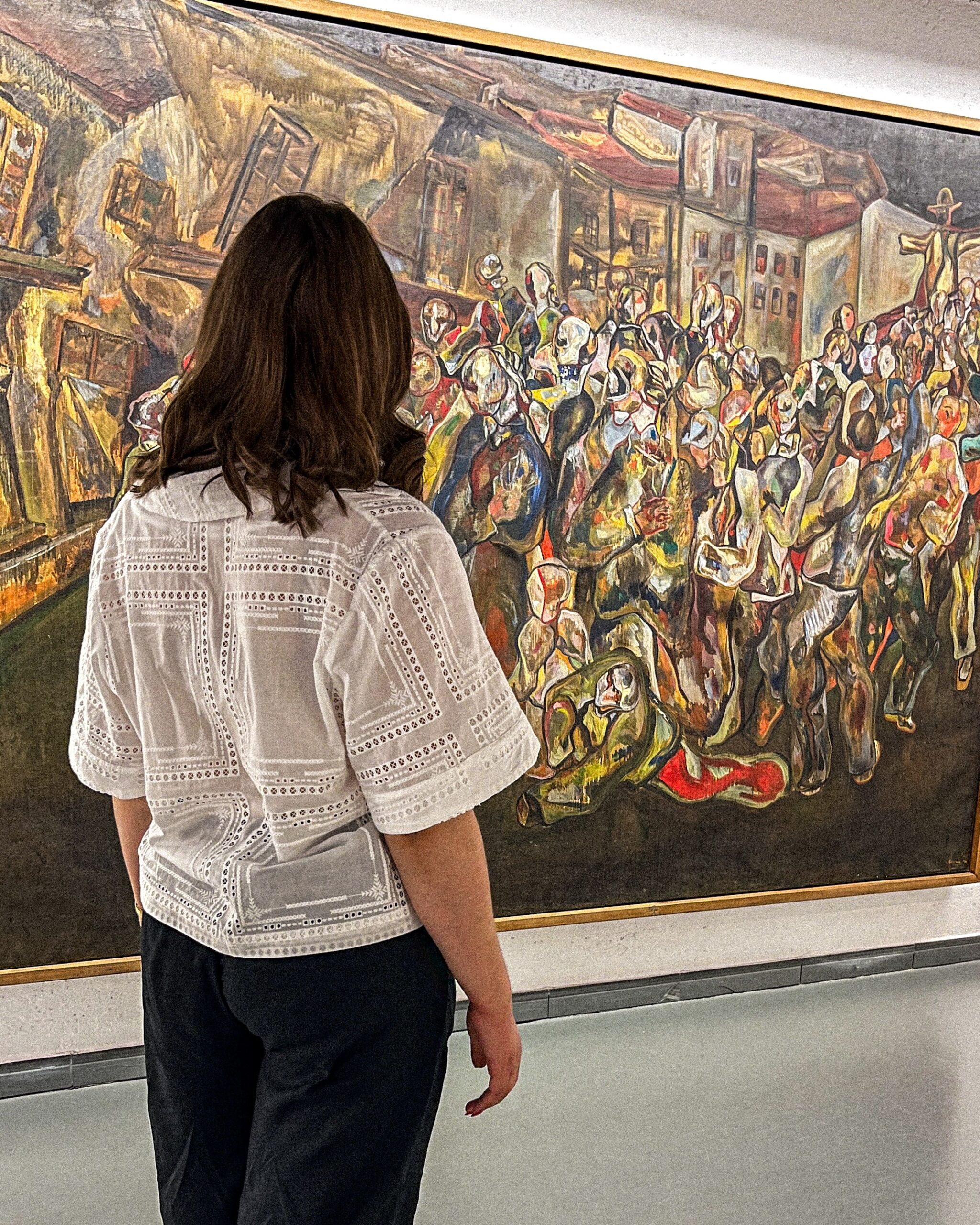
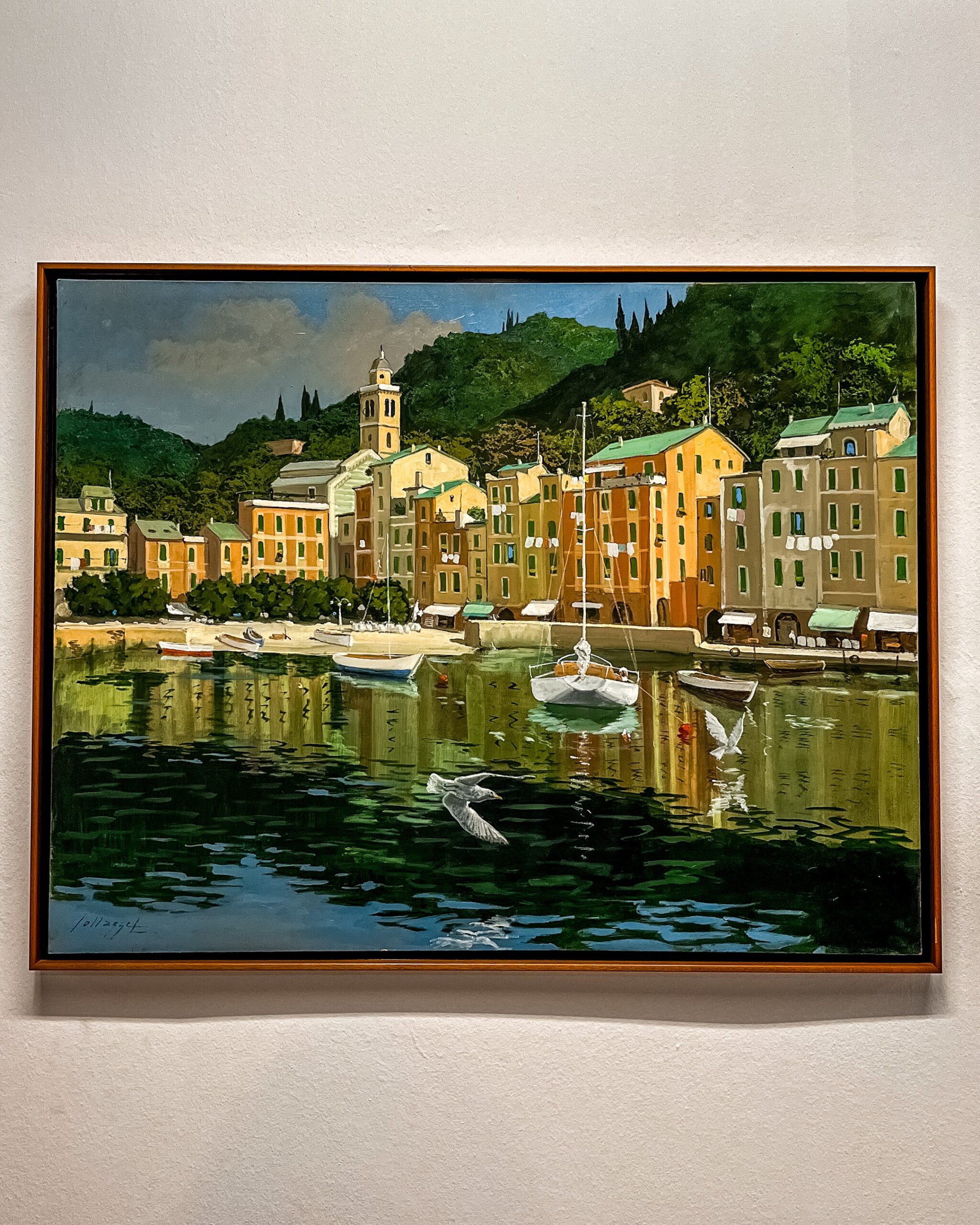
Poble Espanyol is an open-air architectural museum located on Montjuïc Hill in Barcelona, Spain. It was built in 1929 for the Barcelona International Exposition as a showcase of the diverse architectural styles and cultural heritage found across Spain. Designed by architects Josep Puig i Cadafalch, Francesc Folguera, Ramon Reventós, and Miquel Utrillo, it features 117 full-scale buildings representing various regions of the country, including Andalusian courtyards, Castilian squares, and Catalan Gothic designs. The goal was to provide visitors with an immersive experience of Spain’s cultural and architectural diversity in one accessible space. Originally intended to be temporary, Poble Espanyol proved so popular that it was preserved and remains a vibrant cultural site today, housing artisan workshops, museums, and hosting events celebrating Spanish traditions. You surely do not want to miss it! Visit here for Tickets.
Plaza de España
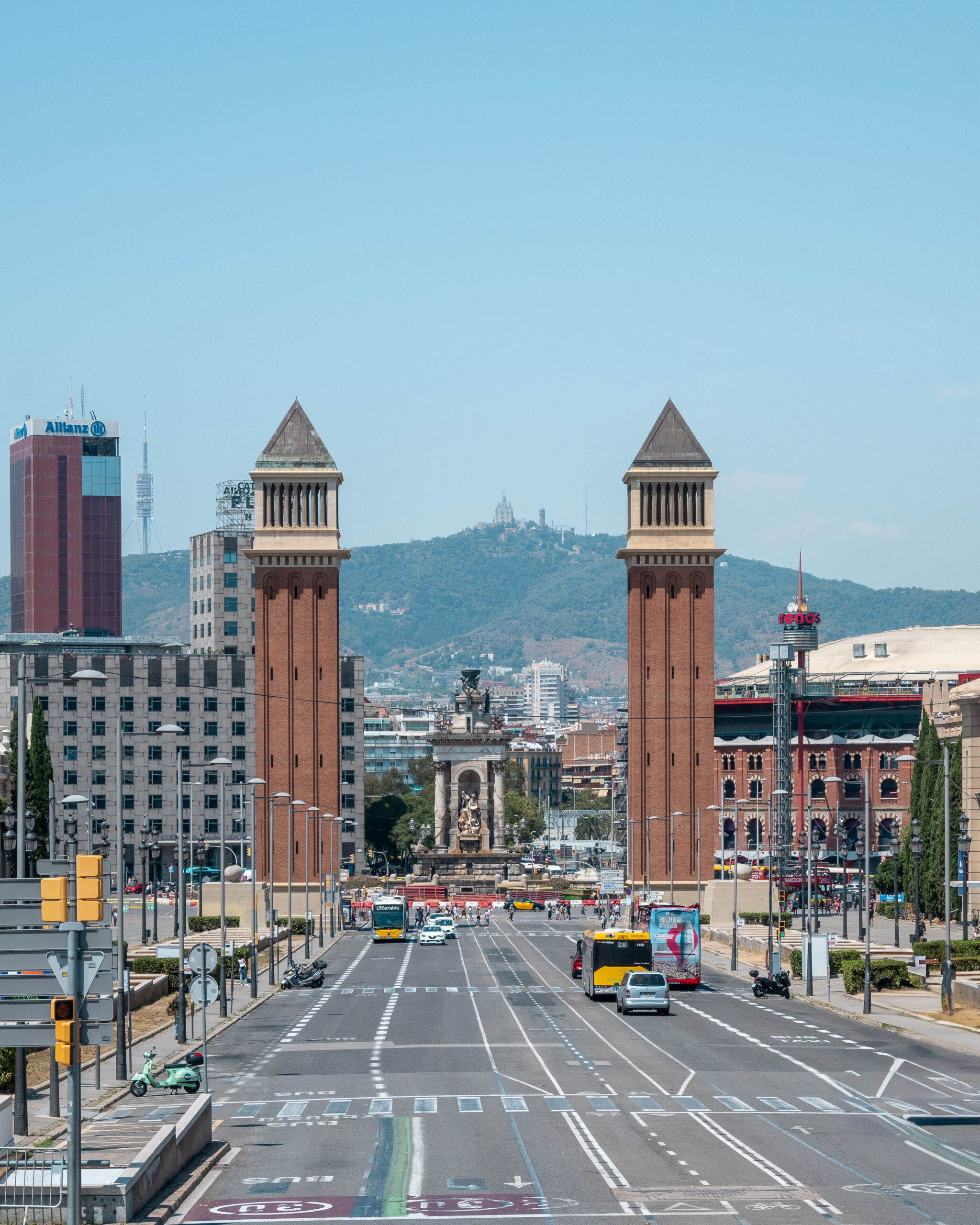
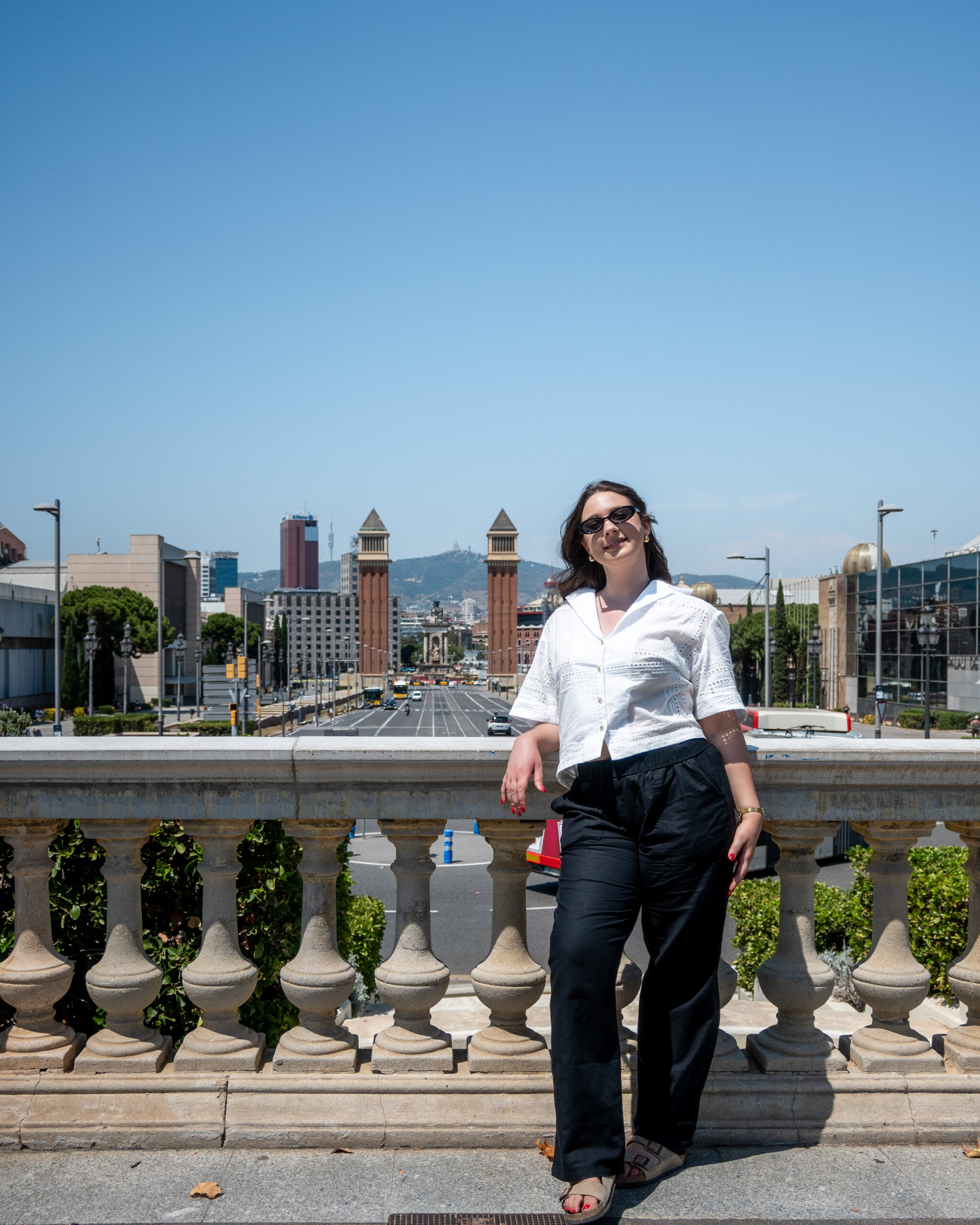
Next, head to Plaza de España, one of Barcelona’s most important squares. Surrounded by impressive buildings and fountains, it’s a great spot for a leisurely stroll.
Museu Nacional d’Art de Catalunya (MNAC)
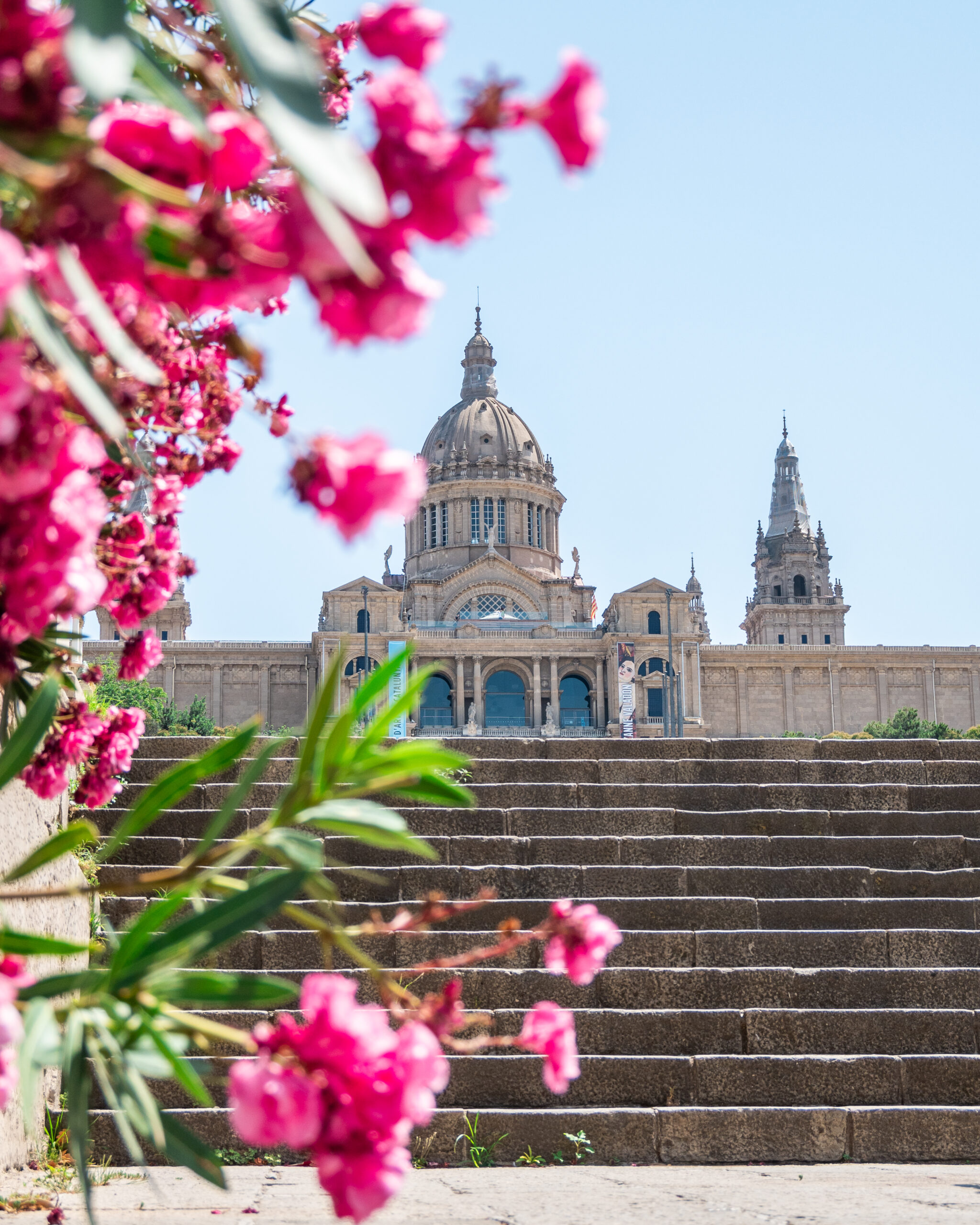
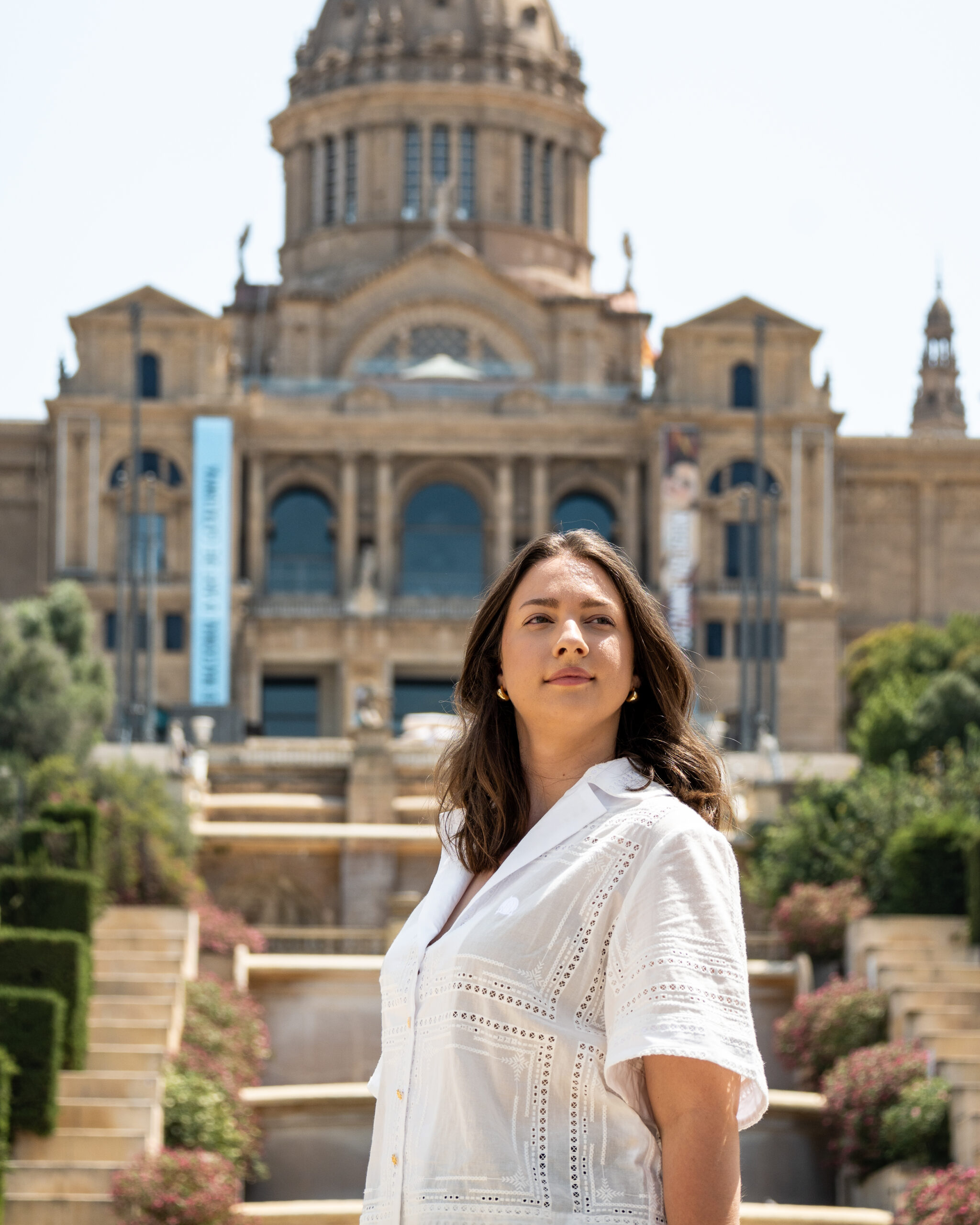
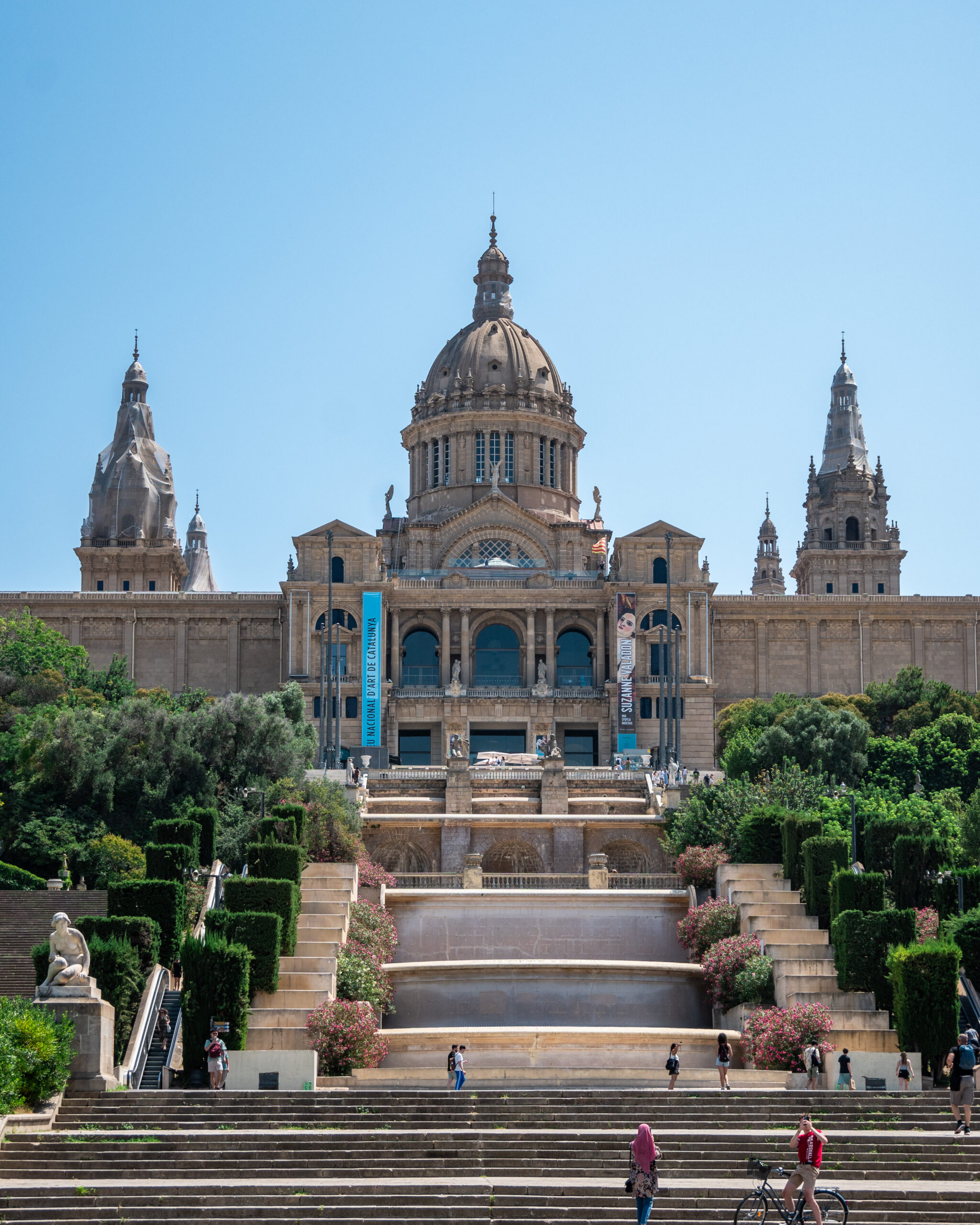
The Museu Nacional d’Art de Catalunya is housed in the Palau Nacional. This museum boasts an extensive collection of Catalan art, from Romanesque to modern times. The views from its terrace are equally impressive. Book your Tickets here.
Casa de la Premsa
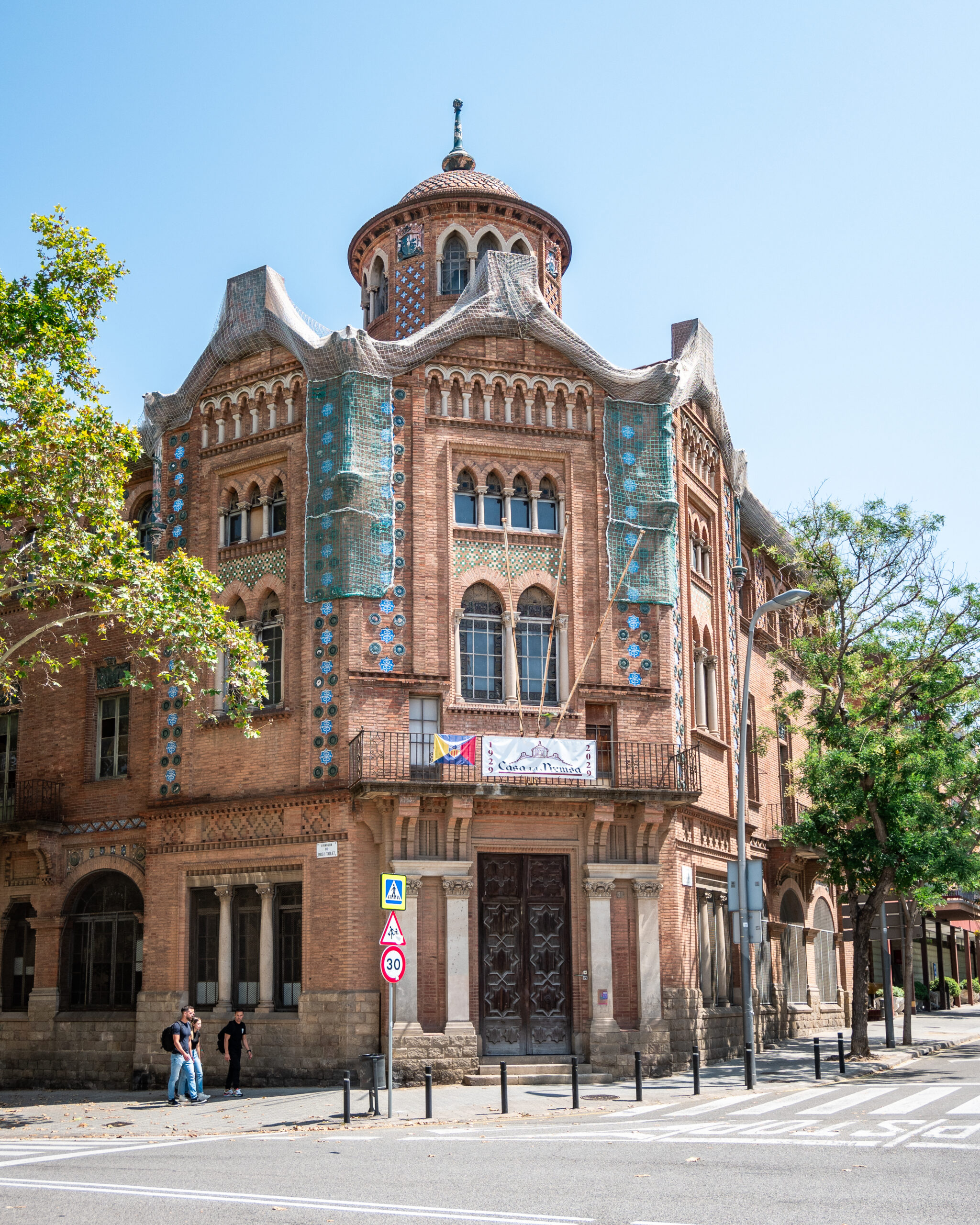
End your Montjuïc adventure at the Casa de la Premsa, a lesser-known architectural gem built for the 1929 International Exhibition. Its unique design and historical significance make it worth a visit.
Day 5
Enjoy a day at the beach
Spend the day at one of Barcelonas amazing beaches. We recommend Platja de Gavà, a beautiful beach just outside Barcelona. Enjoy the sun, go for a swim, or simply relax on the golden sands.
Enjoy an authentic Paella
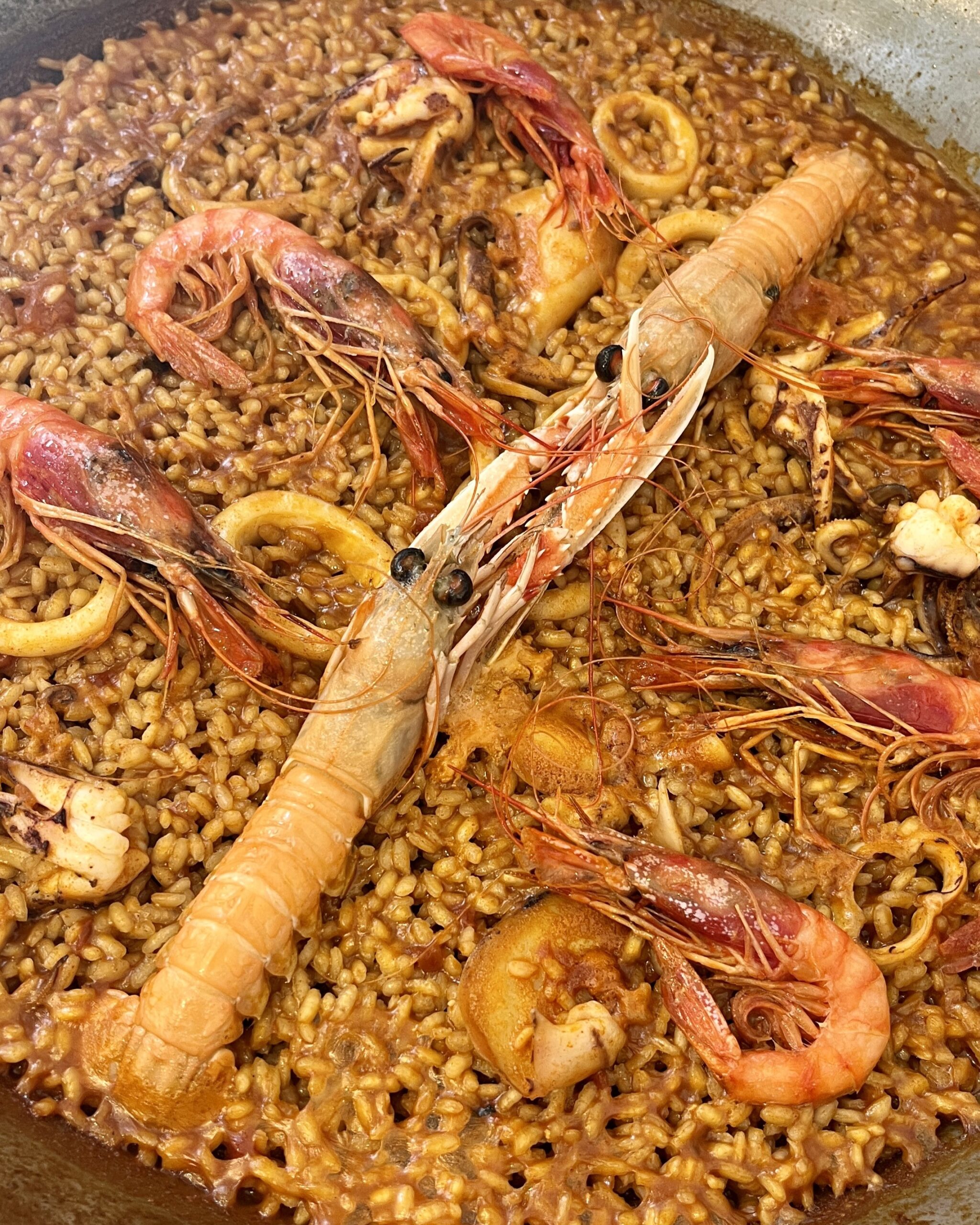
After a refreshing day at the beach, treat yourself to a traditional paella meal at a nearby seaside restaurant. This iconic Spanish dish, rich with seafood and saffron-infused rice, is the perfect way to end a relaxing day. Pair your paella with a glass of sangria for the ultimate Catalan experience. If we had to recommend one place for good Paella, it would definately be La Paella de Su!
Day 6
El Món Neix en Cada Besada
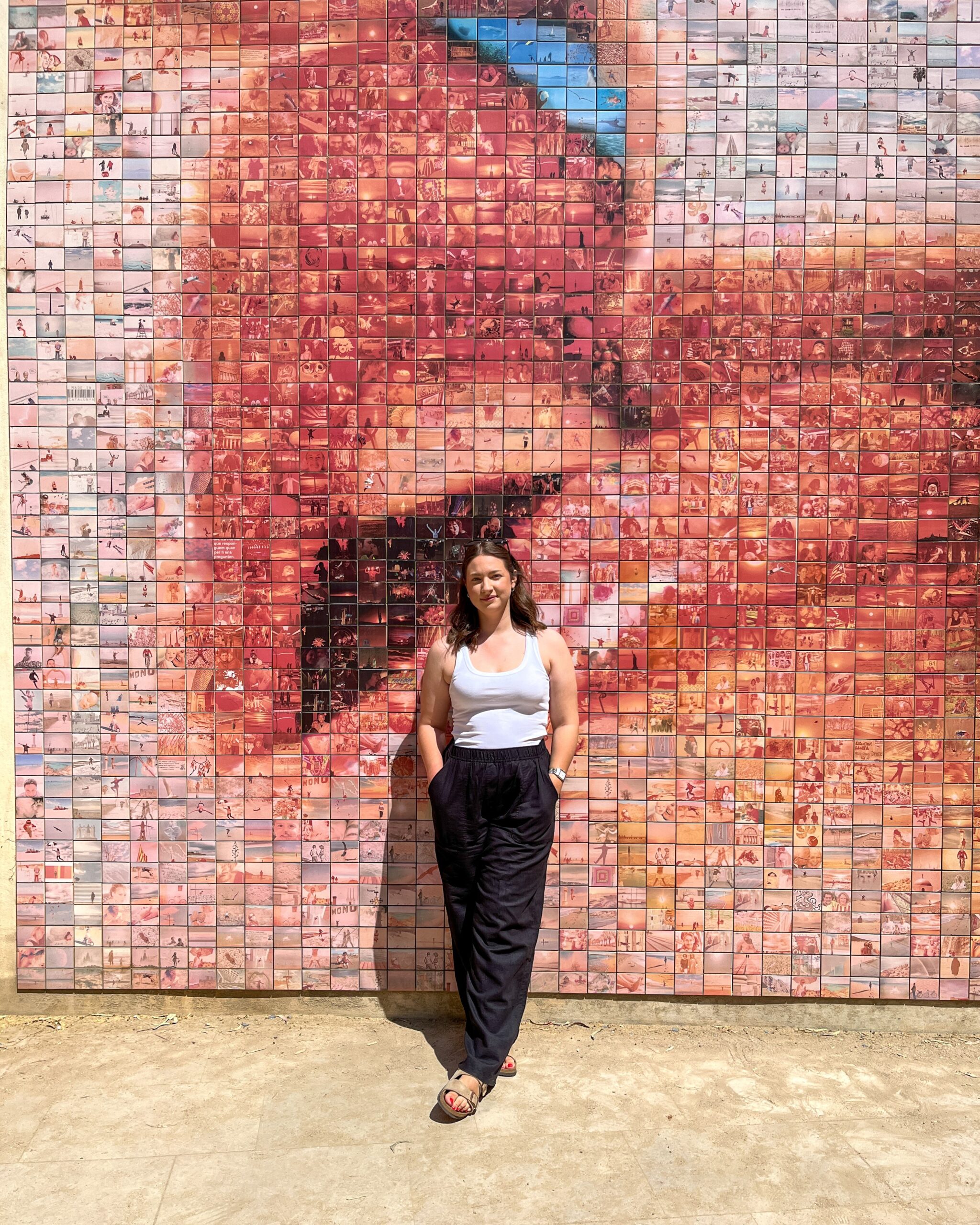
Start your day by visiting “El Món Neix en Cada Besada” (“The World Begins With Every Kiss”), a colorful mosaic mural that celebrates love and diversity. It’s a great spot for a photo.
Cathedral of Barcelona
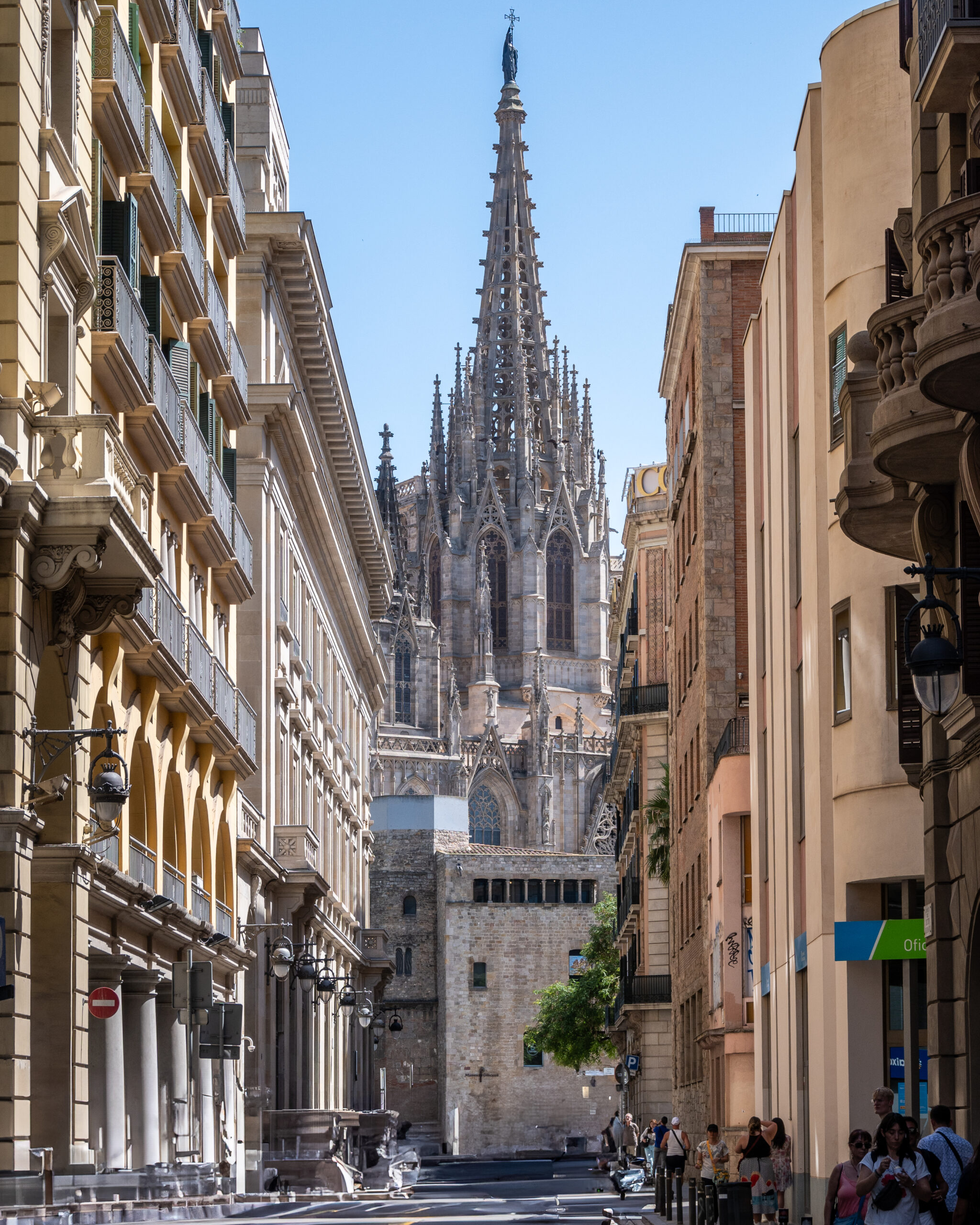
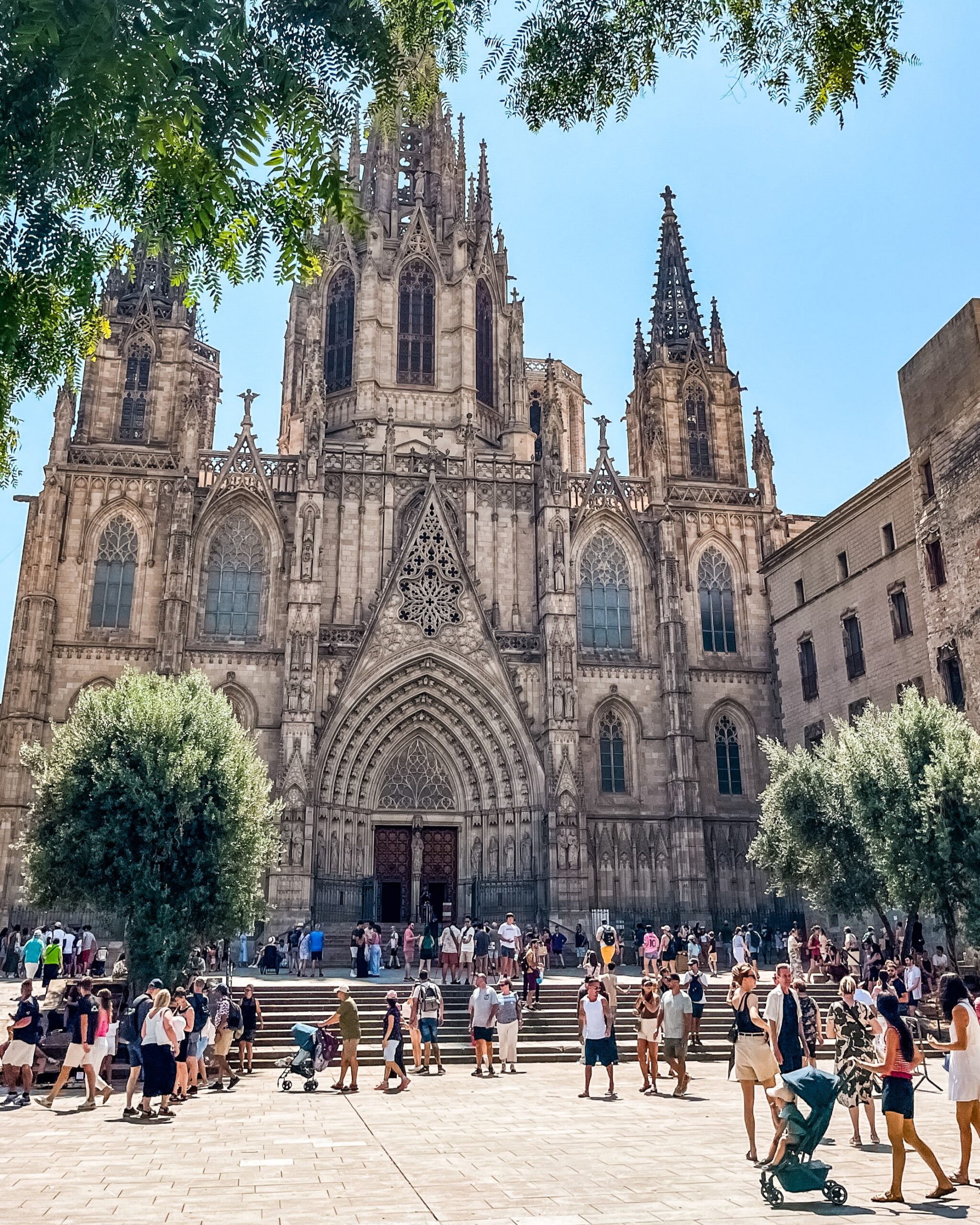
Next, visit the Cathedral of Barcelona, also known as the Cathedral of the Holy Cross and Saint Eulalia. This stunning Gothic cathedral is a masterpiece of medieval architecture, with its intricate facade and beautiful cloisters.
Enjoy the Original Churros
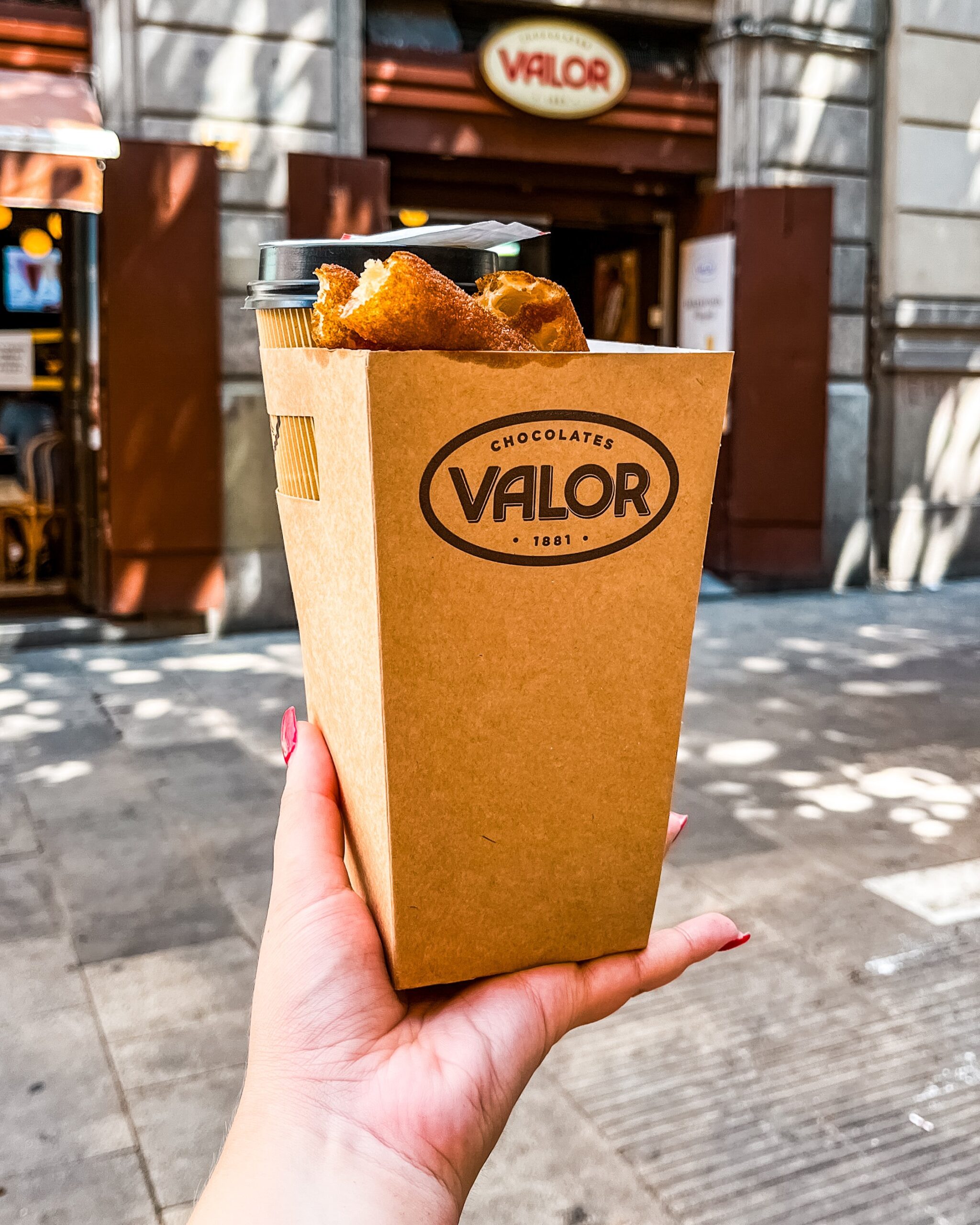
Take a break to savor some delicious churros dipped in rich, thick chocolate at a local café. It’s a must-try Spanish treat!
Gothic Quarter
End your day in the Gothic Quarter, a maze of narrow streets filled with history and charm. Explore its hidden squares, medieval buildings, and unique boutiques. Don’t miss the Plaça Reial, a picturesque square filled with lively restaurants and bars.
Tapas Time
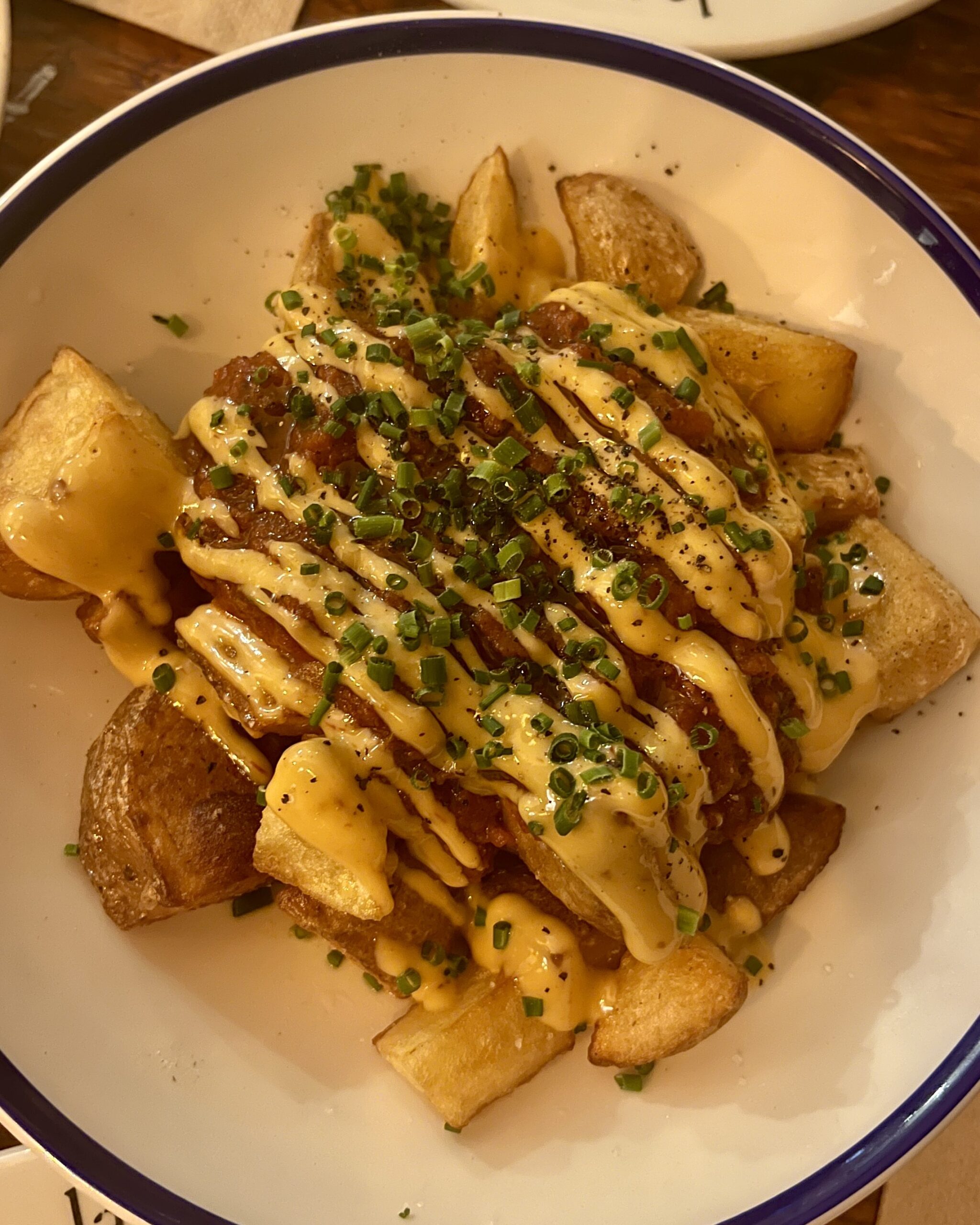
No trip to Barcelona is complete without indulging in its tapas culture. These small, flavorful dishes are perfect for sampling a variety of local flavors. From classic patatas bravas to fresh seafood like gambas al ajillo, or even the beloved jamón ibérico, Barcelona’s tapas scene is both diverse and delicious.
Where to stay in Barcelona?
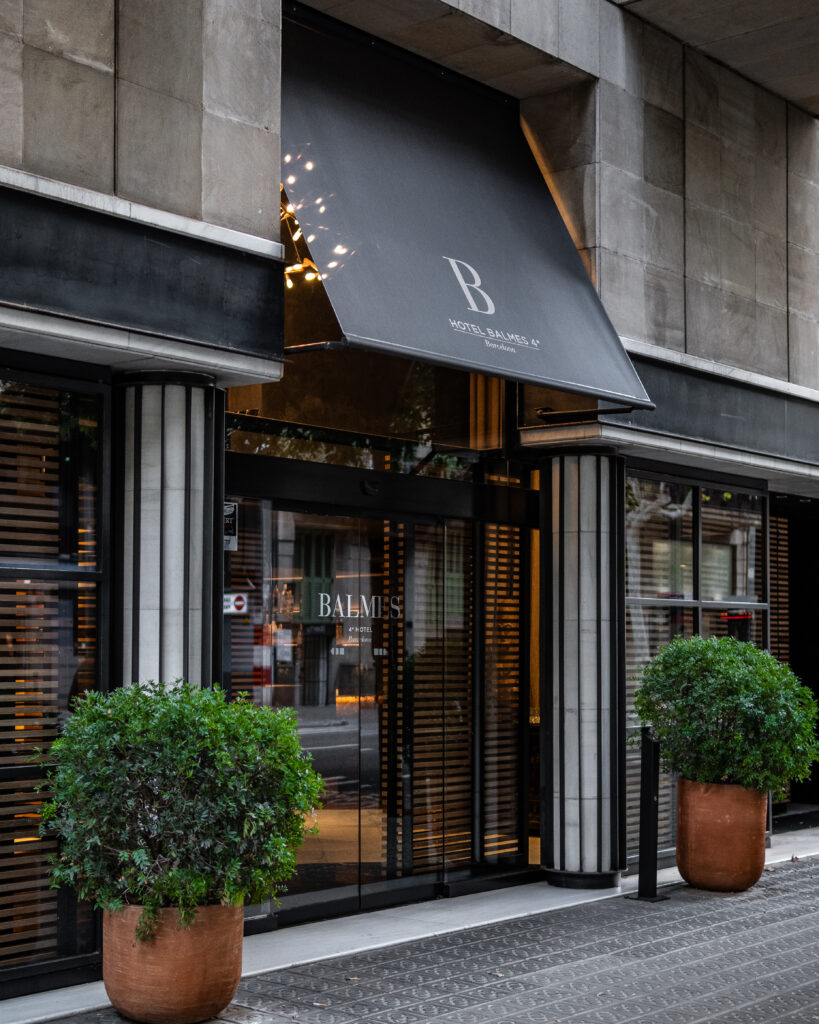
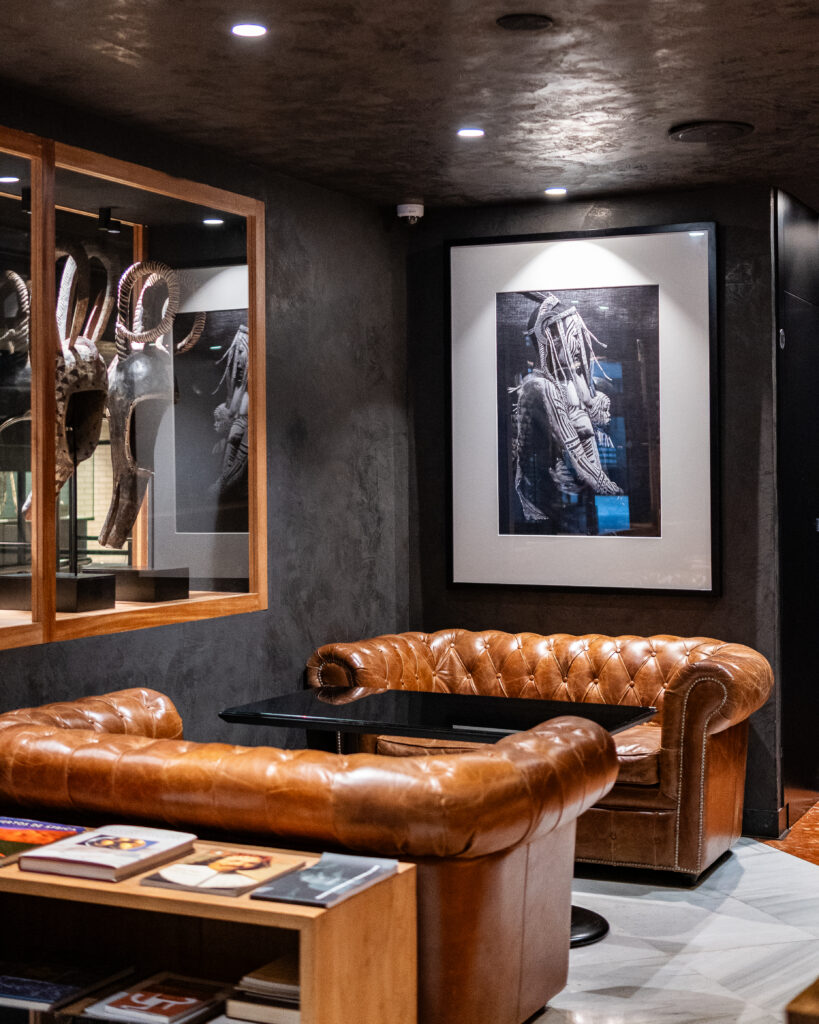
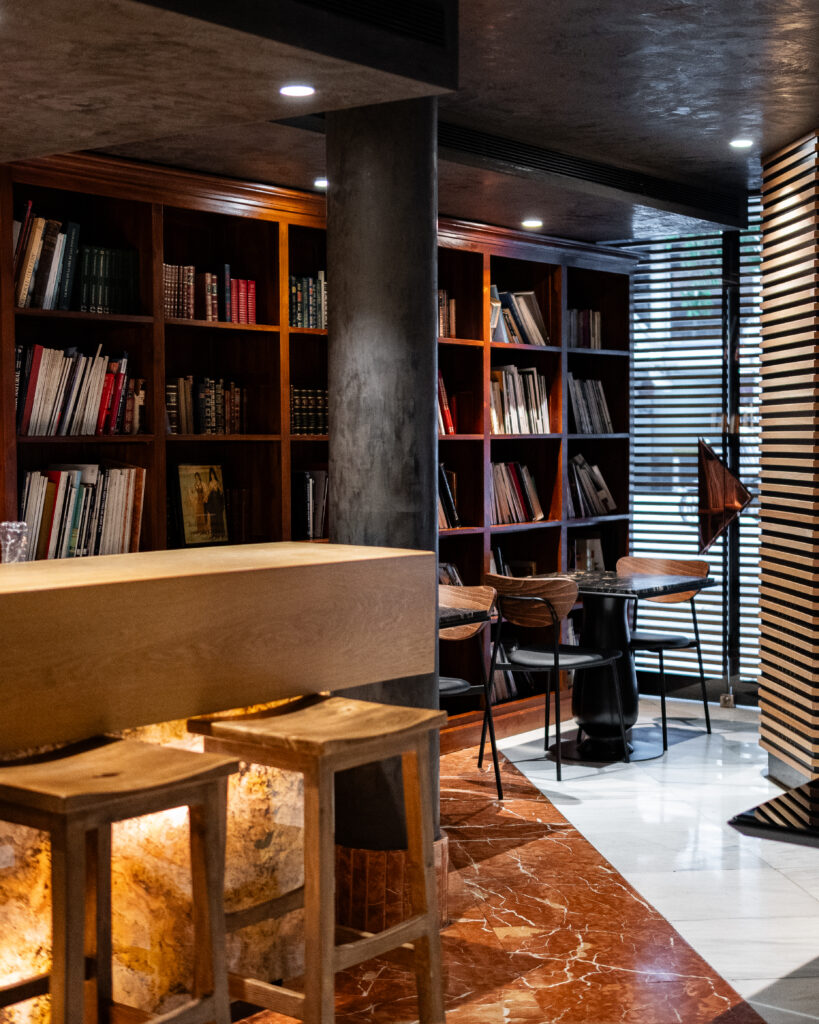
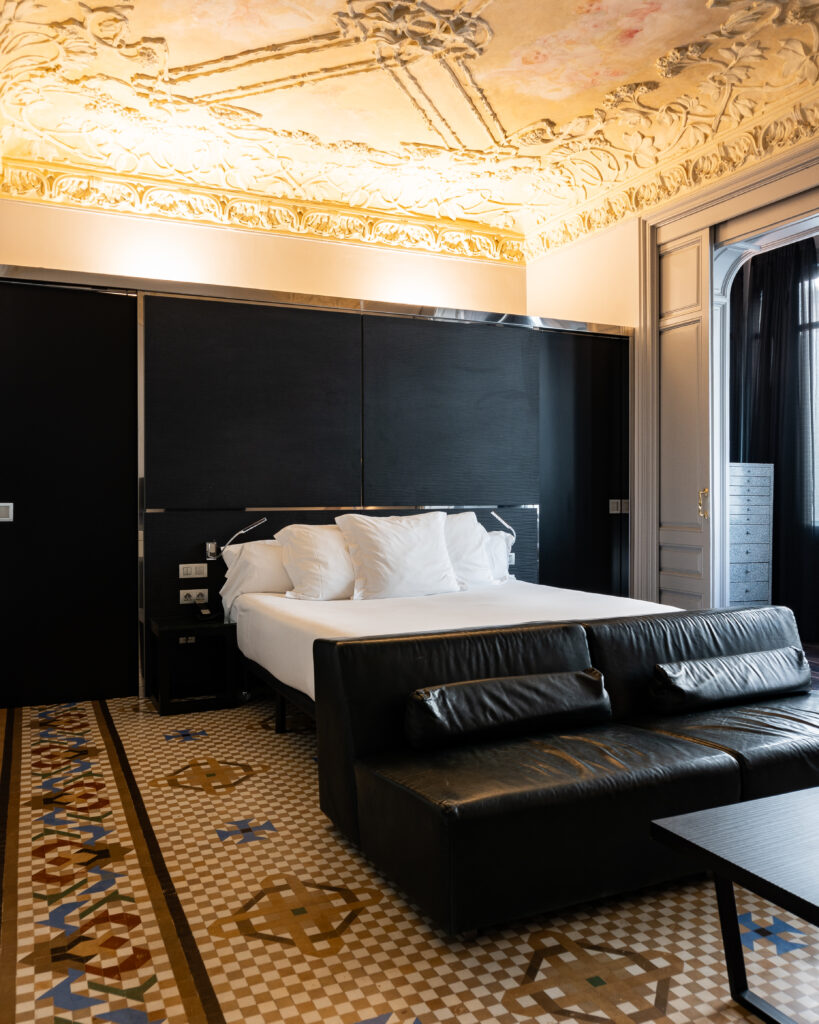
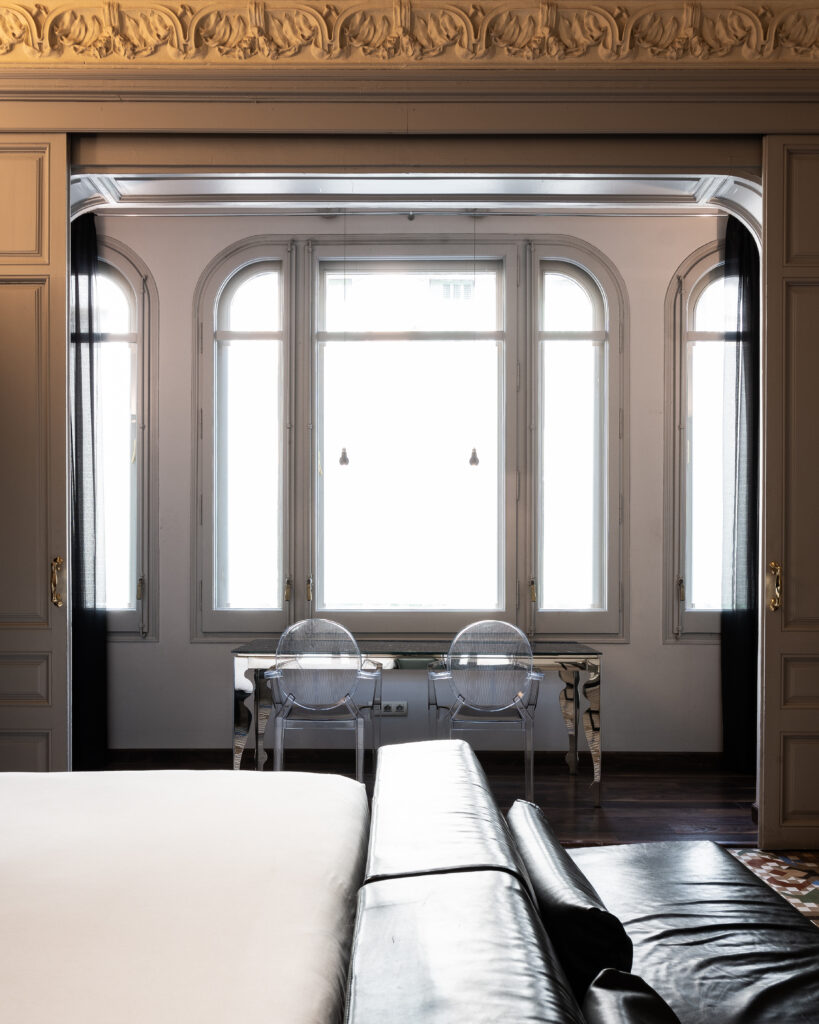
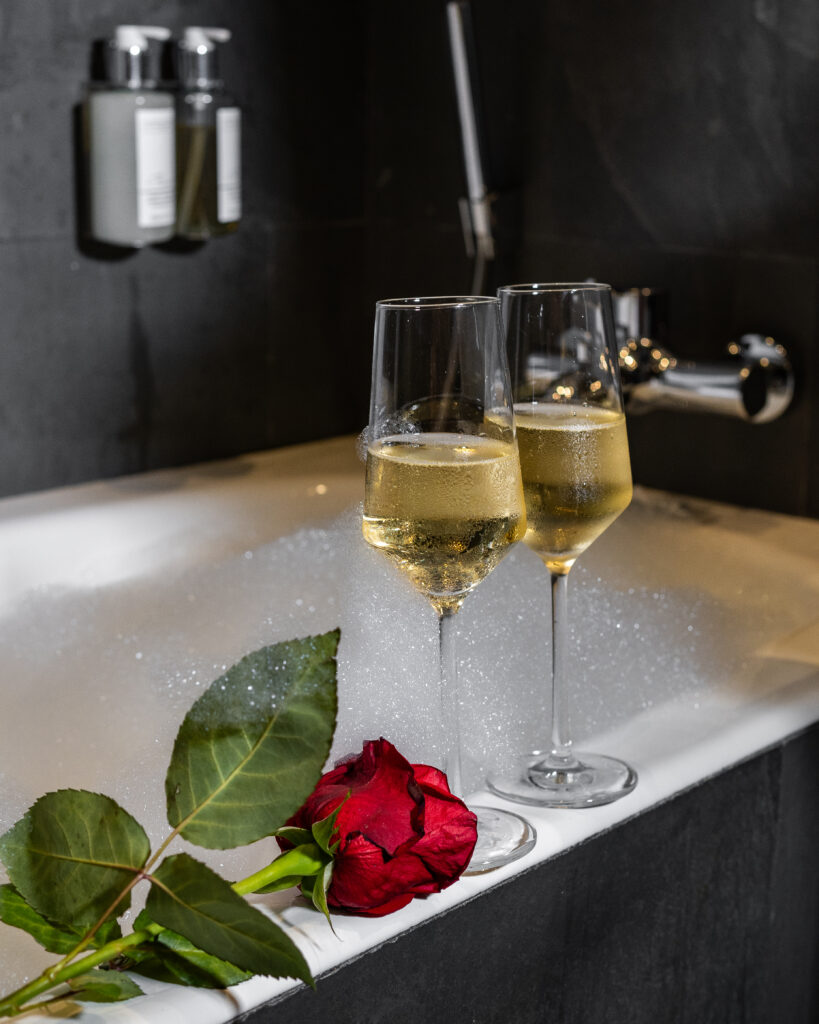
Hotel Balmes
📍Located at Carrer de Mallorca, 216, L’Eixample, 08008 Barcelona, Spain
Some Useful Tips
Currency
The currency used in Barcelona, as in the rest of Spain, is the Euro (€). You can find ATMs (called “cajeros automáticos” in Spanish) throughout the city, and most businesses accept credit and debit cards. It is always good to have some cash on hand for smaller purchases, especially at local markets or smaller establishments.
Airport Transfer
Barcelona is served by Barcelona-El Prat Airport (BCN), located about 15 km southwest of the city center. There are several convenient ways to travel from the airport to the city center:
Aerobús: The Aerobús is a dedicated shuttle bus service that runs between Barcelona-El Prat Airport and Plaça de Catalunya, the heart of the city. The buses operate every 5 to 10 minutes, making it a quick and cost-effective option. Tickets can be purchased online or directly on the bus.
Metro: Line L9 Sud of the Barcelona Metro connects the airport to the city. You can catch the metro from Terminal 1 or Terminal 2. To reach the city center, transfer at either Torrassa or Collblanc stations to connect with other metro lines.
Train (Rodalies): The Renfe R2 Nord suburban train service connects Terminal 2 of Barcelona-El Prat Airport with the city center, stopping at major stations like Barcelona-Sants and Passeig de Gràcia. If you are arriving at Terminal 1, there is a free shuttle bus to Terminal 2.
Taxi: Official taxis are available directly outside both terminals. A taxi ride to the city center typically takes 20-30 minutes, depending on traffic, and costs around €30-€40. Be sure to use official taxis to avoid scams, and keep in mind that there may be extra charges for luggage or travel at night.
Private Transfer or Rideshare: You can also book a private transfer in advance or use rideshare services like Uber or Cabify for a more personalized travel experience.
Transportation
Barcelona boasts an efficient and comprehensive public transportation network, making it easy to get around the city:
Metro: The Barcelona Metro system is one of the most efficient ways to navigate the city. It has 8 lines (L1, L2, L3, L4, L5, L9, L10, and L11) that cover most of the city and the surrounding suburbs. The metro operates from 5 a.m. to midnight on weekdays, with extended hours on weekends.
Buses: Barcelona’s bus network is extensive, covering areas not accessible by the metro. Buses are a great way to reach specific neighborhoods and attractions. Day buses run from 5 a.m. to 10:30 p.m., and there are also night buses (NitBus) that operate from 10:30 p.m. to 5 a.m. Trams: Trams in Barcelona cover several routes primarily in the western and northern parts of the city. They are a scenic and comfortable way to travel, especially for getting to destinations slightly outside the city center.
Taxis and Rideshares: Taxis are widely available throughout Barcelona, and rideshare services like Uber, Bolt, and Cabify operate in the city as well. Taxis are metered, and you can flag them down on the street or find them at designated taxi stands. Integrated
Tickets: Barcelona has an integrated ticketing system, meaning the same ticket can be used on buses, trams, and the metro. You can purchase single tickets, multi-ride passes (T-Casual), or unlimited travel cards (Hola BCN!). Tickets are available at vending machines in metro stations, on buses, or via mobile apps. Biking: Barcelona is a bike-friendly city with numerous bike lanes and bike-sharing services like Bicing. Biking is a great way to explore the city at your own pace while enjoying the Mediterranean breeze.
Barcelona Card: Consider purchasing a Barcelona Card, which includes unlimited travel on public transportation for a set number of days and offers discounts on major attractions, museums, and tours.
Budget
Barcelona can accommodate a range of budgets, whether you are looking for luxury or traveling on a shoestring:
Accommodation: Accommodation in Barcelona ranges from budget hostels to mid-range hotels and luxury boutique options. Prices typically range from €30 for a dorm bed in a hostel to €250 or more for a high-end hotel room per night, depending on the location and amenities.
Food: Eating out in Barcelona can be affordable if you know where to go. Tapas bars and local eateries offer meals for as little as €10-€15 per person, while dining at a mid-range restaurant might cost between €20-€40 per person. For a splurge, upscale dining can go upwards of €70 per person.
Transportation: Public transportation is reasonably priced, with a single metro/bus/tram ticket costing around €2.40. A T-Casual card (10 rides) costs about €11.35. Taxis and rideshare services are also available, with average fares within the city ranging from €8 to €20.
Sightseeing and Activities: Many of Barcelona’s attractions have entrance fees, such as the Sagrada Família (€26+), Park Güell (€10), and Casa Batlló (€35+). However, there are also plenty of free attractions, such as the beaches, parks, and markets.
Safety
Barcelona is generally a safe city for tourists, but as with any major urban destination, it’s important to stay vigilant:
Pickpocketing: Be cautious of pickpockets, especially in crowded tourist areas like La Rambla, metro stations, and popular attractions. Keep your valuables secure, and be mindful of your surroundings.
Scams: Watch out for common tourist scams, such as people offering unsolicited help with your luggage or fake petitions. Always be skeptical of “too good to be true” deals and avoid engaging with strangers who approach you on the street.
Transportation Safety: Use only official taxis and rideshare services, and be cautious when using public transportation late at night. Night buses and trams provide safe and reliable options for after-hours travel.
Health and Emergency Services: In case of emergency, dial 112 for immediate assistance. Barcelona has several hospitals and medical centers that cater to tourists, and pharmacies are widely available throughout the city.
